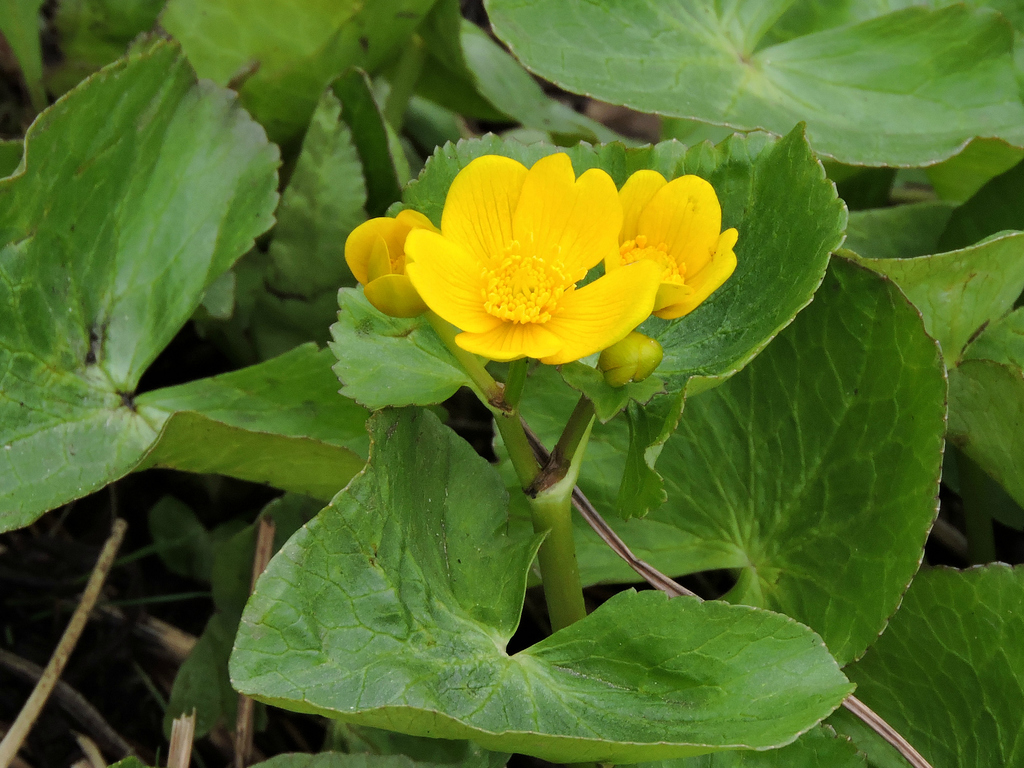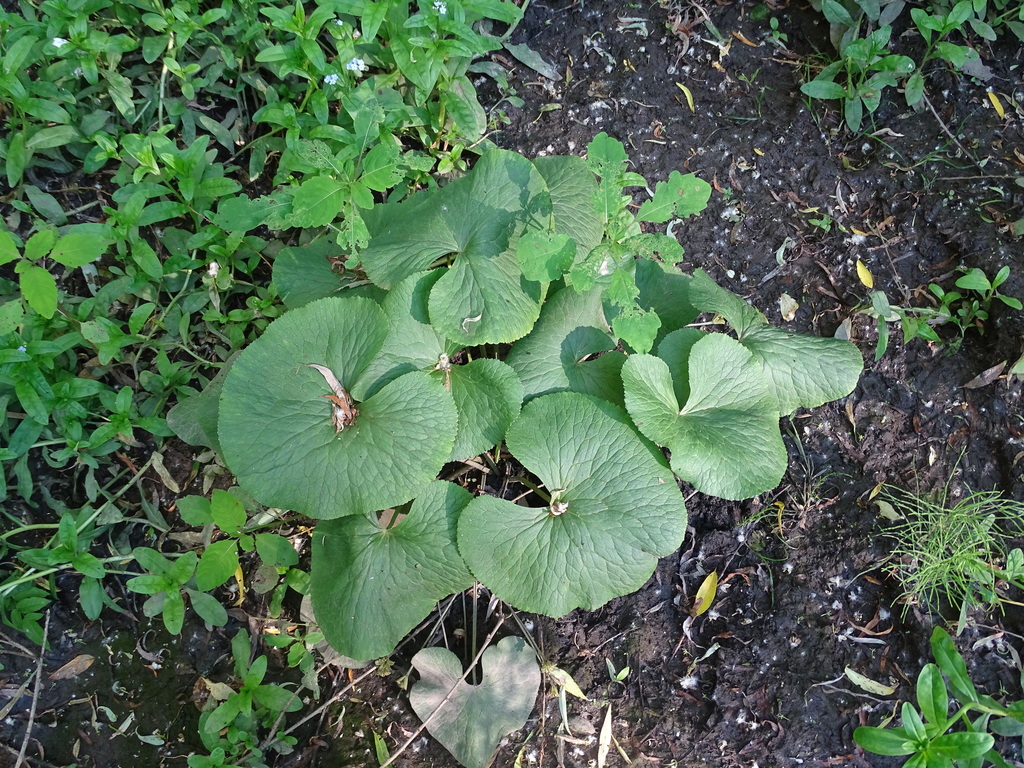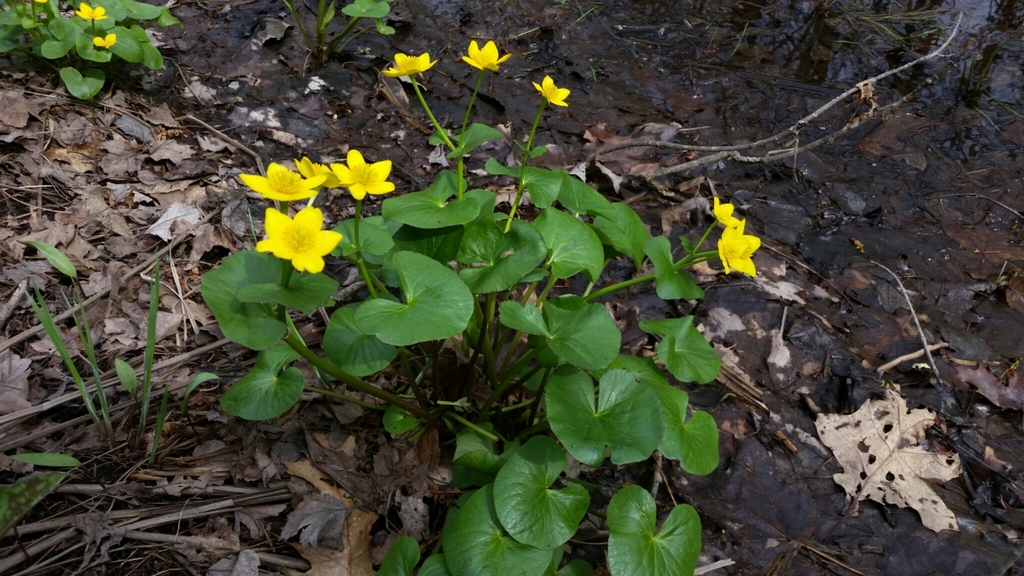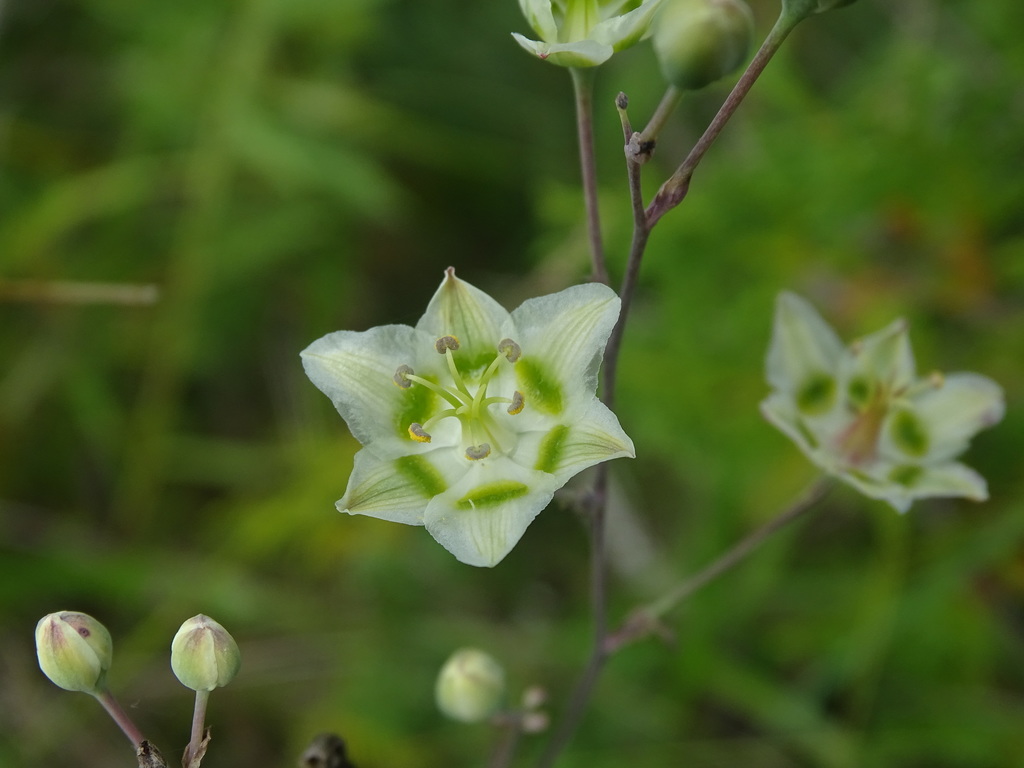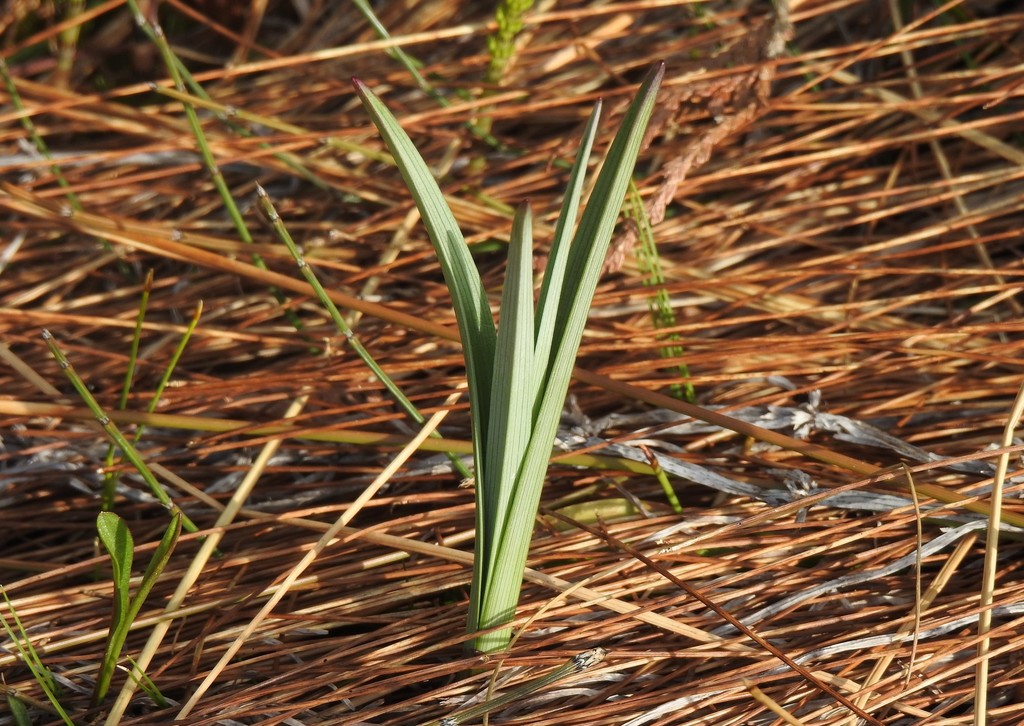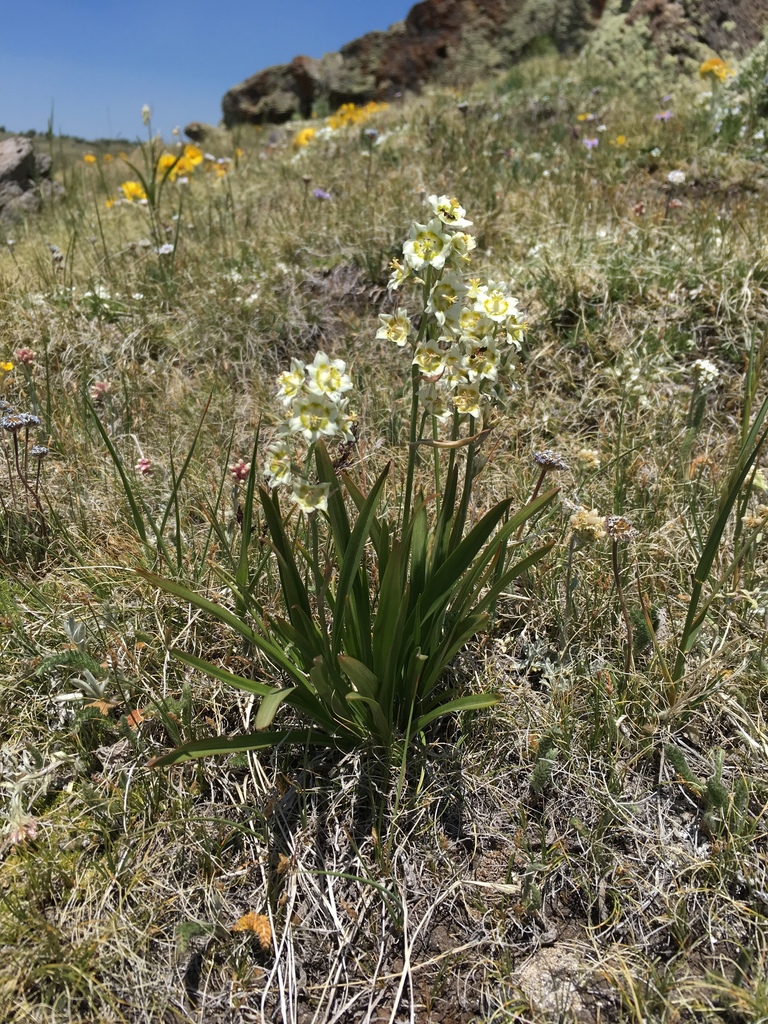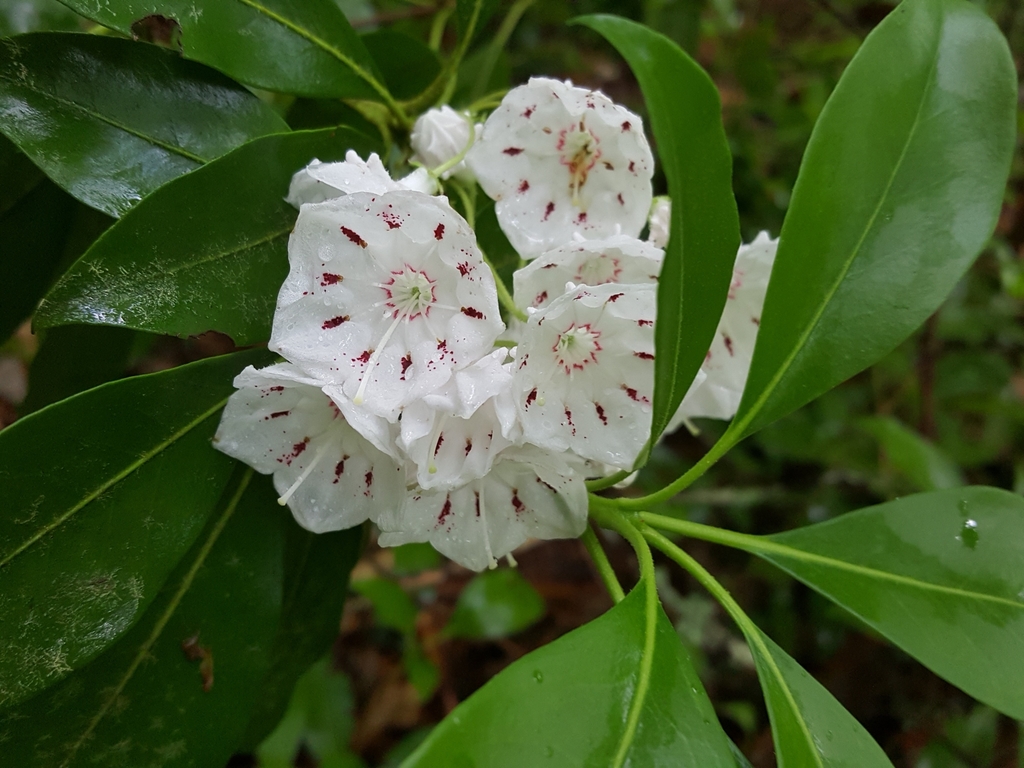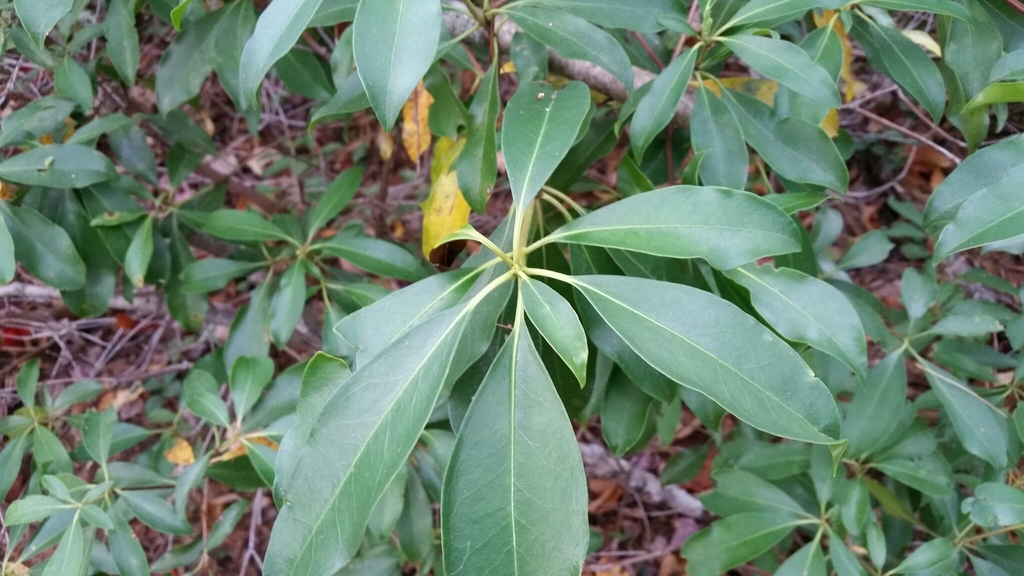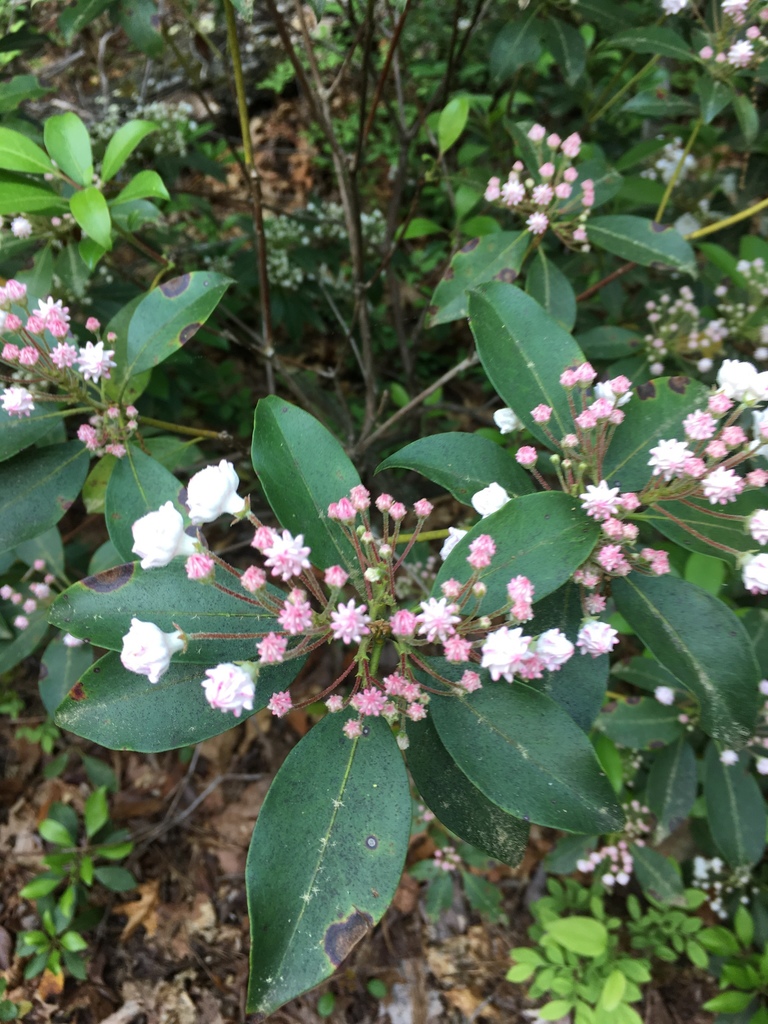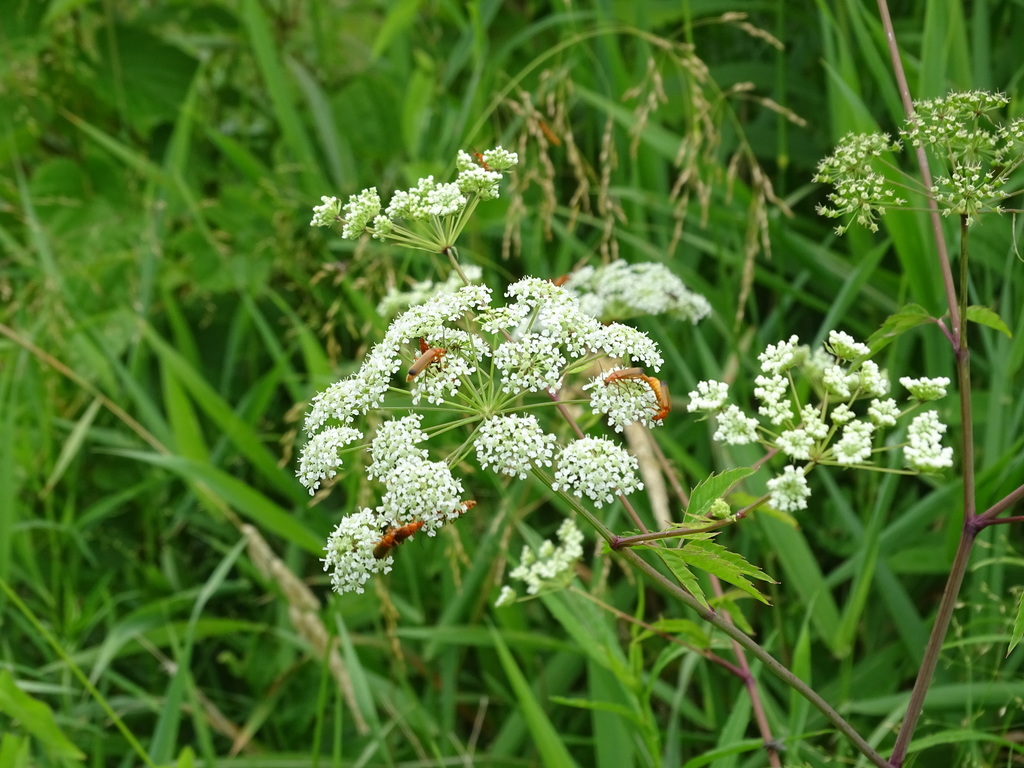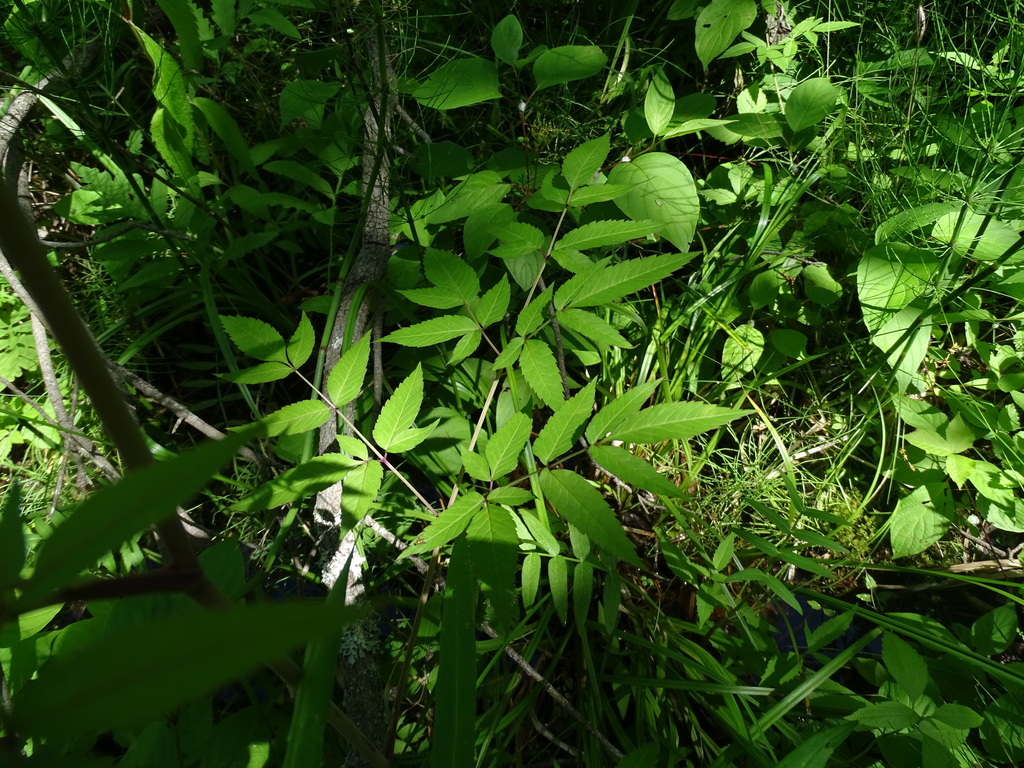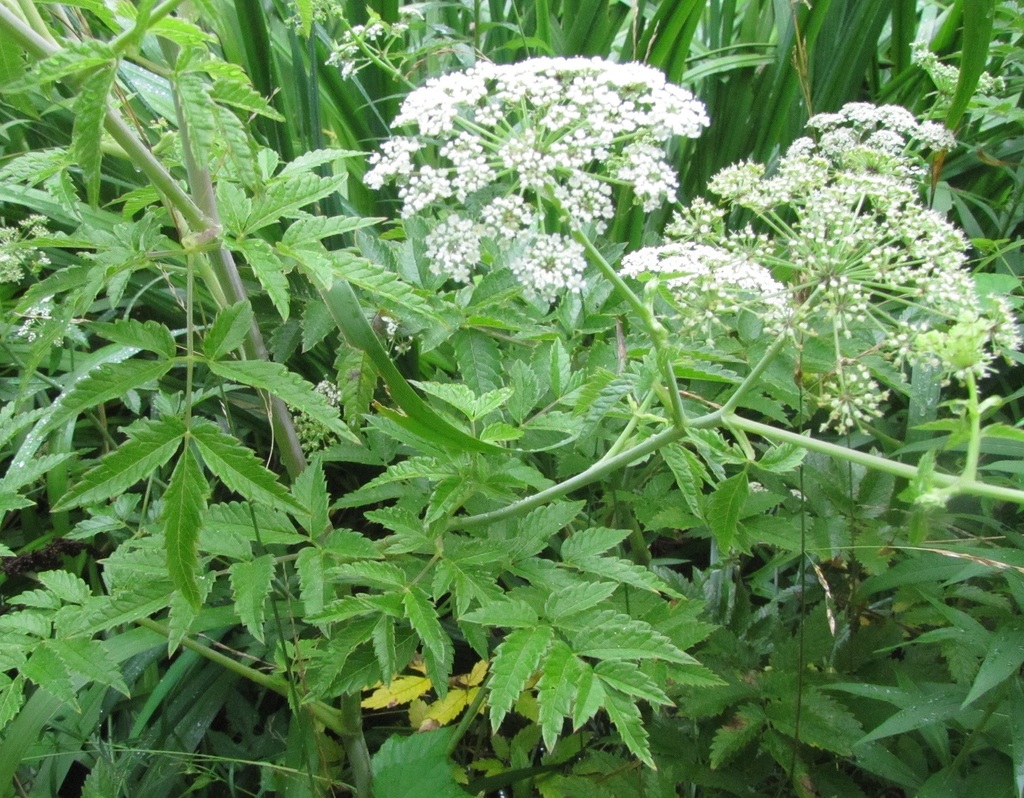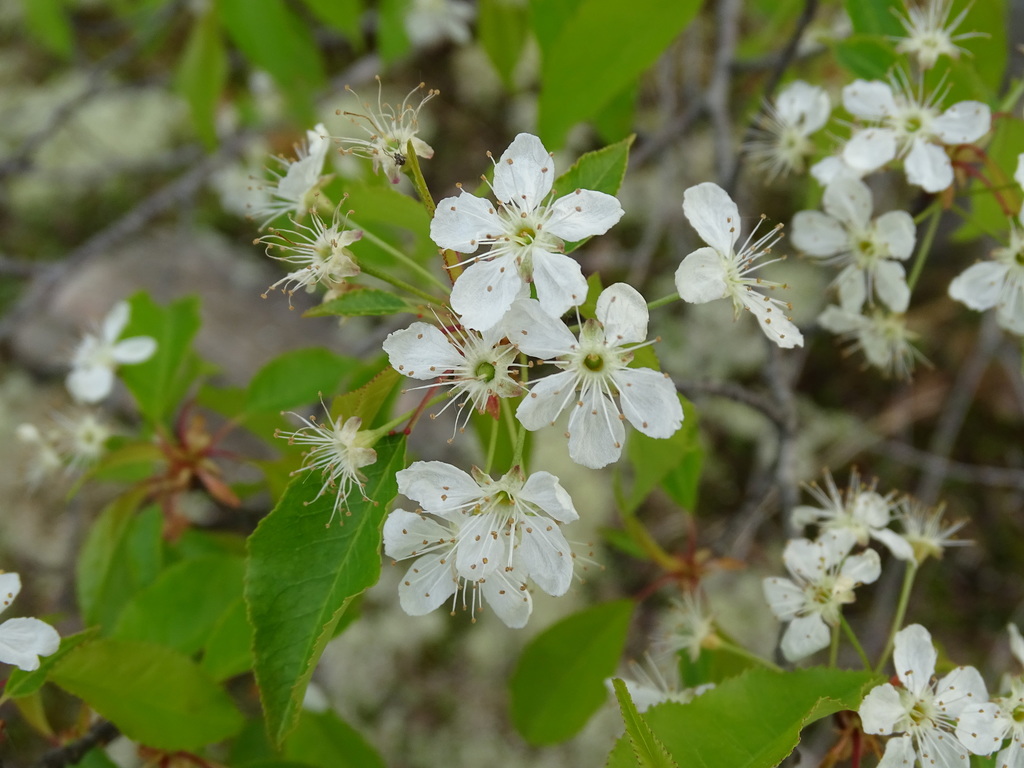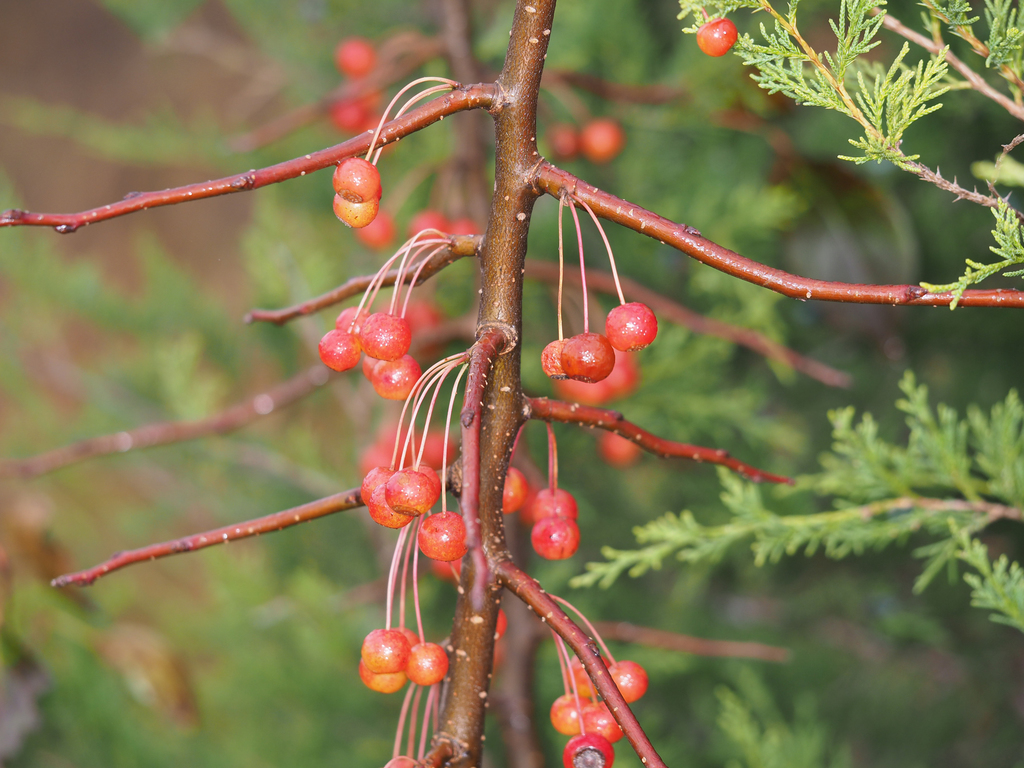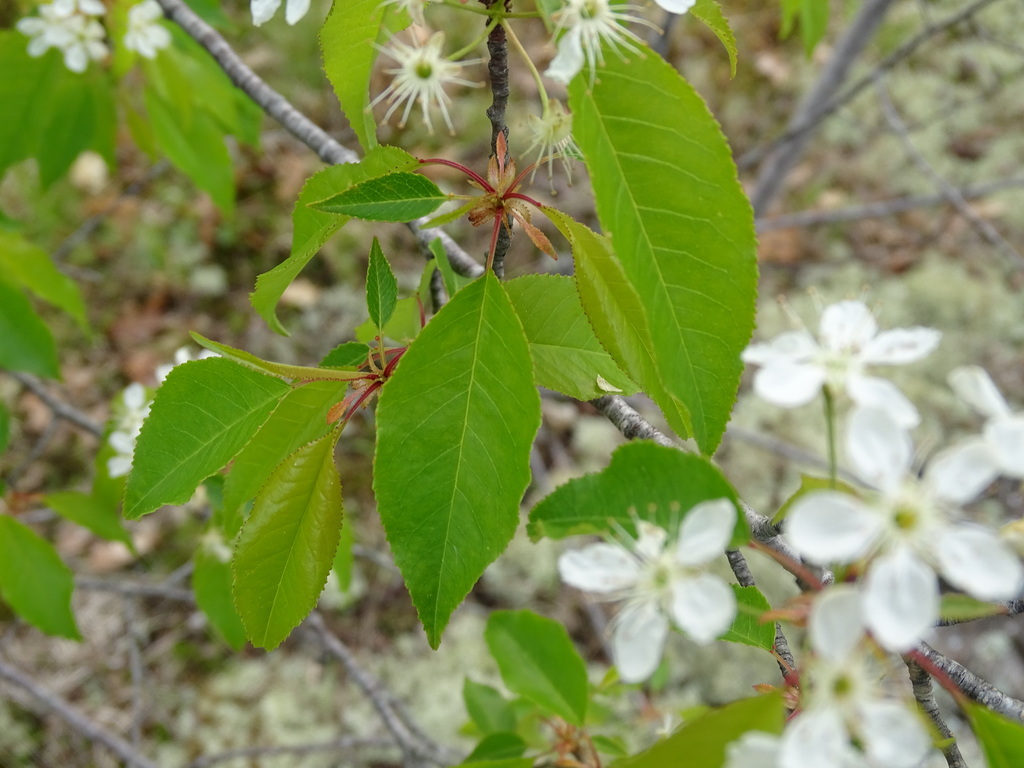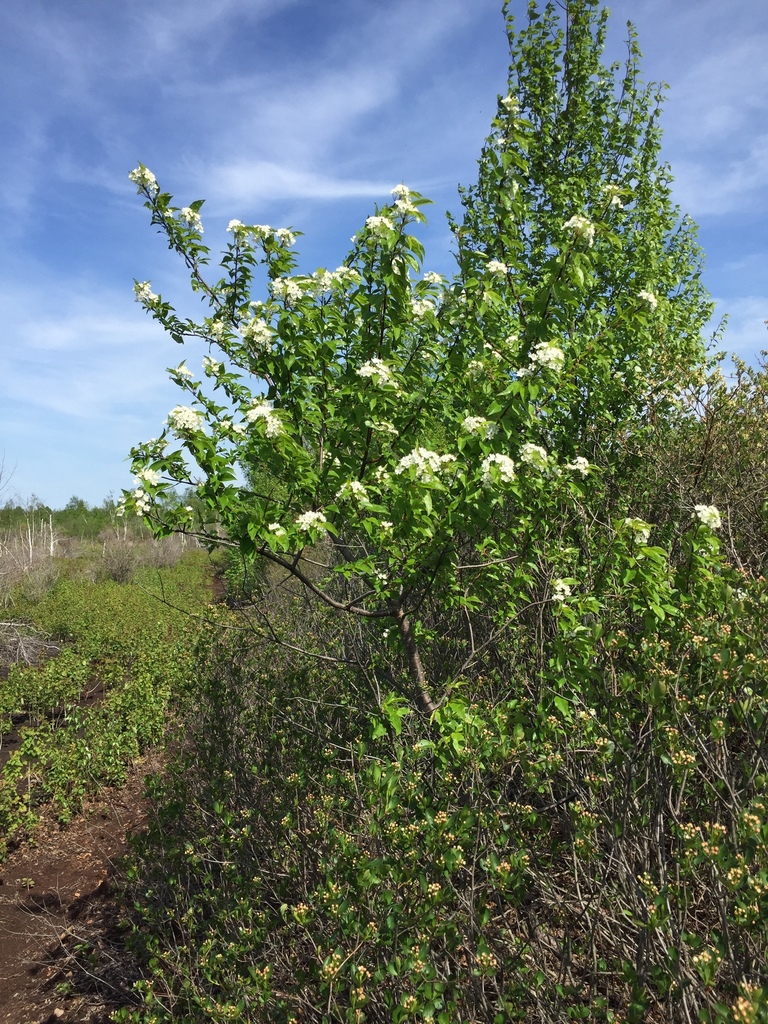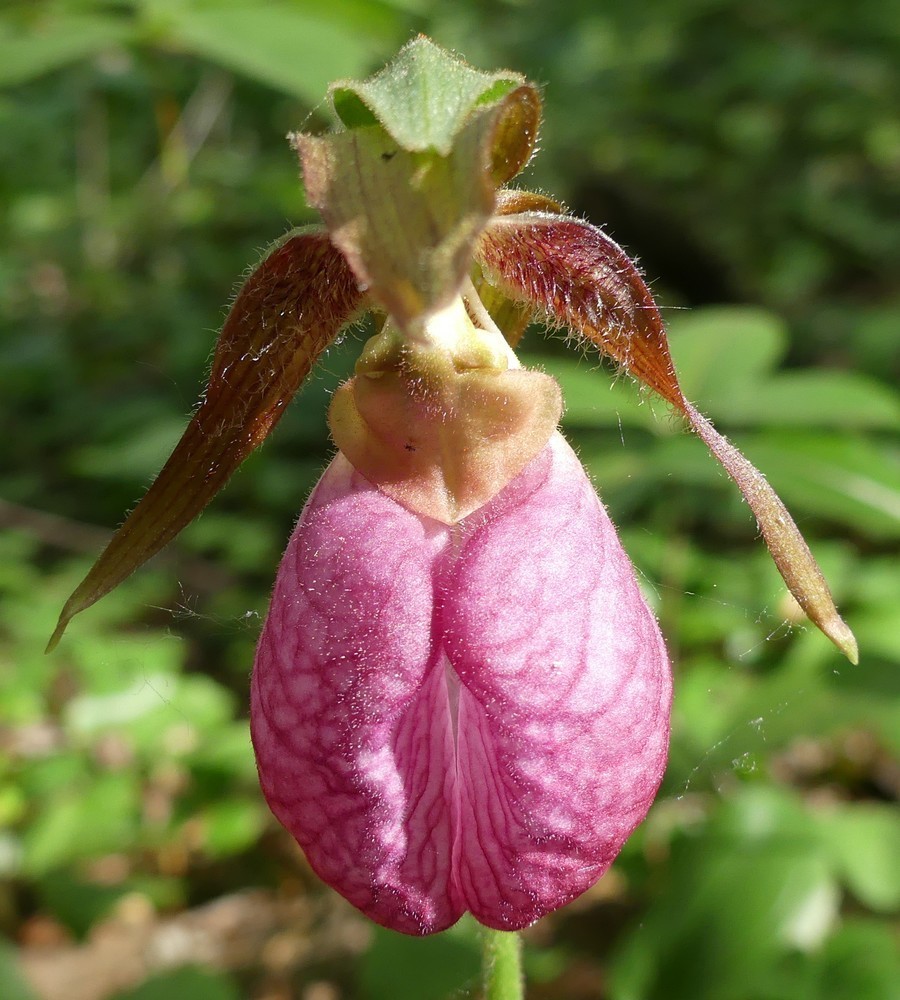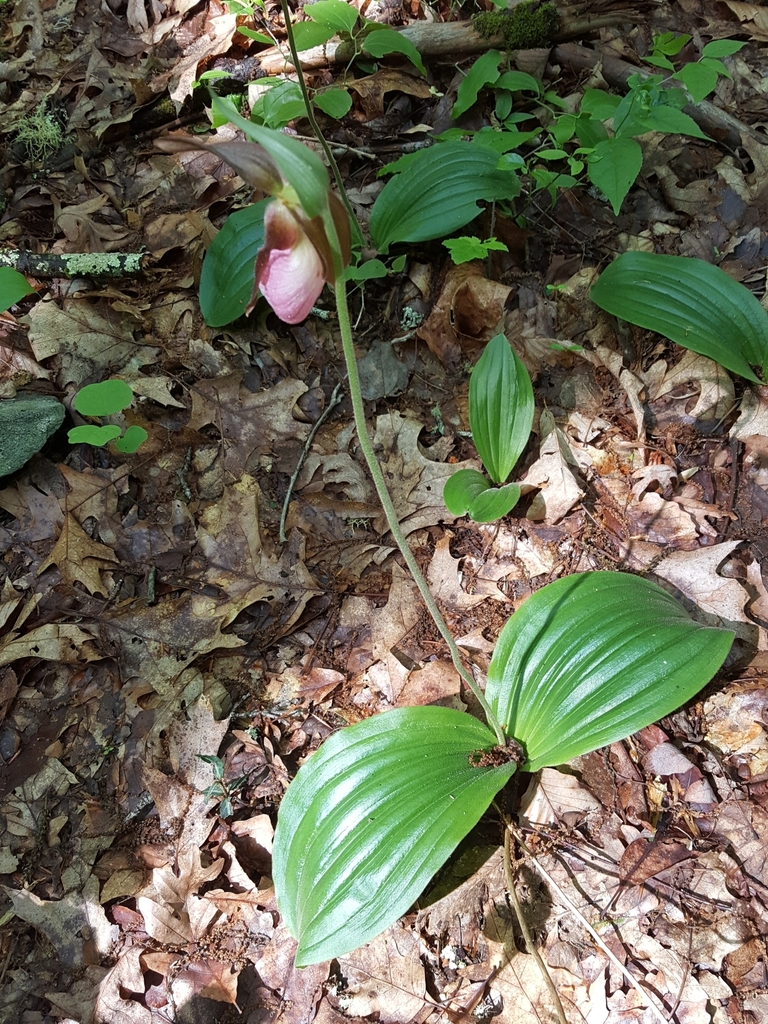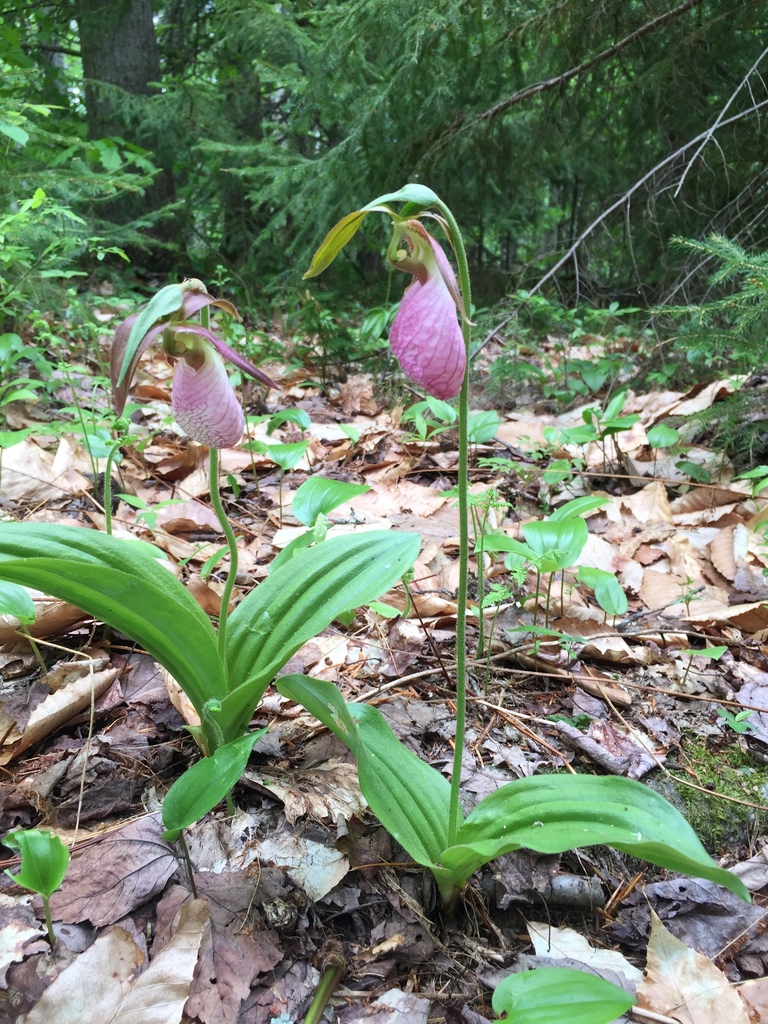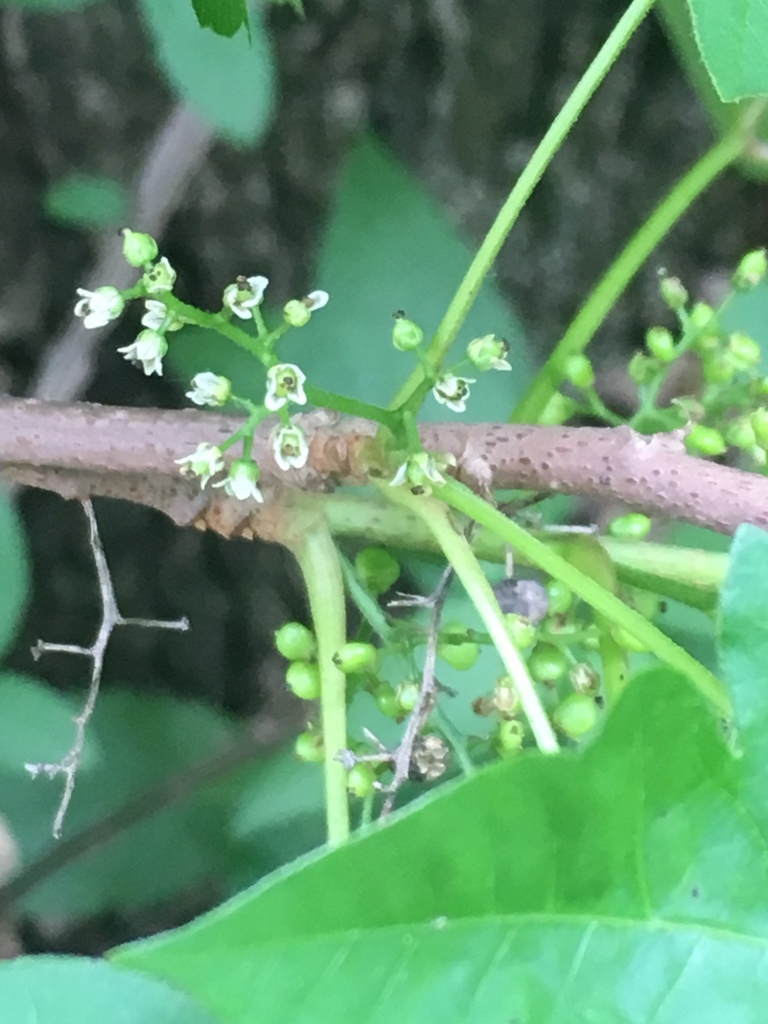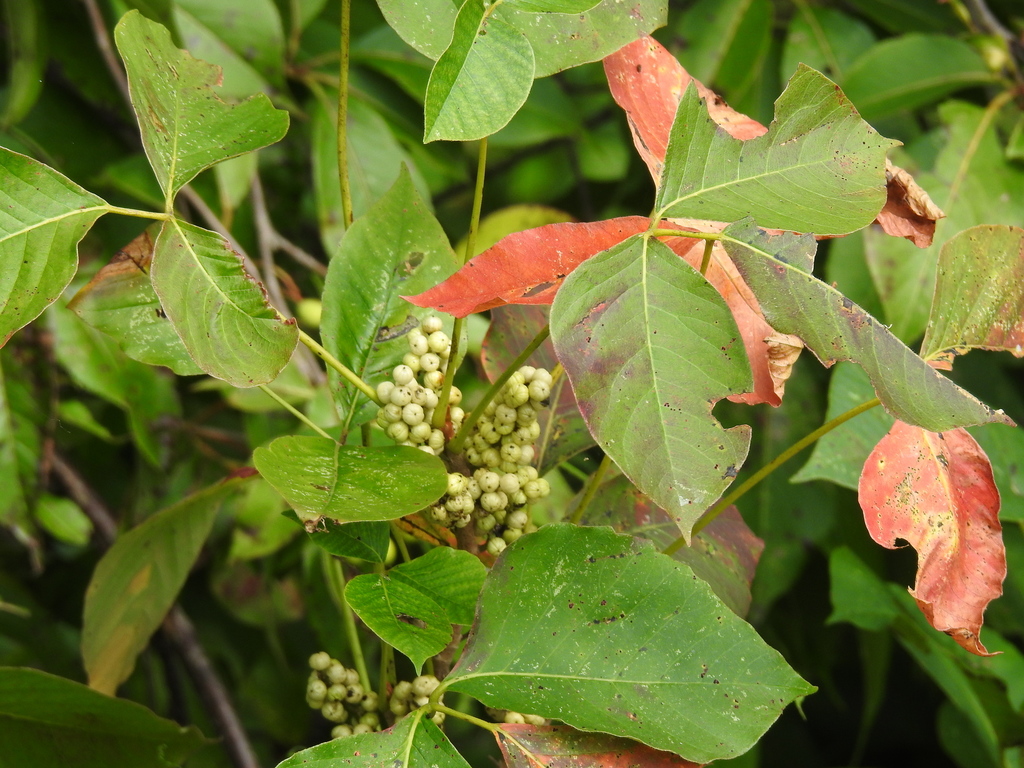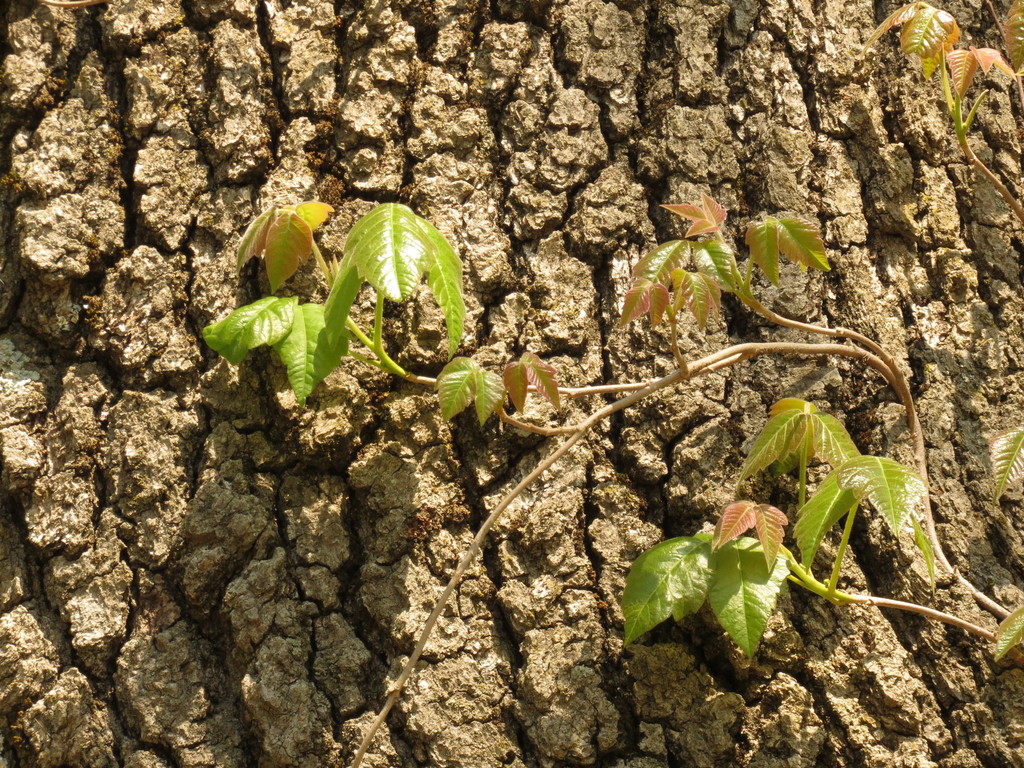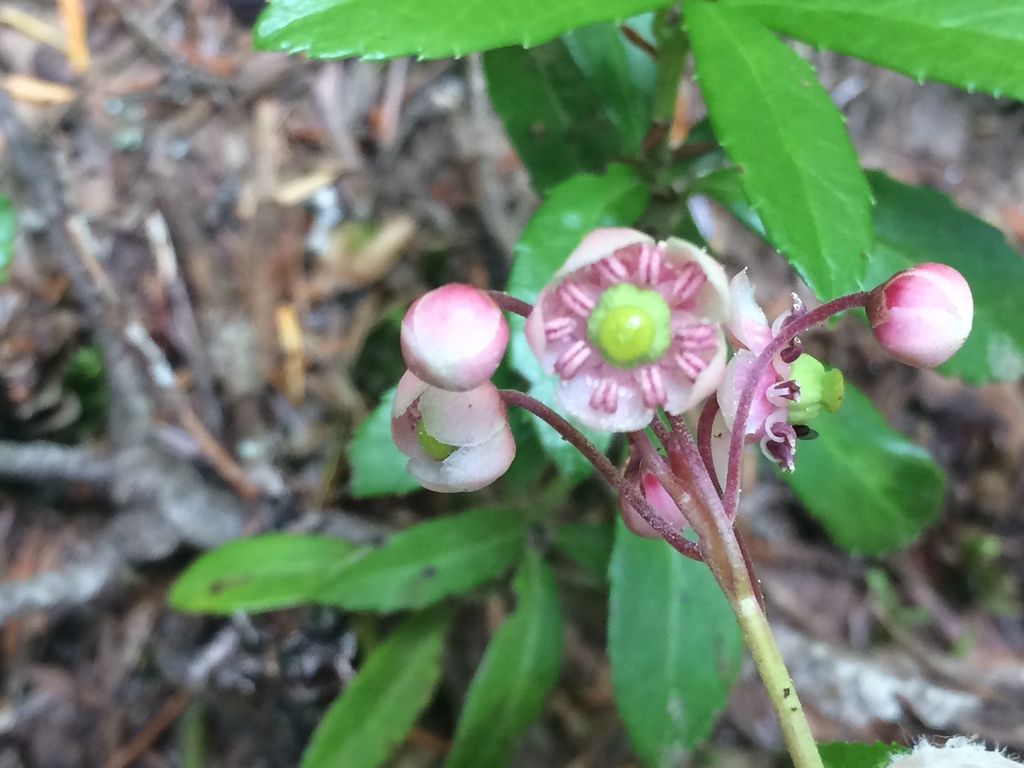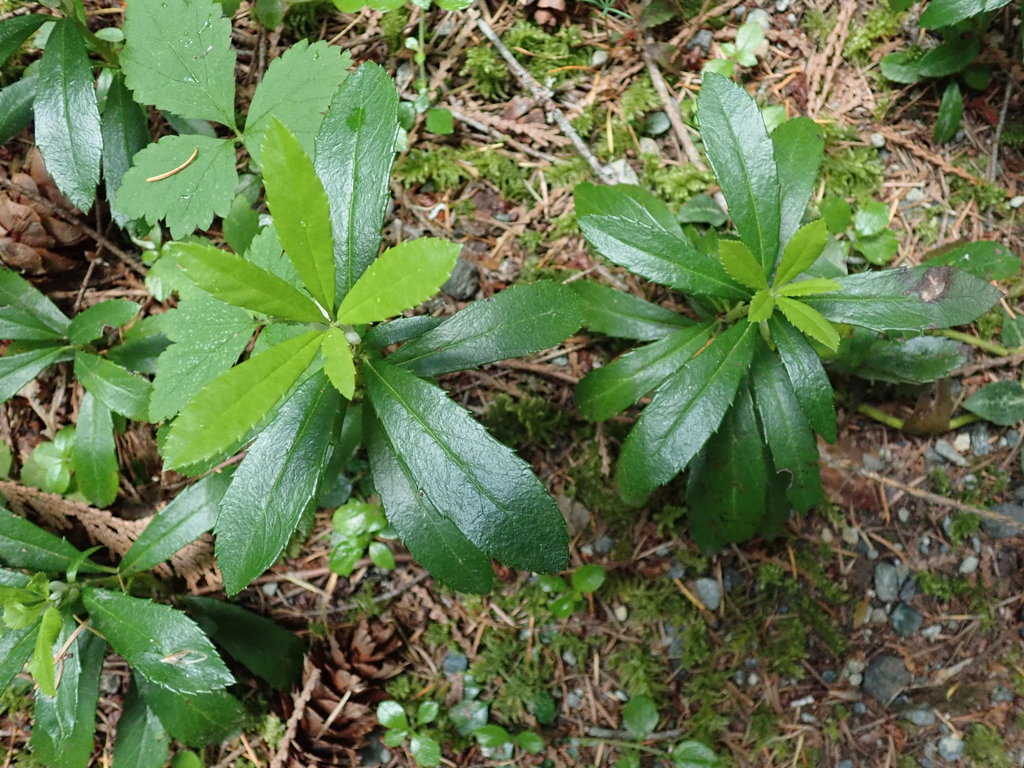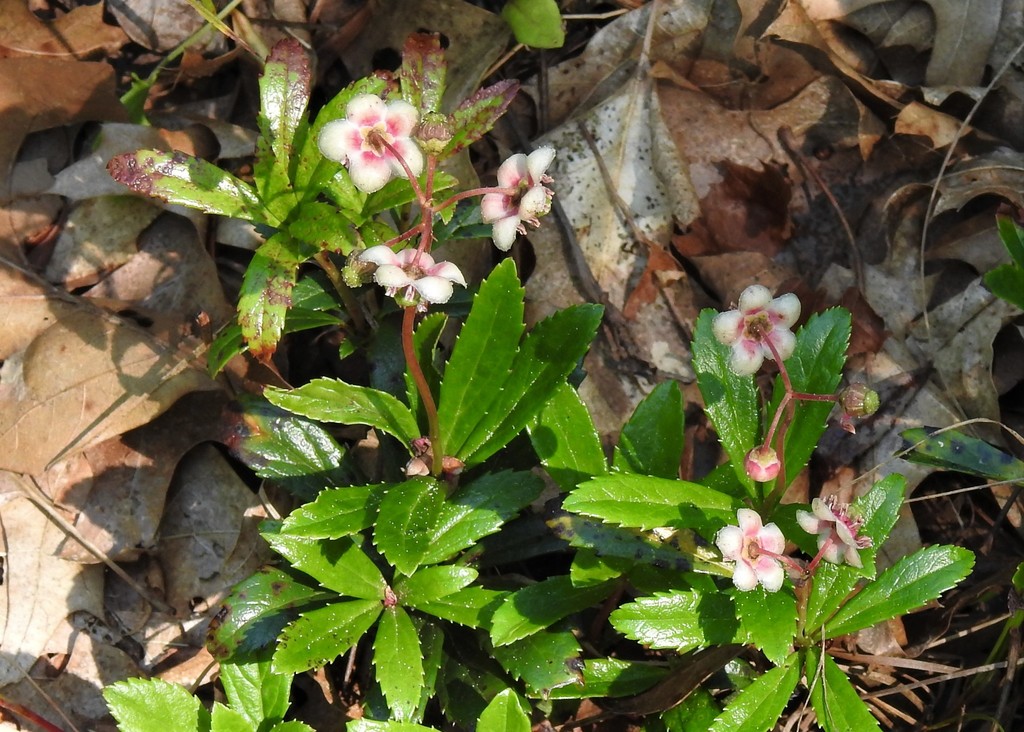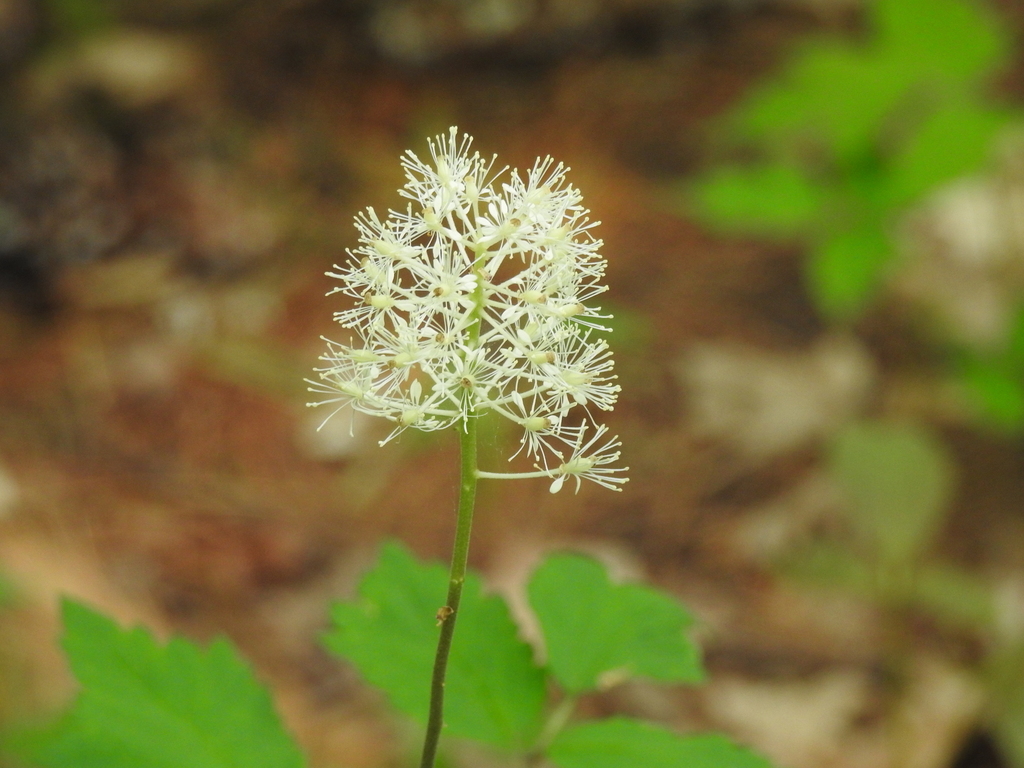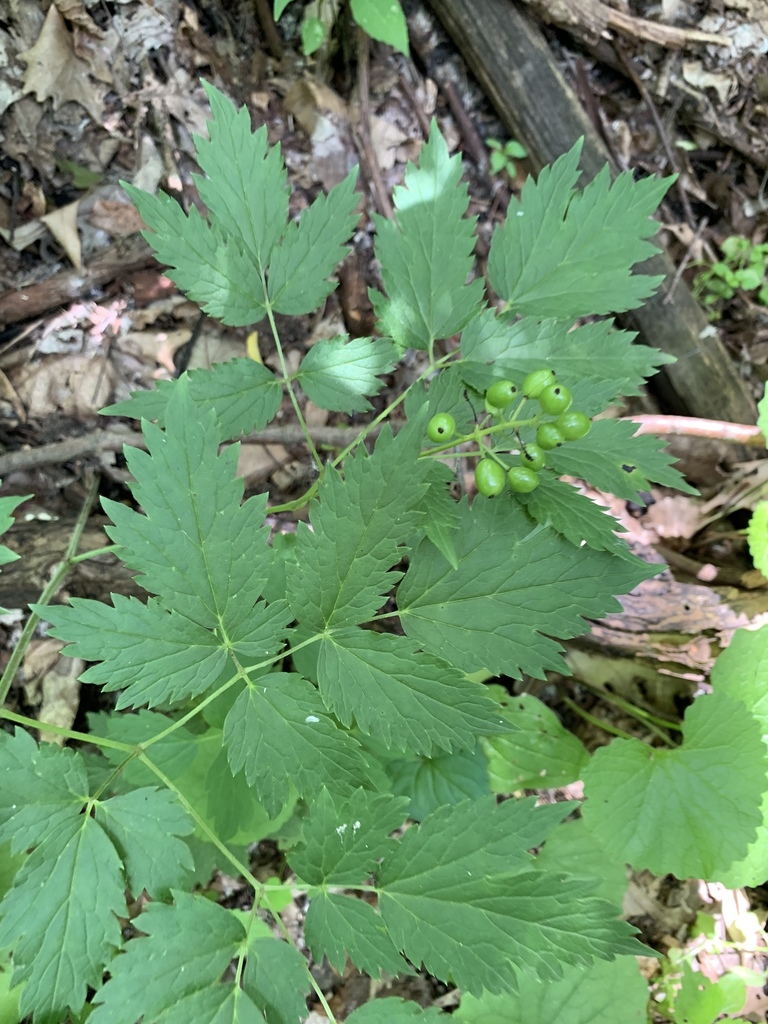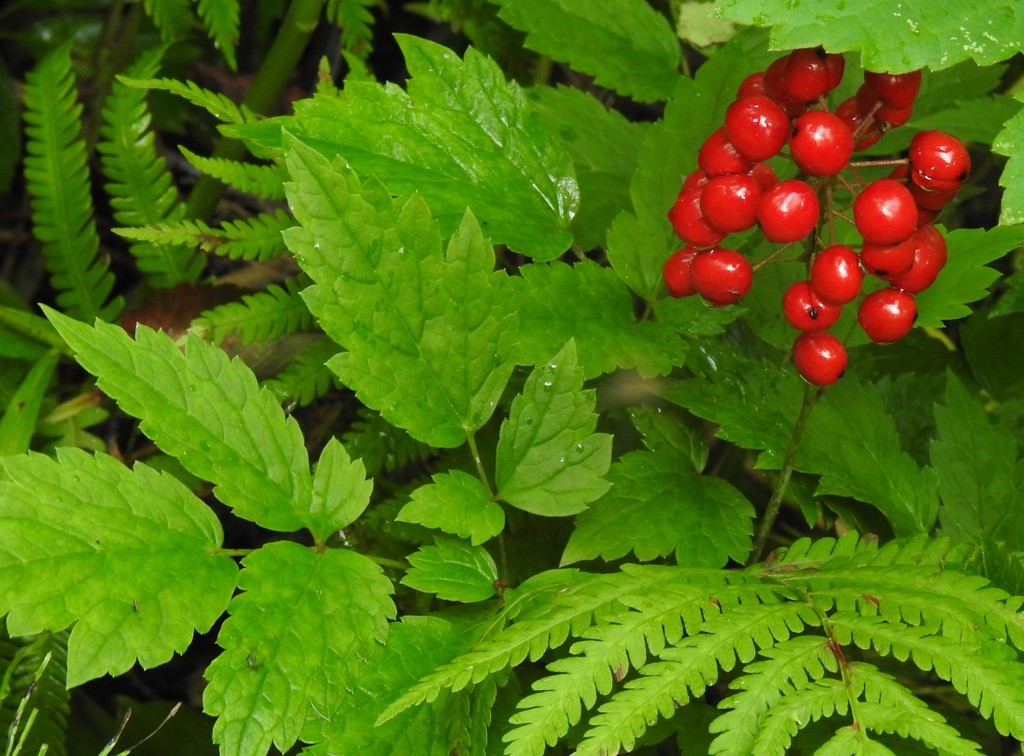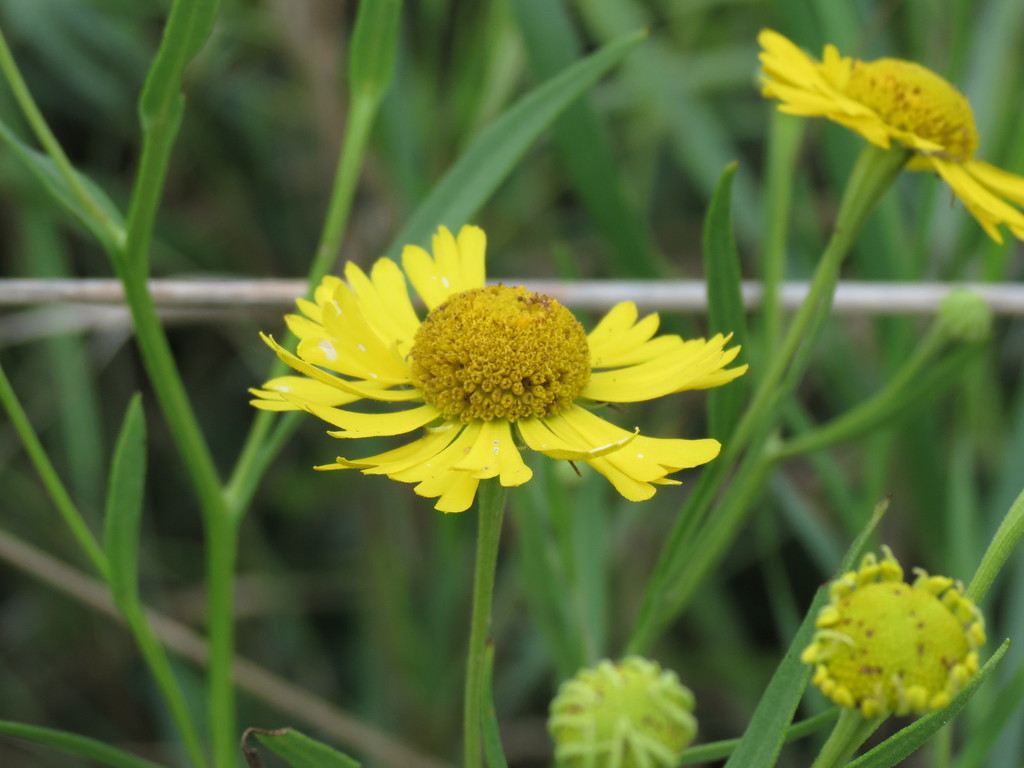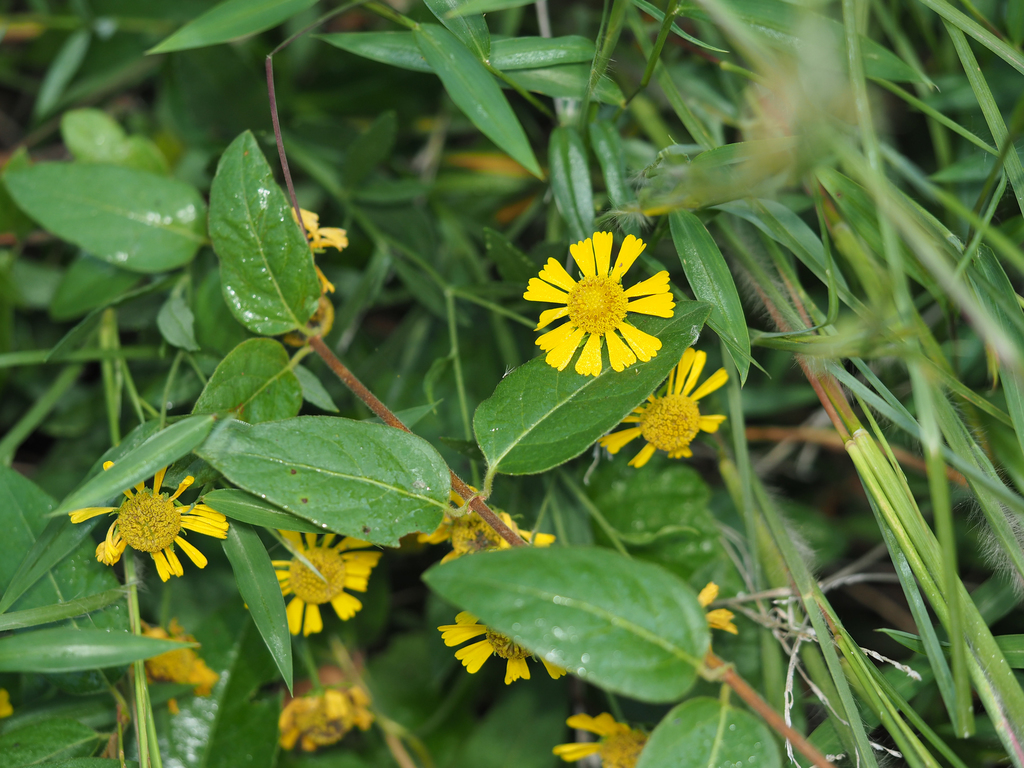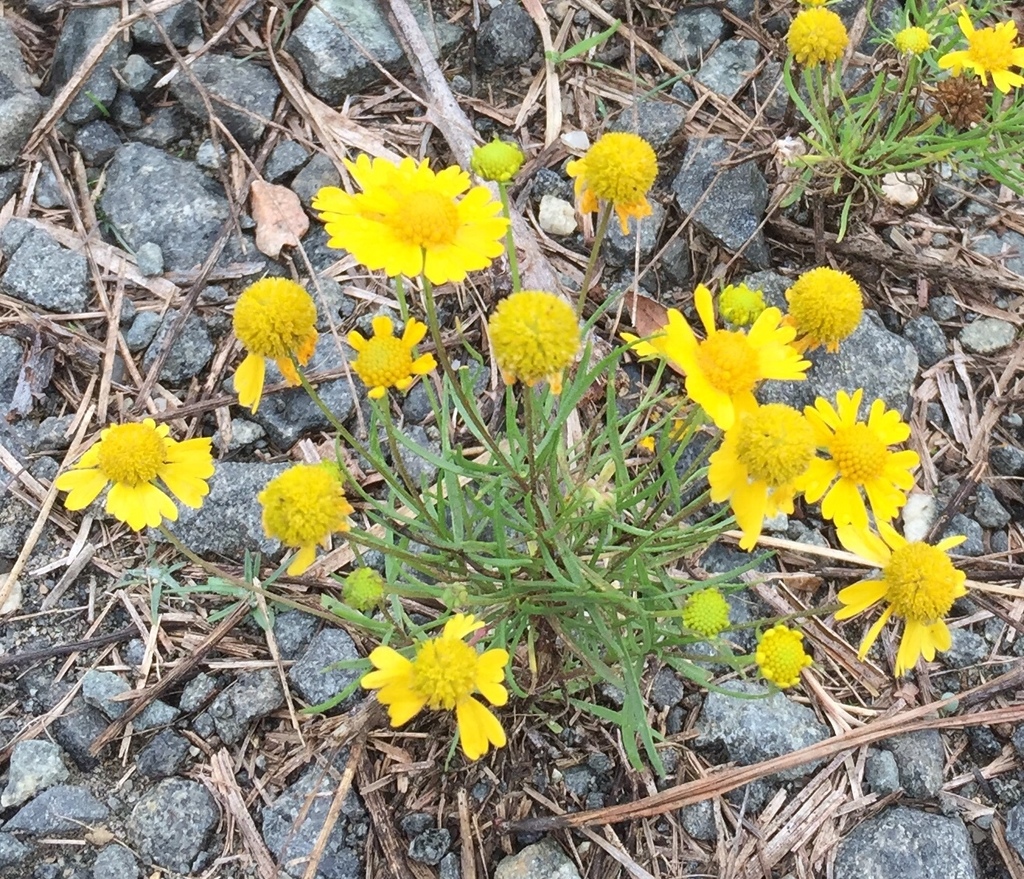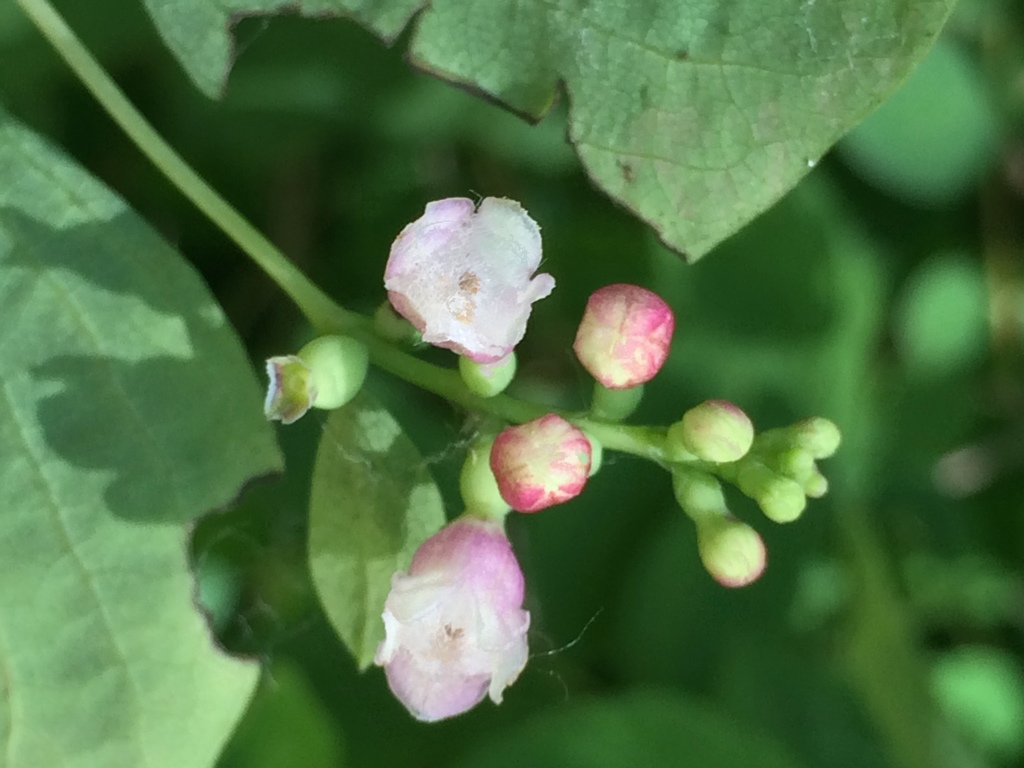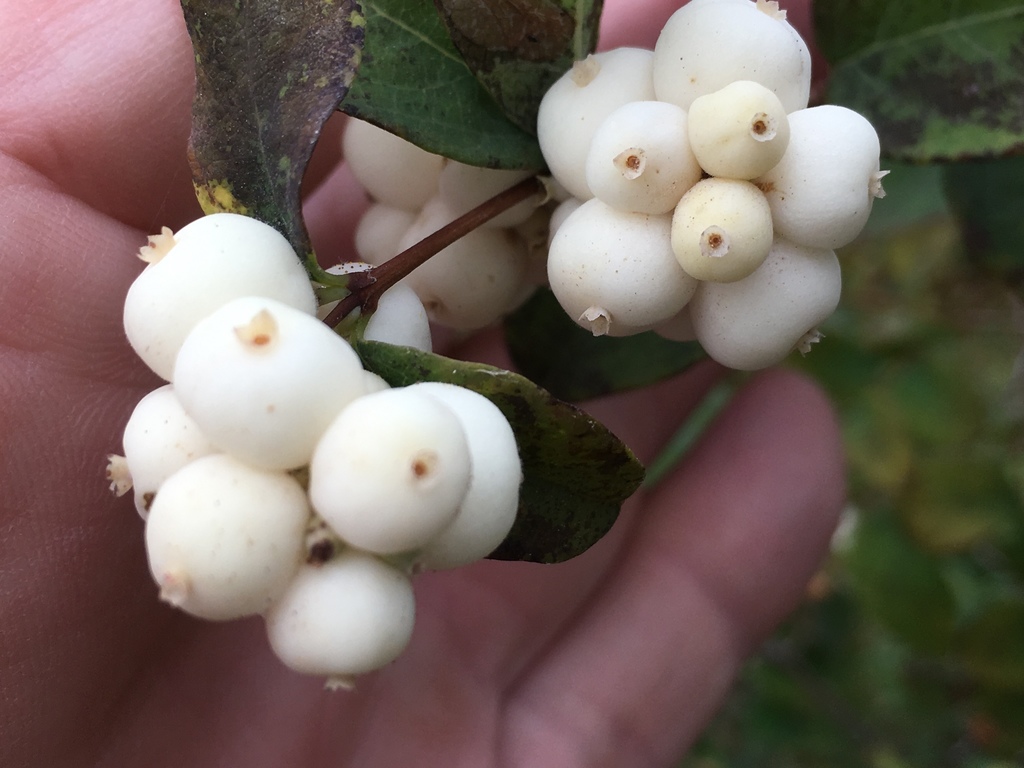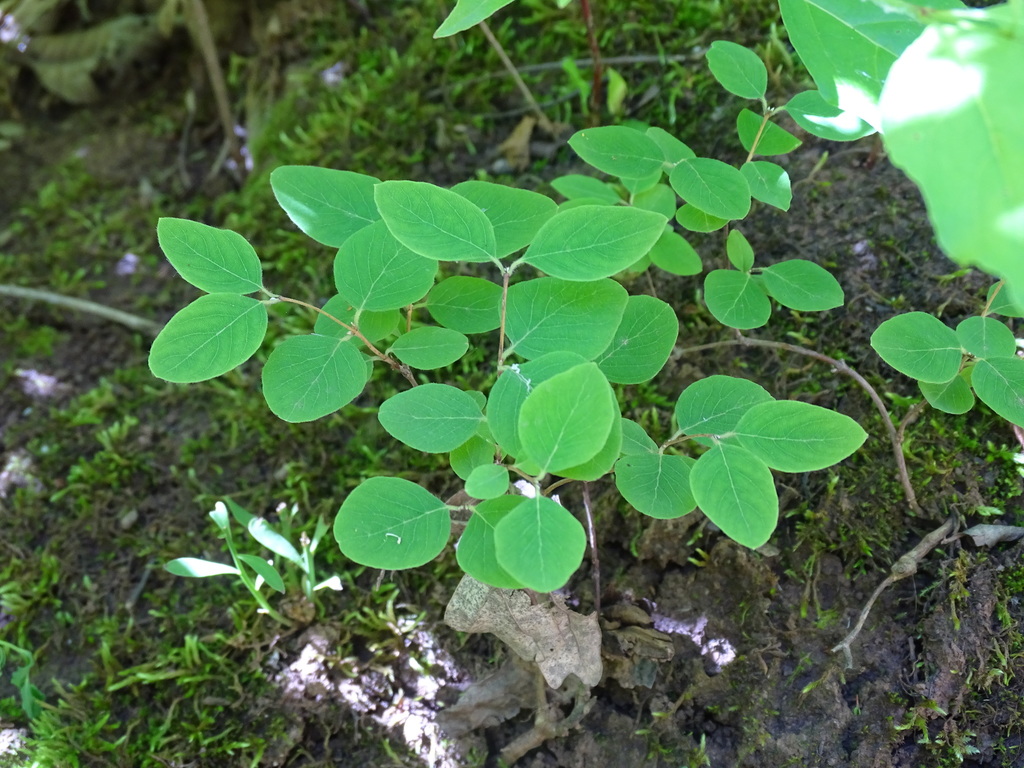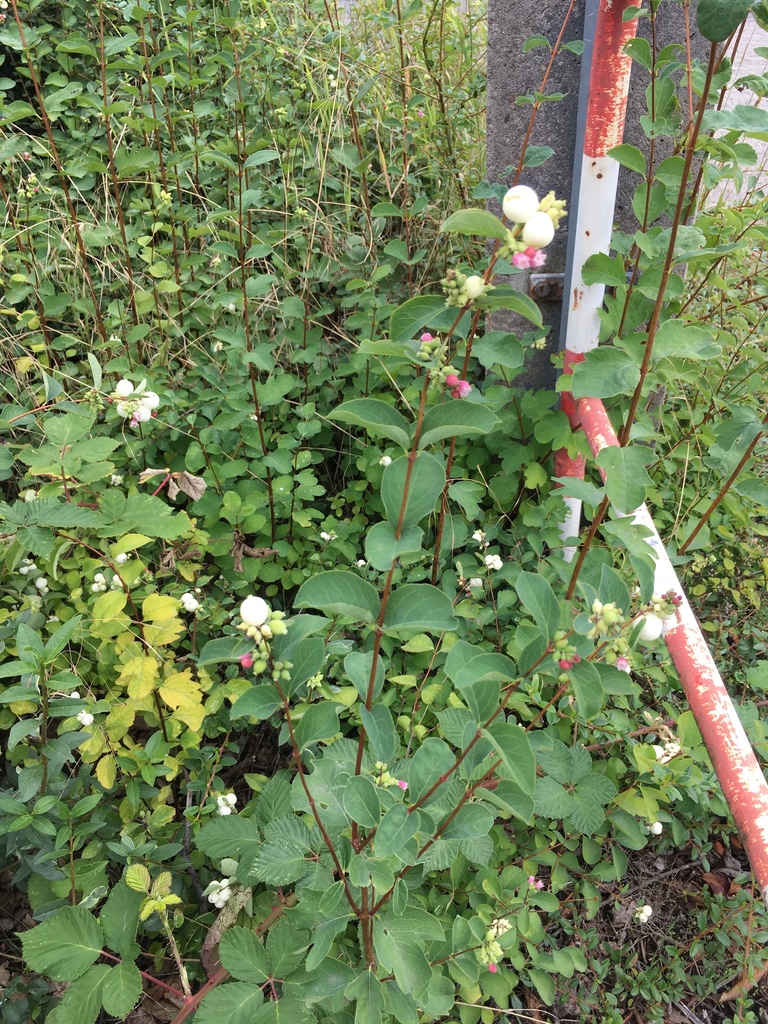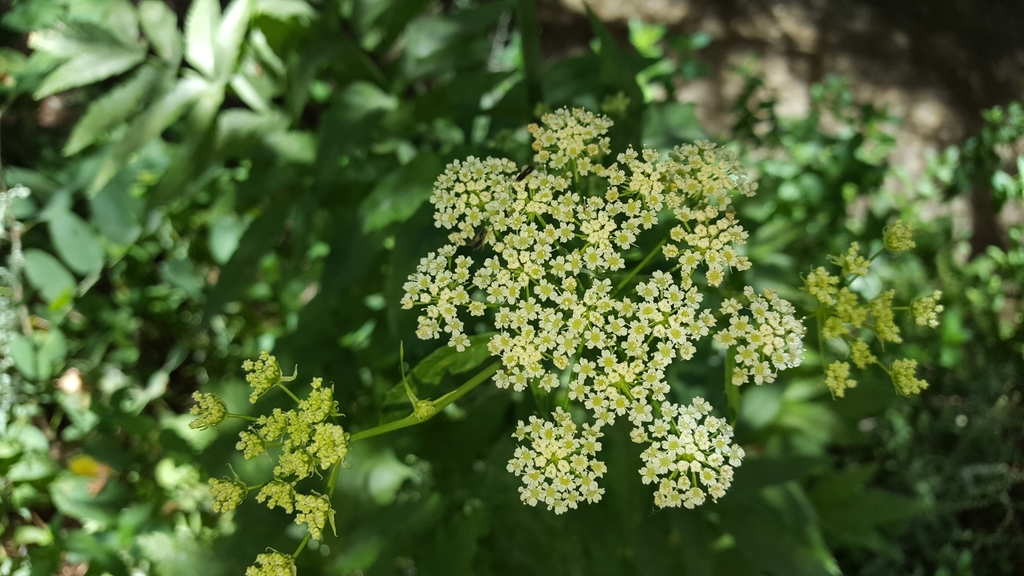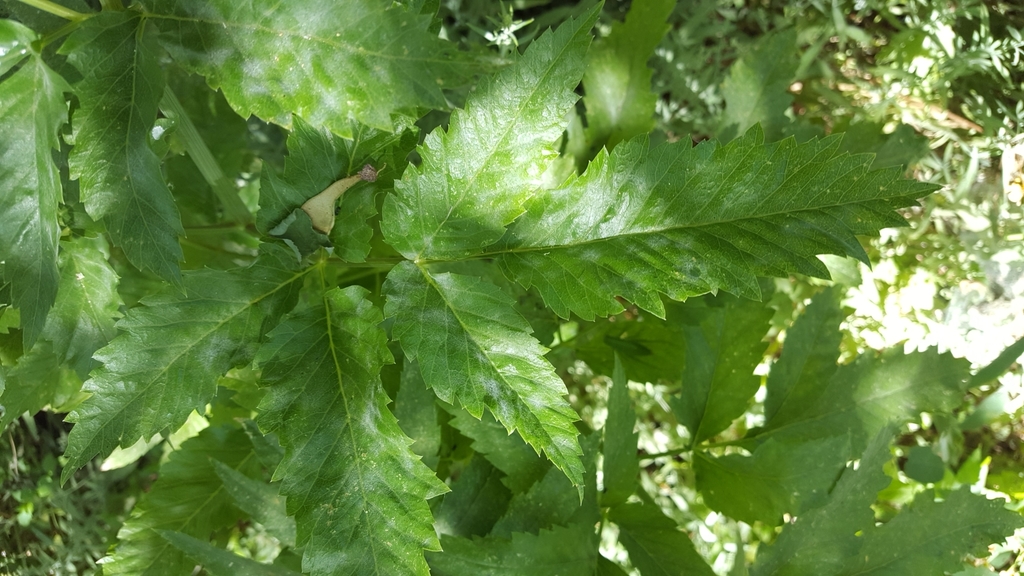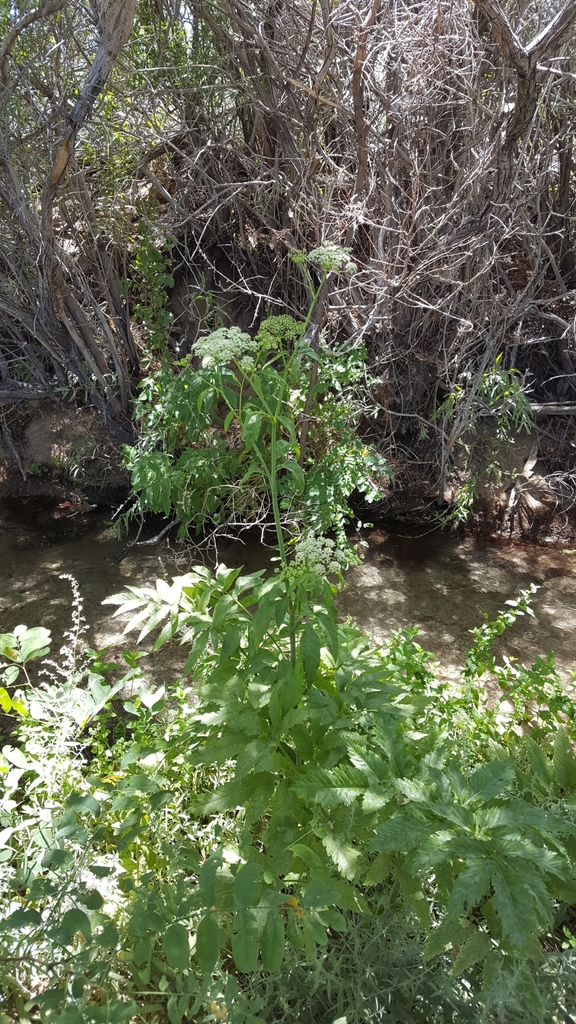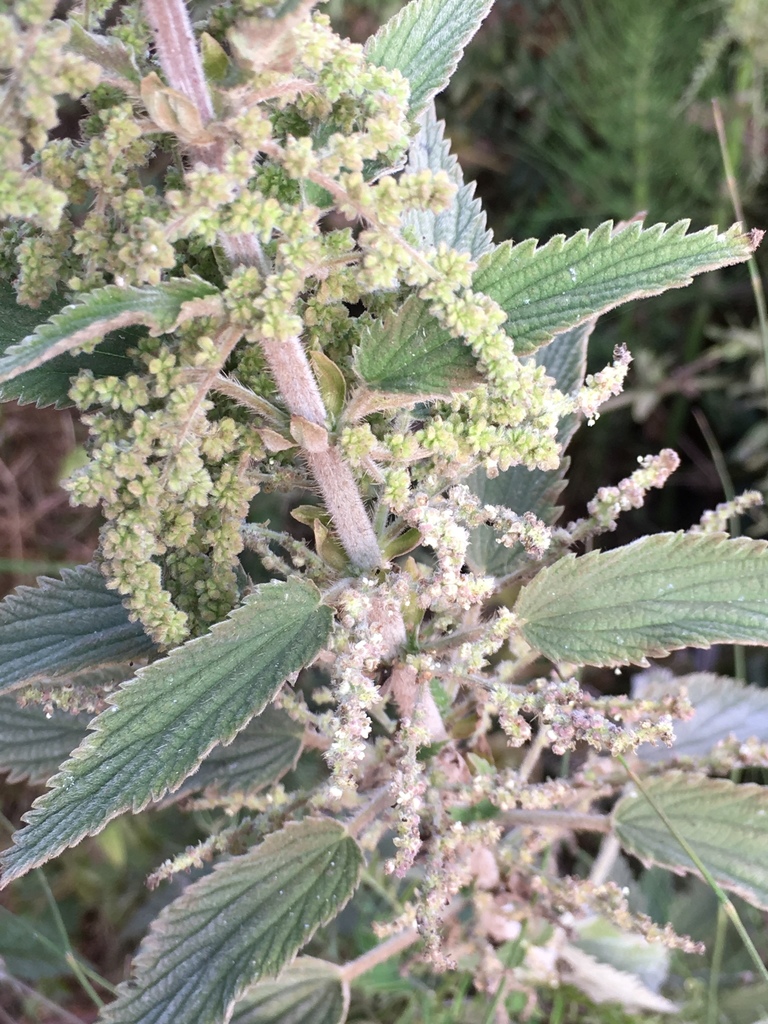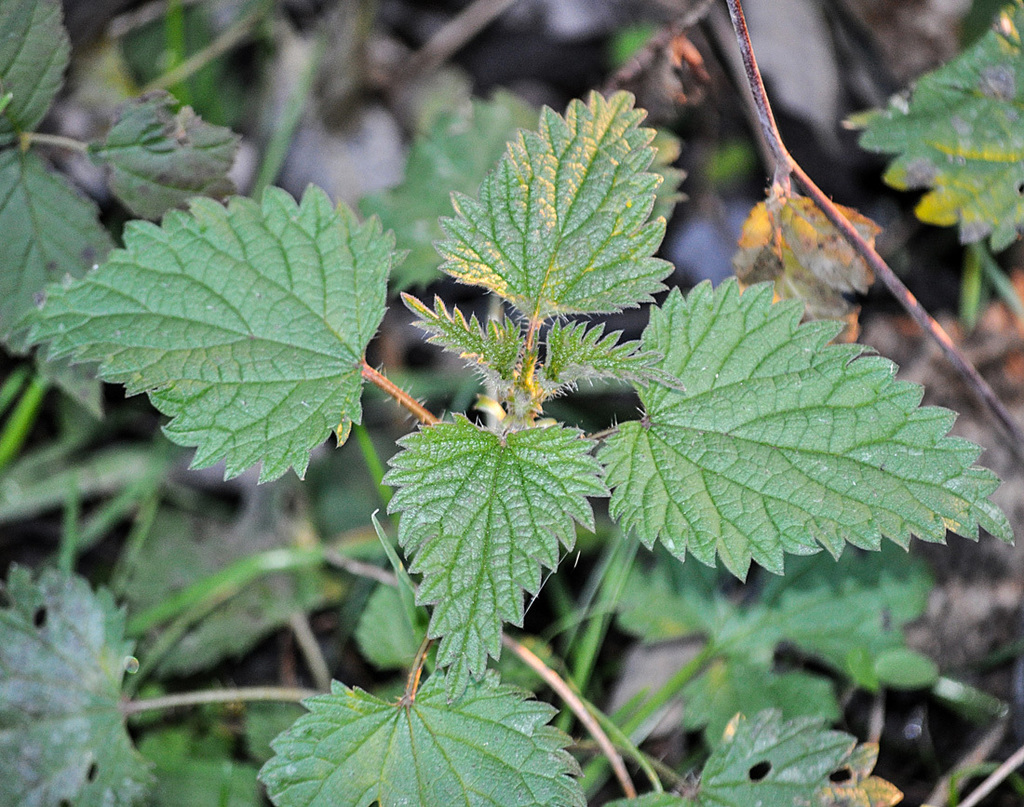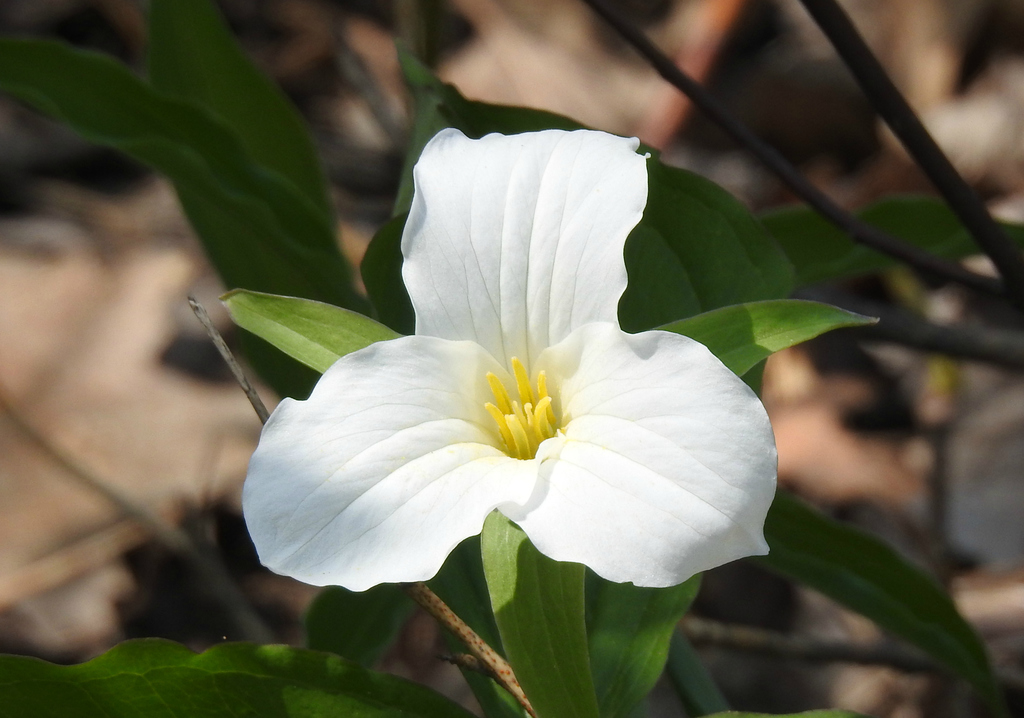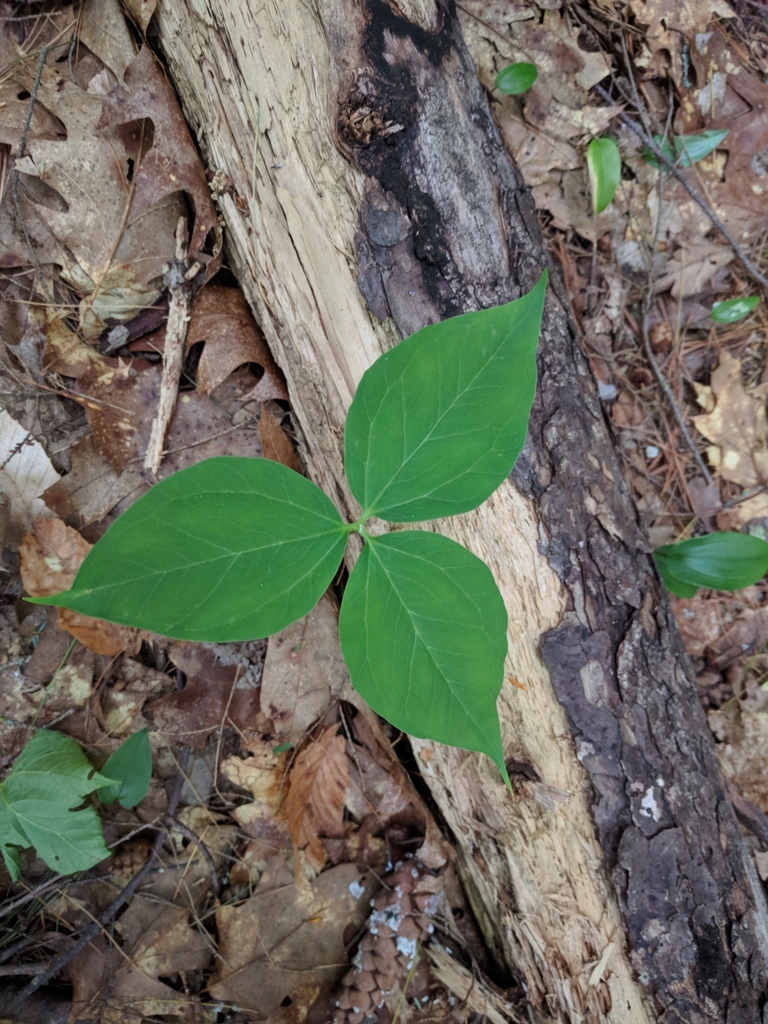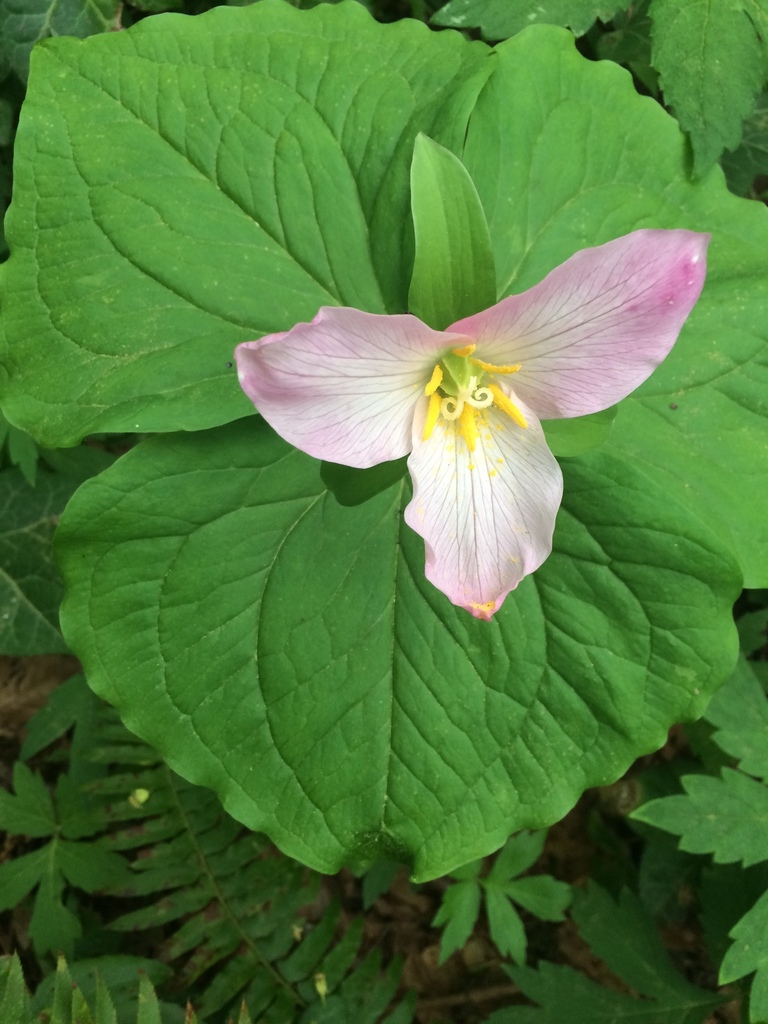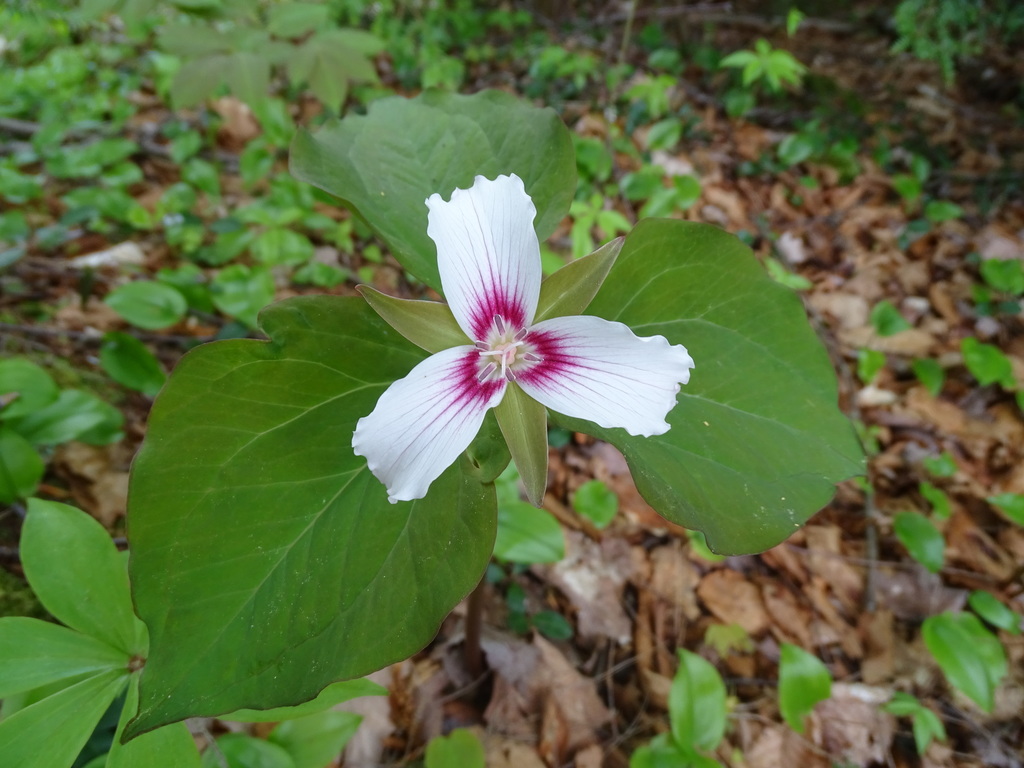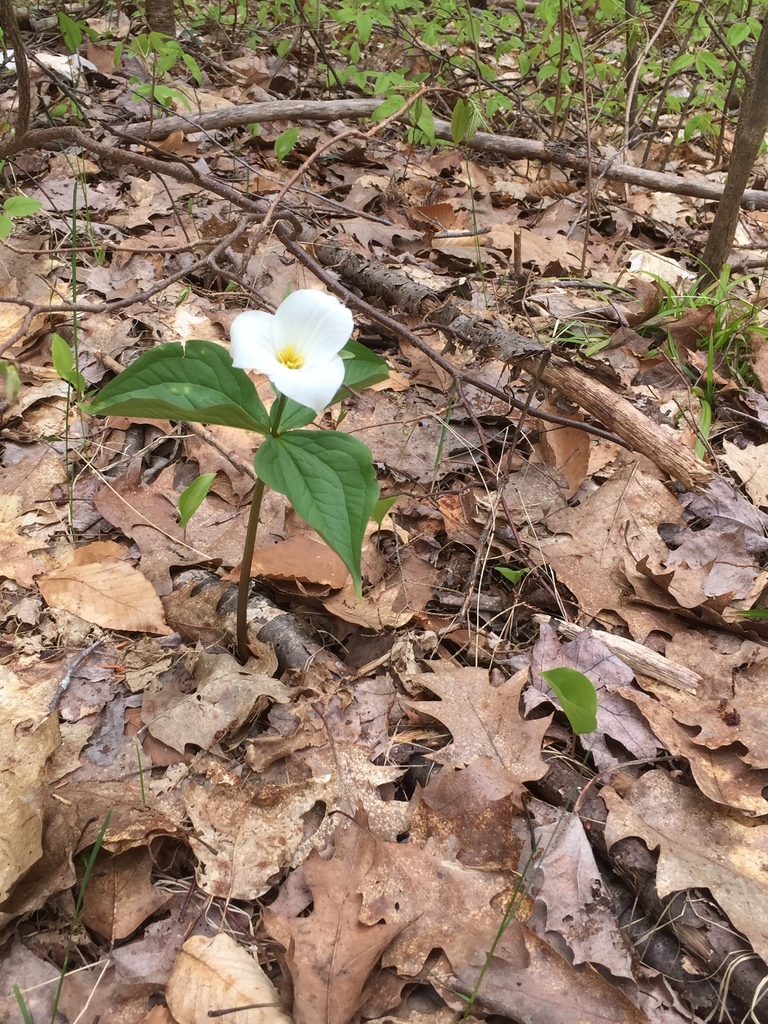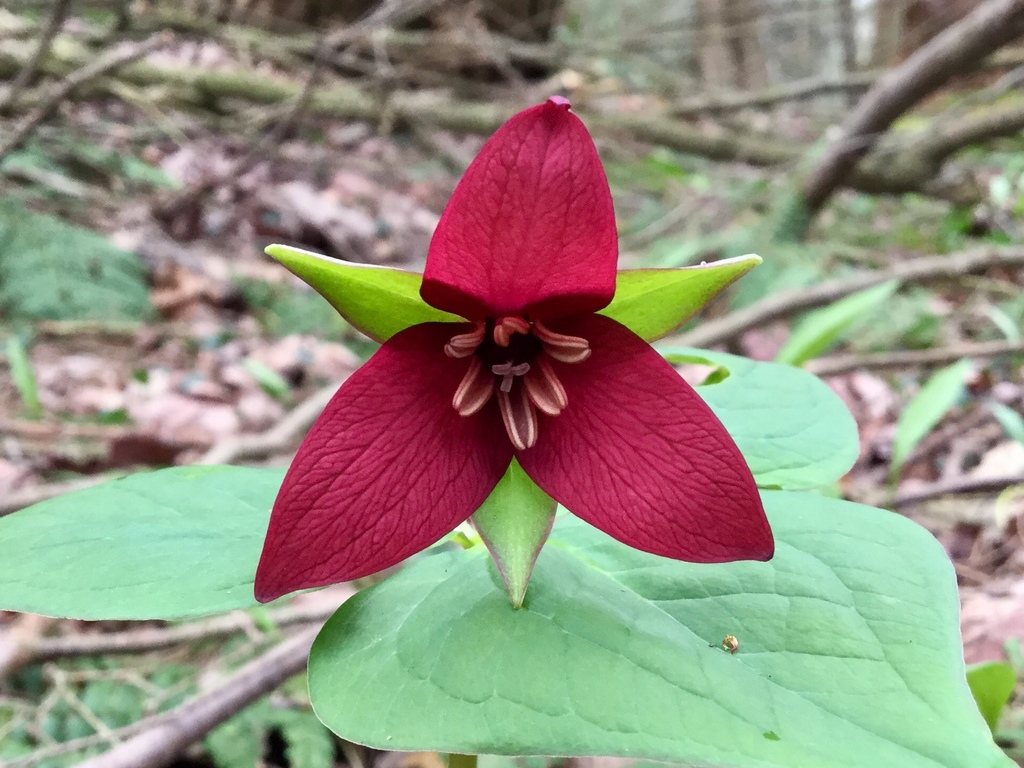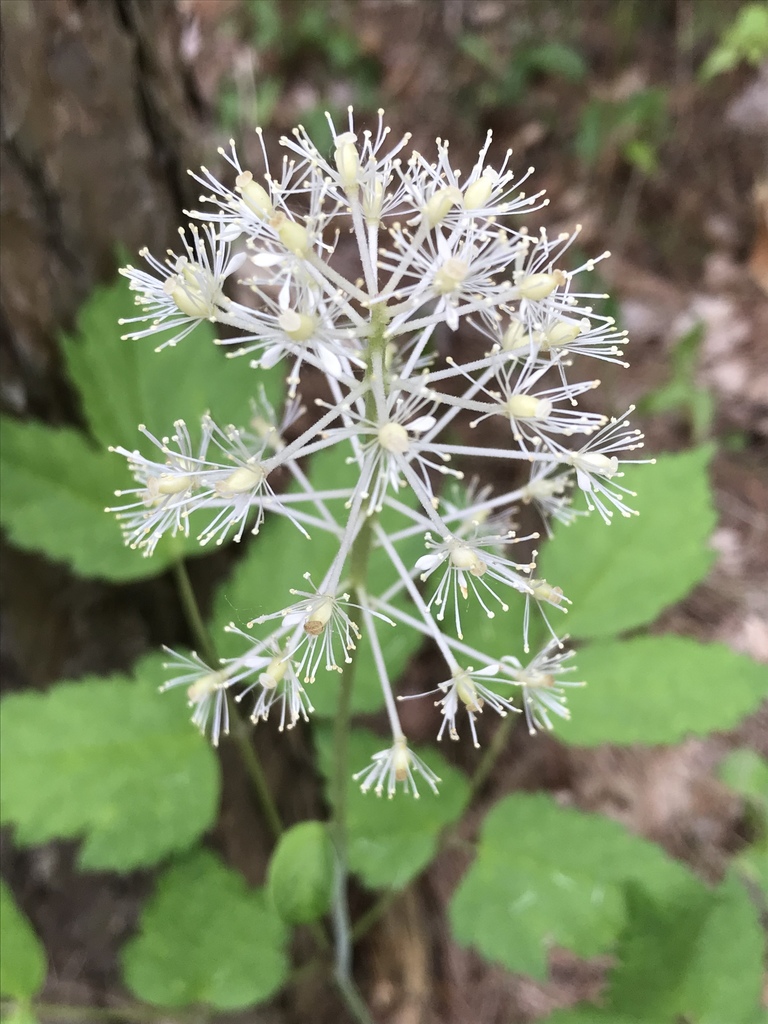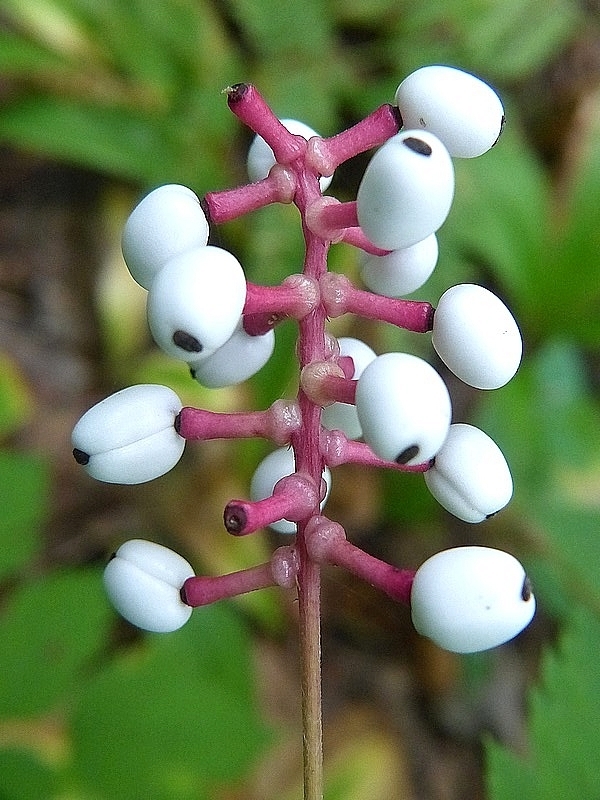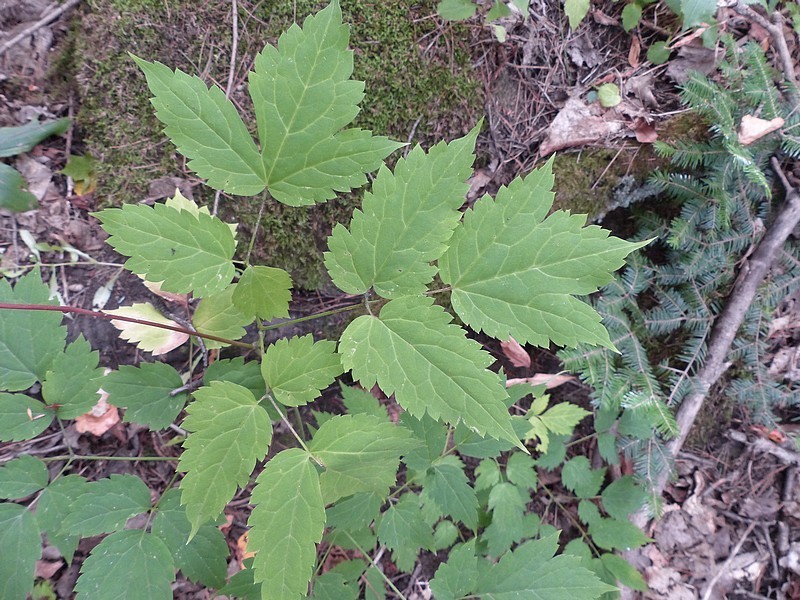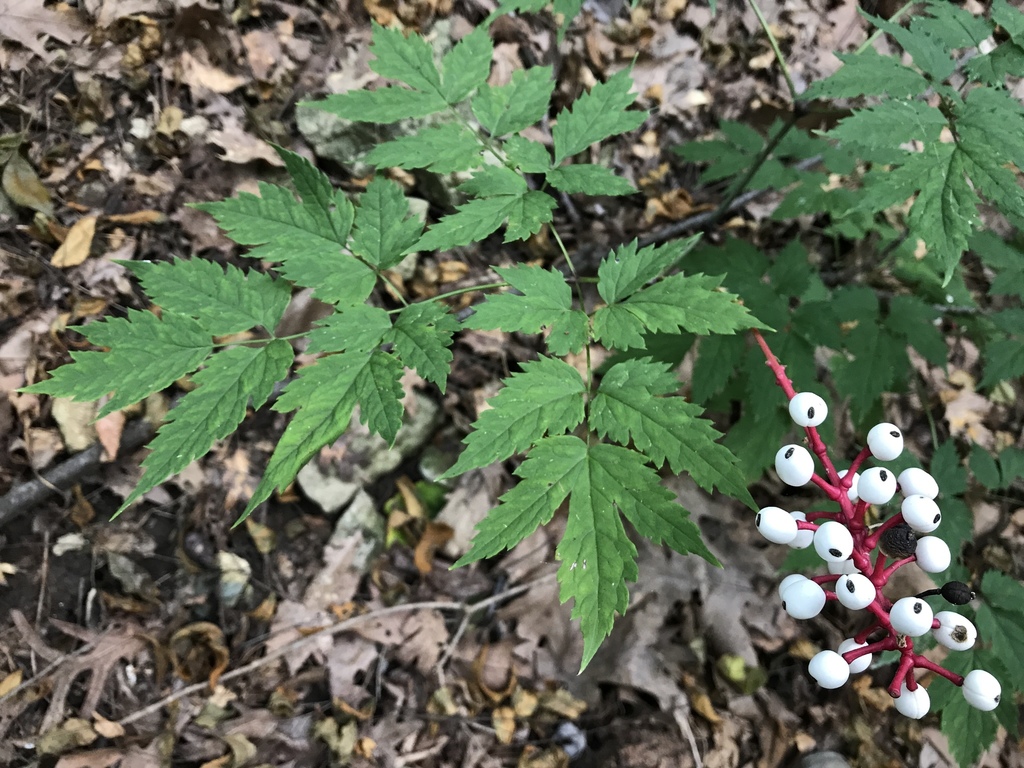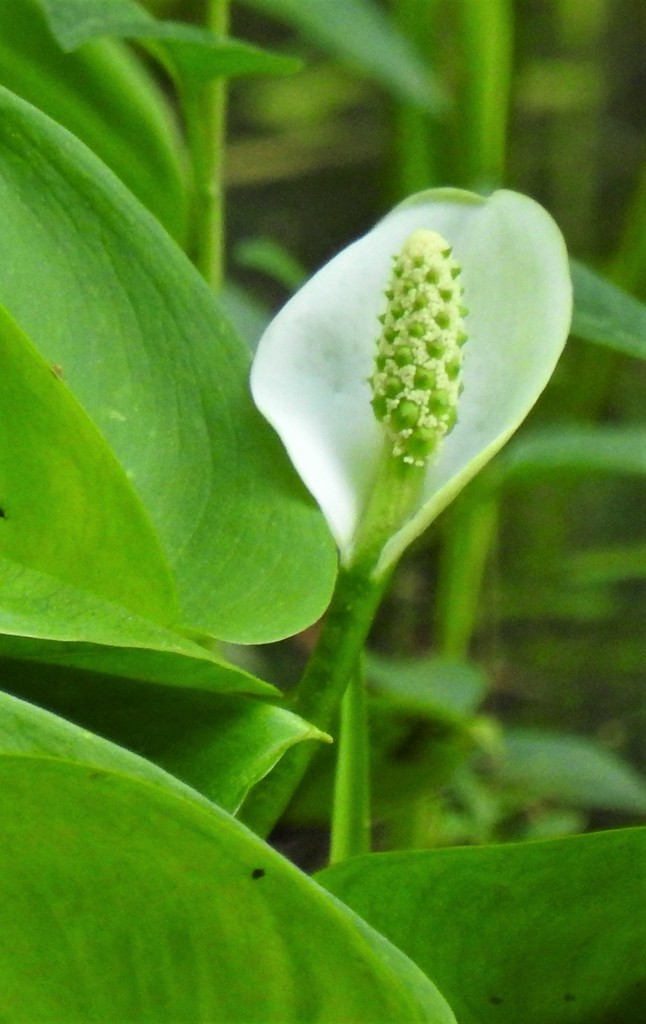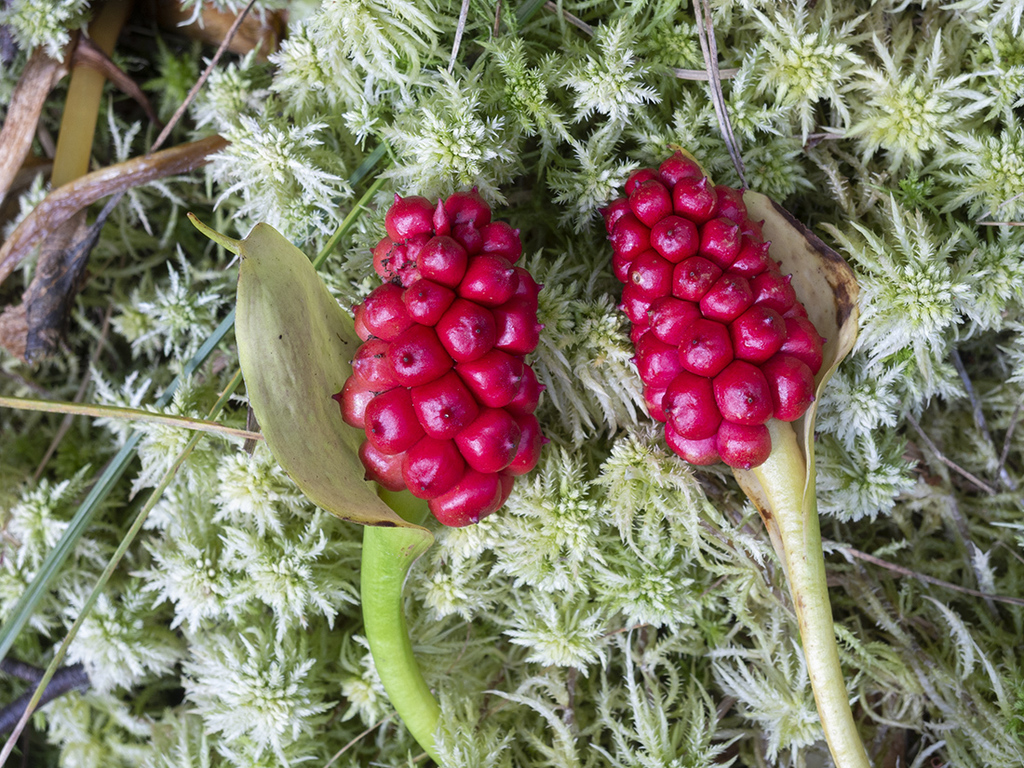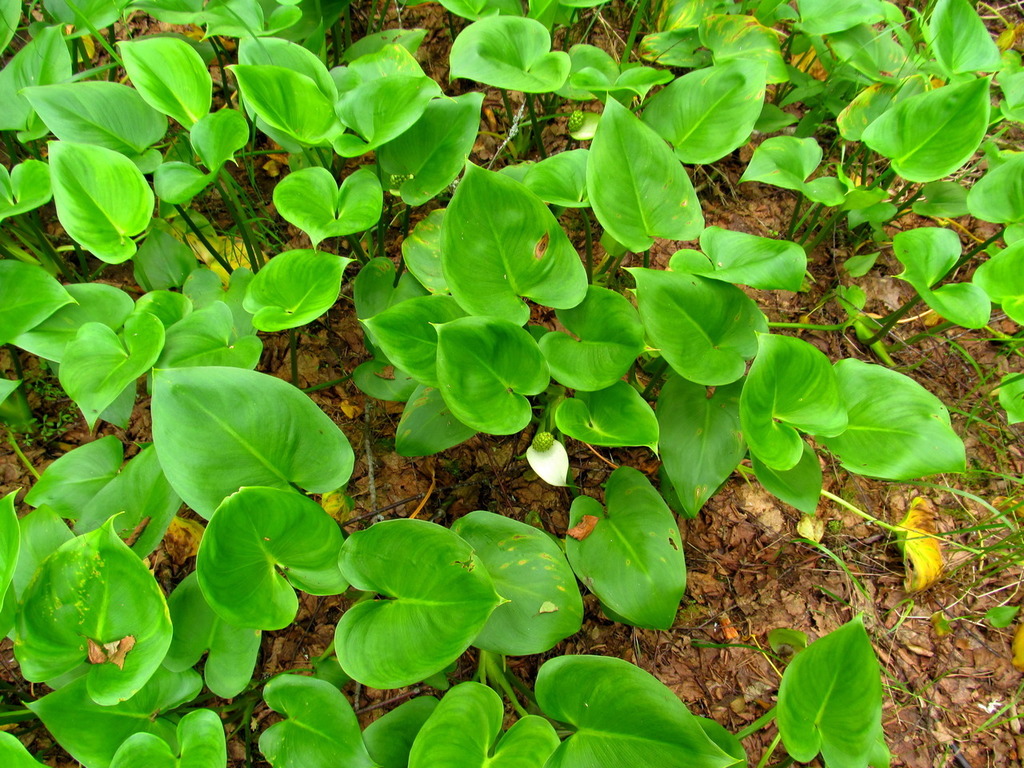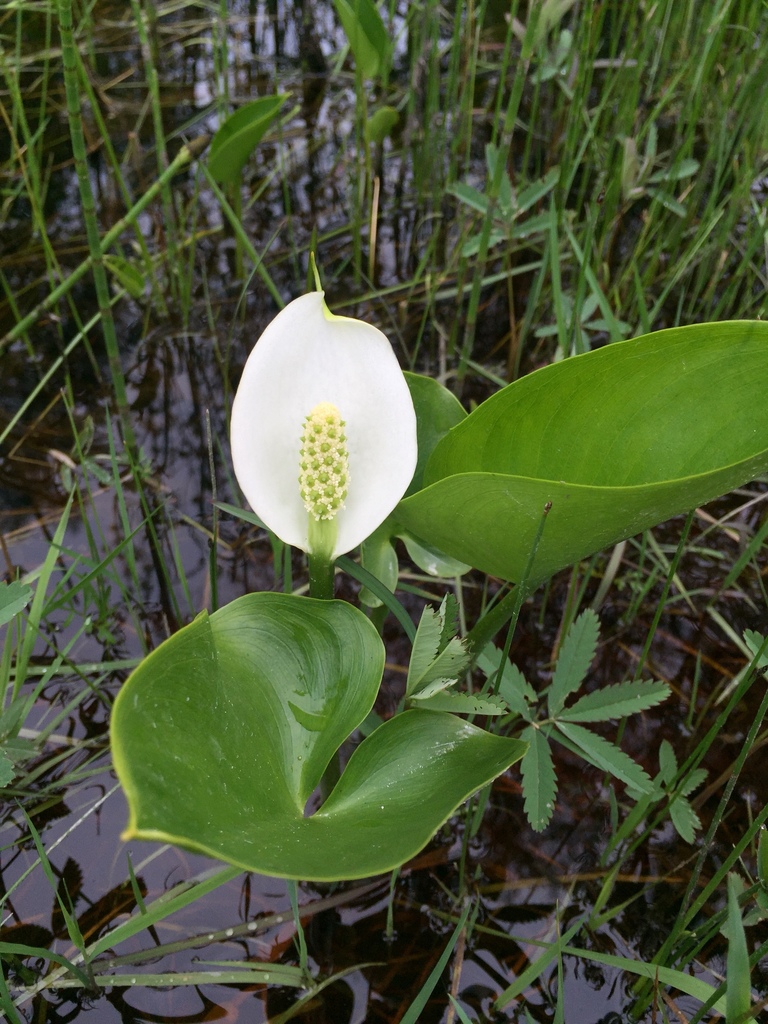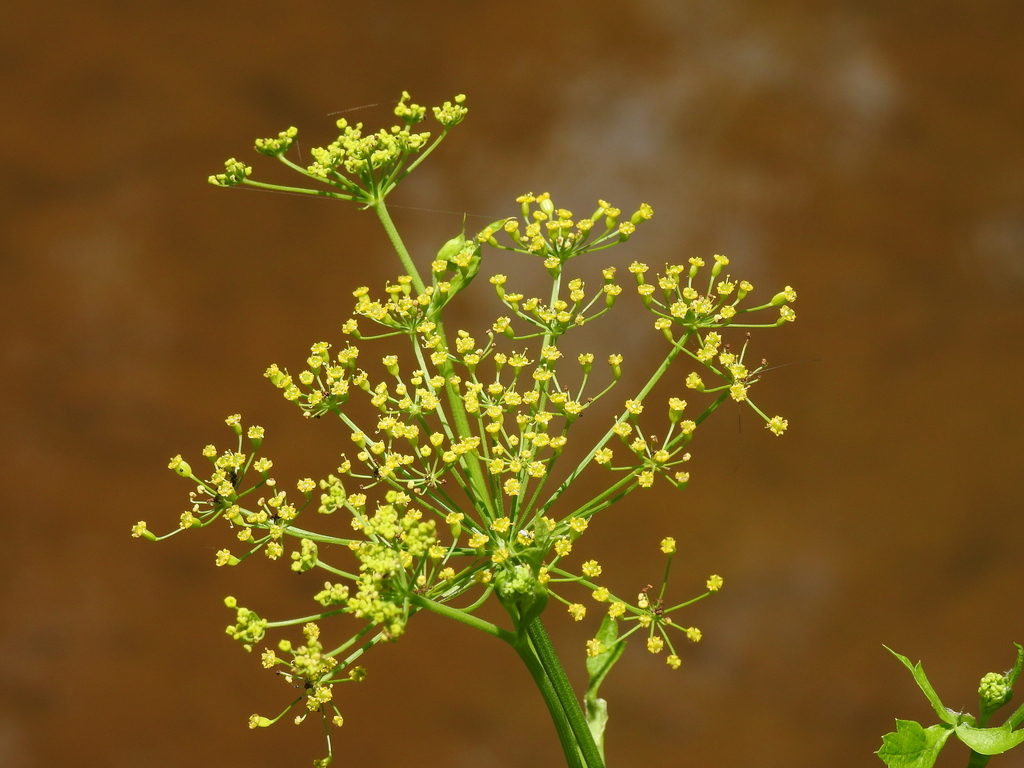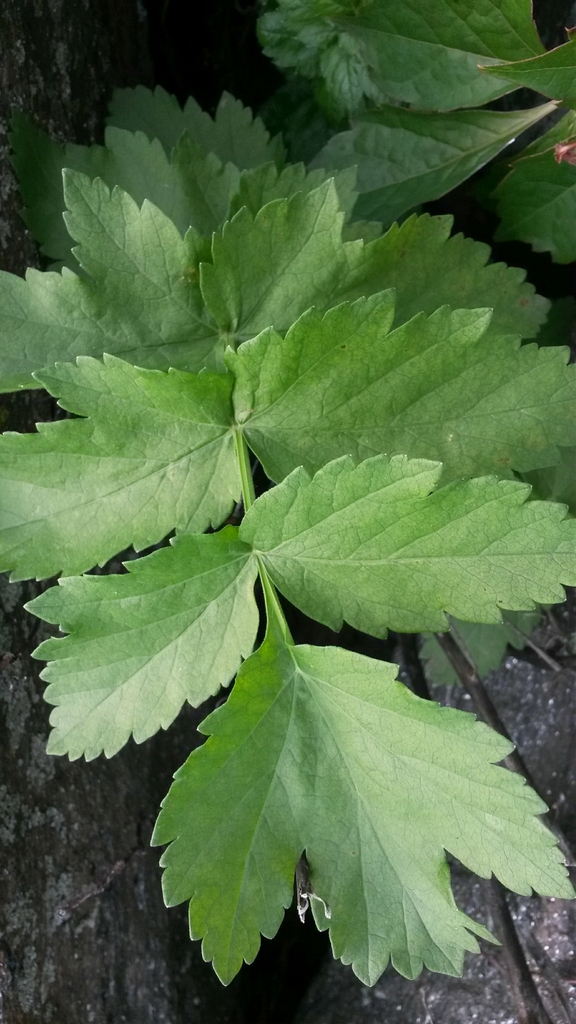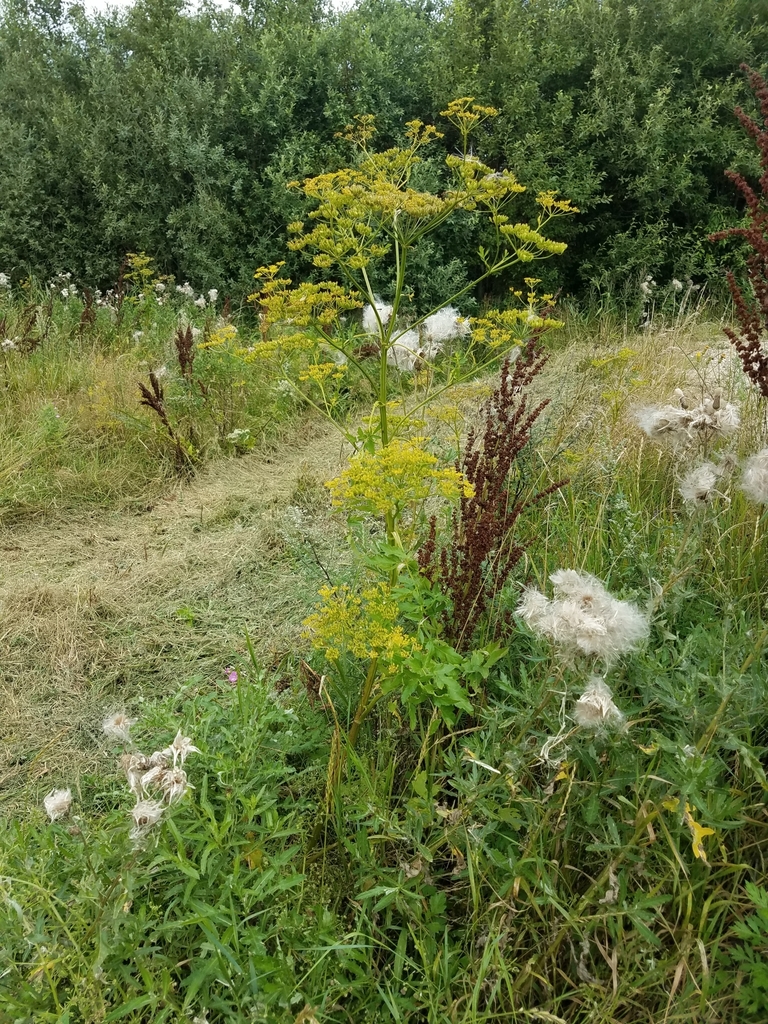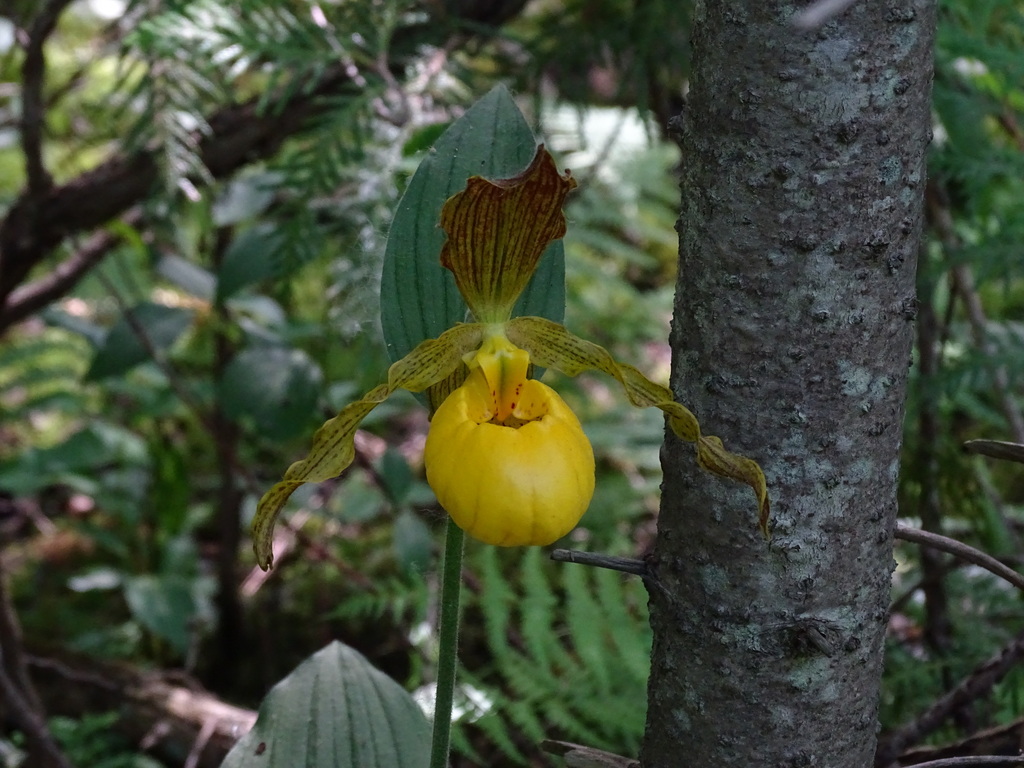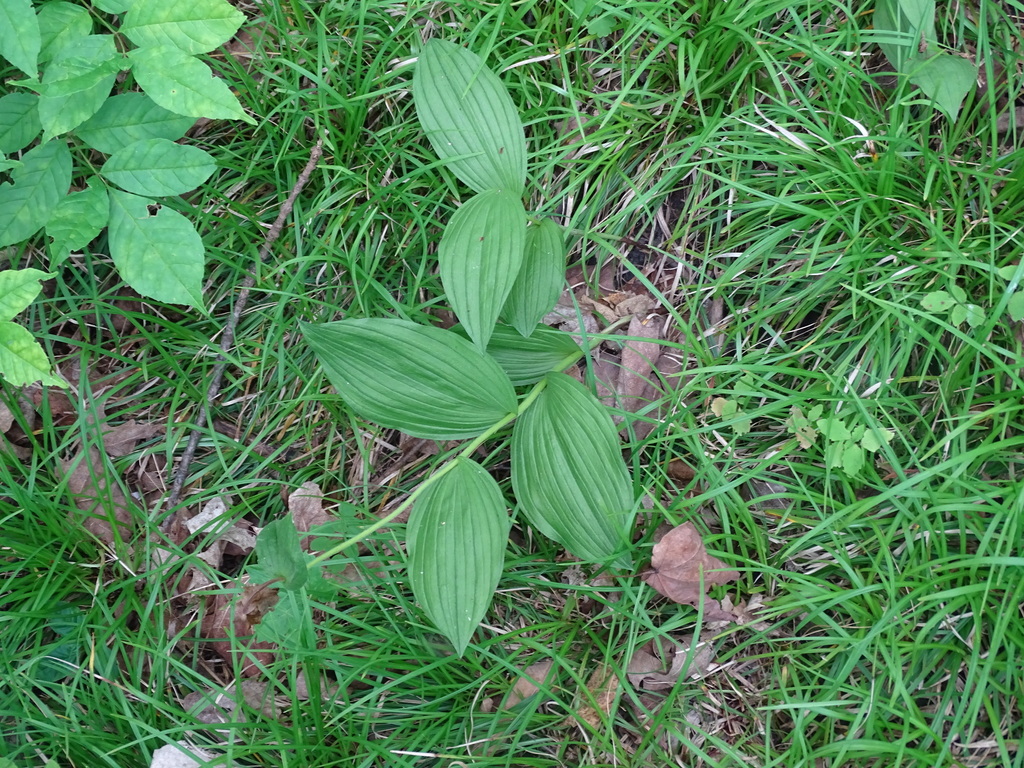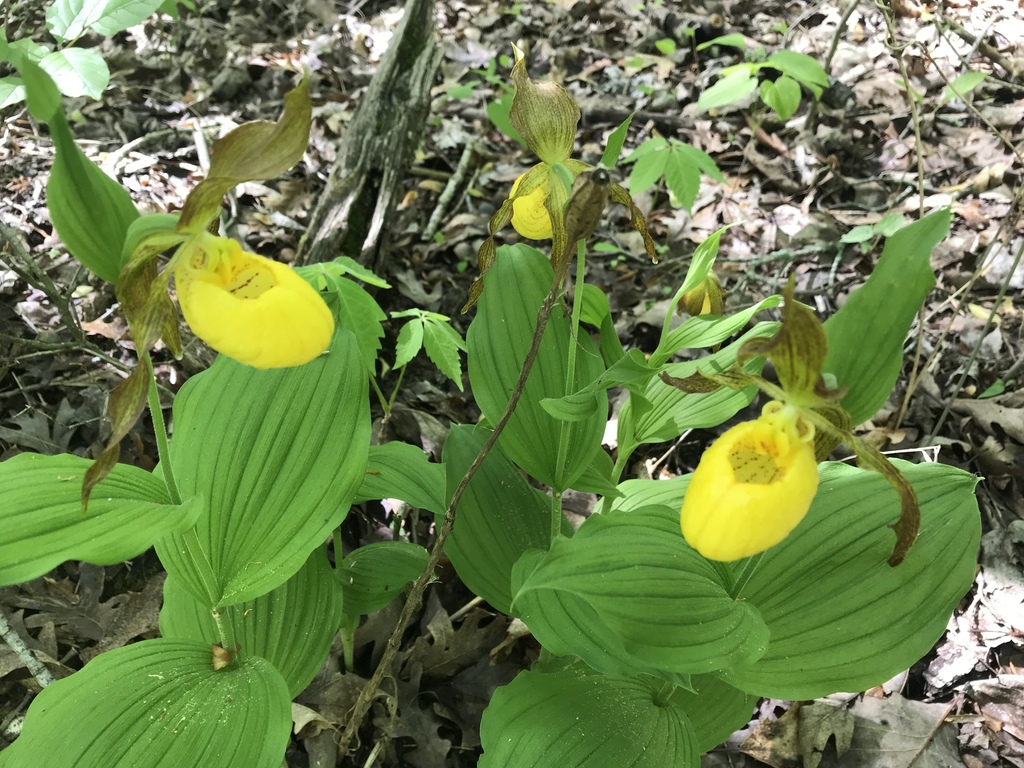Flora Identification Guide
Baneberry, Red (Actaea rubra)
A perennial herb with large, attractive compound leaves and with scores of very small white flowers forming a cone-shaped cluster at the end of each leafy stem. The flowers are replaced by waxy red berries at summer’s end. The veins are often hairy on the back of the leaf.
Toxic part:
All parts, especially roots and berries.
Symptoms:
Increased pulse, dizziness, abdominal pains. (Internal poisoning: cardiogenic oils)
View:
Plant | Leaf | Flower | Fruit | Seed
Baneberry, White (Actaea pachypoda)
A perennial herb with large, attractive compound leaves and with scores of very small white flowers forming a cone-shaped cluster at the end of each leafy stem. The flowers are replaced by waxy white berries at summer’s end. The veins are often hairy on the back of the leaf.
Toxic part:
All parts, especially roots and berries.
Symptoms:
Increased pulse, dizziness, abdominal pains. (Internal poisoning: cardiogenic oils)
View:
Plant | Leaf | Flower | Fruit | Seed
Black Henbane (Hyoscyamus niger)
A naturalized herb found across parts of southern Canada. This plant contains several alkaloids, and it has caused rare poisoning in humans. Human poisoning has been accidental or purposeful because of its reported medicinal or hallucinogenic properties. Black henbane has been used medicinally since ancient times to help with a variety of health problems and as a preventative. Its hallucinogenic effects have led people to eat the seed or chew the flowers, often with detrimental results. Ingestion causes anticholinergic syndrome with stimulatory and hallucinatory effects.
Toxic part:
All parts, leaves, flowers, roots, seeds
Symptoms:
Symptoms of ingestion include restlessness, excitation, convulsions, pupil dilation, difficulty in breathing, increased heart rate, and bloat. (Internal poisoning: several alkaloids - mainly hyoscyamine)
View:
Plant | Leaf | Flower | Fruit | Seed
Black Nightshade (Solanum nigram)
A weedy annual with clusters of small white flowers and green berries turning black or yellow when ripe. Related to the tomato. The leaves may be hairy. Included in the flower garden section because the plant is more toxic to humans than those contained in the field plants section. Highly toxic. Children have been poisoned and have died after ingesting unripe berries. The ripe berries cause reduced symptoms of mild abdominal pains, vomiting, and diarrhea.
Toxic part:
All parts, including immature fruit; ripe berries are edible.
Symptoms:
Nausea, vomiting, abdominal pains, constipation, or bloody diarrhea, sluggishness, salivation, labored breathing, trembling, weakness, loss of feeling, paralysis, death. (Internal poisoning: solanine)
View:
Plant | Leaf | Flower | Fruit | Seed
Bracken Fern, Brake (Pteridium aquilinum)
A coarse fern, up to 1.5 m tall. Dark brown, branched rhizomes (horizontal roots). The stiff fronds (leaves) are somewhat fan-shaped and the mid-rib is often hairy. Found in wooded, mountain areas.
Toxic part:
All parts green or dry. The rhizome is most poisonous.
Symptoms:
Sometimes mistakenly eaten as fiddleheads. Poisoning unlikely though because the enzyme is destroyed by heat. Causes a thiamine deficiency. (Internal poisoning: enzyme thiaminase)
View:
Plant | Leaf | Fiddle | Fruit | Seed
Chokecherry (Prunus virginiana)
Numerous members of the cherry family grow in Alberta; however, the poisonous ones to note are pincherry (P. pensylvanica), chokecherry (P. virginiana) and the purple-leaved Shubert chokecherry.
The chokecherry grows wild or can be in cultivation whereas the Shubert chokecherry is only found in cultivation. The trees are small (up to 3 m) have smooth, shiny, dark brown bark and produce stalks of white flowers in June. Seeds of the closely related peach and apricot plants are also poisonous.
Toxic part:
All parts, fruit safe if pits removed.
Symptoms: Abdominal pains, nausea, vomiting, coma, sweating, lethargy. (Internal poisoning: cyanogenetic glycosides)
View:
Plant | Leaf | Flower | Fruit | Seed
Climbing Nightshade (Solanum dulcamara)
A naturalized woody vine that is found along fencerows, among shrubbery, and at wood edges across most of southern Canada. The leaves may be hairy. Included in the flower garden section because the plant is more toxic to humans than those contained in the field plants section. Highly toxic. Children have been poisoned and have died after ingesting unripe berries. The ripe berries cause reduced symptoms of mild abdominal pains, vomiting, and diarrhea.
Toxic part:
All parts, including immature fruit; ripe berries are edible.
Symptoms:
Nausea, vomiting, abdominal pains, constipation, or bloody diarrhea, sluggishness, salivation, labored breathing, trembling, weakness, loss of feeling, paralysis, death. (Internal poisoning: solanine)
View:
Plant | Leaf | Purple Flower | White Flower | Seed
Common Groundsel (Senecio vulgaris)
A naturalized herb found across much of Canada in fields and waste places. This plant contains pyrrolizidine alkaloids, which cause irreversible liver damage after chronic exposure. Humans use this plant in teas and herbal remedies in some parts of the world. Death occurred after some species of the genus Senecio were ingested. Humans should not ingest foods that contain any plant material from this genus.
Toxic part:
All parts, flowers, leaves.
Symptoms:
The highest concentration of pyrrolizidine alkaloids is found in the flowers and the lowest in the roots. The amount of toxin increases in the leaves, reaching a maximum just before flower maturity. Though Common groundsel is used in herbal medicine and teas around the world, humans should not ingest any foods, teas, or remedies that contain any plant material from the genus Senecio. Chronic poisoning occurs, resulting in veno-occlusive disease in children and Budd-Chiari syndrome (more commonly) in adults. (Internal poisoning: pyrrolizidine alkaloids)
View:
Plant | Leaf | Flower | Fruit | Seed
Cow Parsnip (Heracleum maximum)
A coarse perennial herb, 1 - 2 m tall with large hairy heart-shaped leaves. Small white flowers produced in large flat-topped clusters. The leaf stem is wide where it is attached to the main stem. The fruit is flat, winged and has dark lines (oil tubes). Grows in damp wooded areas. Note: May be confused with water parsnip or the highly toxic water hemlock, or giant hogweed.
Toxic part:
Leaves.
Symptoms:
Minor skin irritation to painful blistered inflammation in humans and livestock. (Dermatitis; furocoumarins)
View:
Plant | Leaf | Flower | Fruit | Seed
Death Camas (Zygadenus gramineus)
The death camas, which commonly grows in plains and hillsides is much more toxic than the Mountain Deathcamas, which grows in moist wooded places.. Leaves are long, narrow and grass-like and gathered around the base of the stem. The tall stem is topped with a branched cluster of greenish to yellowish-white flowers. Both have glands at the base of the flowers. Humans have also been poisoned after ingesting the bulbs, which were mistaken for other plants such as onions.
Toxic part:
All parts, especially leaves and bulbs.
Symptoms:
Abdominal pain, nausea, vomiting, trembling, muscular weakness, difficult breathing, lowered body temperature, coma, death. Can cause poisoning in livestock. (Internal poisoning: alkaloids)
View:
Plant | Leaf | Flower | Fruit | Cluster
Devil’s Club (Oplopanax horridum)
A coarse perennial shrub, 1 - 3 m high, occurring at scattered points along the east slope of the Rocky Mountains and also in the region of Lesser Slave Lake. It is distinguished by a single, thick stem armed with long, sharp, poisonous spines. Has an abundance of large maple-like leaves 5 - 7 lobes, 10 - 30 cm wide, covered with equally sharp spines along the underside. The minute greenish-white flowers are crowded in a dense cluster at the end of the stem and are replaced with a cluster of inedible red berries.
Toxic part:
Spines along leaf stalk and leaf veins.
Symptoms:
Painful wounds, swelling. (Dermatitis)
View:
Plant | Leaf | Flower | Fruit | Seed
Lupine (Lupinus spp.)
Lupines grow wild, and both annuals and perennials are cultivated in gardens where they grow to approximately 60 cm to 1 m in height. Pea-like flowers are produced in spikes and may be blue, pink, red, yellow or apricot and may be bicoloured. Each leaf consists of many leaflets arranged like fingers on a hand. Some, but not all lupines are toxic.
Toxic part:
All parts, especially seeds.
Symptoms:
Ingestion of a relatively large quantity of lupines over a brief time is generally required. Symptoms include difficulty breathing, twitching, convulsions, unconsciousness, death. (Internal poisoning: alkaloids)
View:
Plant | Leaf | Flower | Fruit | Seed
Marsh Marigold (Caltha palustris)
A thick, hollow-stemmed marsh plant 20 - 60 cm tall. The stem branches near the top. Produces round or kidney-shaped deep green leaves. The leaf stems become shorter towards the top of the plant. Sprays of brilliant golden-yellow flowers appear early in May.
Toxic part:
All parts, young plants not poisonous.
Symptoms:
Irritation and inflammation of the stomach and intestines, salivation, diarrhea, abdominal pain, convulsions. (Internal poisoning: protoanemonin)
View:
Plant | Leaf | Flower | Fruit | Seed
Mountain Deathcamas (Anticlea elegans)
Mountain Deathcamas grows in moist wooded places and is less toxic than the highly toxic death camas, which commonly grows in plains and hillsides. Leaves are long, narrow and grass-like and gathered around the base of the stem. The tall stem is topped with a branched cluster of greenish to yellowish-white flowers. Both have glands at the base of the flowers.
Toxic part:
All parts, especially leaves and bulbs.
Symptoms:
Abdominal pain, nausea, vomiting, trembling, muscular weakness, difficult breathing, lowered body temperature, coma, death. Can cause poisoning in livestock. (Internal poisoning: alkaloids)
View:
Plant | Leaf | Flower | Fruit | Seed
Mountain Laurel, Hog Laurel (Kalmia polifolia var. microphylla)
A small woody bush, about 5 - 20 cm tall. Stems have few branches and are hairless with a ‘bloom’. The leaves are 0.5 - 1.0 cm long, evergreen and white underneath. The flowers are rose coloured and showy. Found in boggy areas in the Rocky Mountains and northern Alberta.
Toxic part:
All parts.
Symptoms:
Watering of the mouth, eyes and nose, loss of energy, slow pulse, vomiting, low blood pressure, lack of co-ordination, convulsions, paralysis of arms and legs, coma, death. (Internal poisoning: andromedotoxin)
View:
Plant | Leaf | Flower | Fruit | Seed
Northern Water Hemlock (Cicuta maculata)
A tall marsh plant that may also occur as a weed along moist ditch edges. It is readily recognized by its clusters of thickened roots and drops of yellow oily fluid that ooze from cut tissue. Has smooth hollow stems and compound leaves with toothed leaflets. Flowers are white or greenish, in clusters. The fruit is flattened and has ribs and oil tubes. A highly toxic plant that is easily mistaken for an edible plant because its roots have a pleasant, parsnip-like odour. Instances of poisoning in Canada should be fewer for northern water-hemlock because the concentration of chemicals is lower and the plant has essentially a boreal distribution.
Toxic part:
Leaves, roots
Symptoms:
Stomach pain, nausea, vomiting, diarrhea, elevated temperature, dilated pupils, labored breathing, frothing at the mouth, weak and rapid pulse, tremors, delirium, violent convulsions, death; many cases of loss of human life on record. (Internal poisoning: cicutoxin)
View:
Plant | Leaf | Flower | Fruit | Seed
Pinchcherry (Prunus pensylvanica)
Numerous members of the cherry family grow in Alberta; however, the poisonous ones to note are pincherry (P. pensylvanica), chokecherry (P. virginiana) and the purple-leaved Shubert chokecherry.
The pincherry grows wild or can be in cultivation. The trees are small (up to 6 m) have smooth, shiny, dark brown bark and produce stalks of white flowers in June. Seeds of the closely related peach and apricot plants are also poisonous.
Toxic part:
All parts, fruit safe if pits removed.
Symptoms:
Abdominal pains, nausea, vomiting, coma, sweating, lethargy. (Internal poisoning: cyanogenetic glycosides)
View:
Plant | Leaf | Flower | Fruit | Seed
Pink Lady’s Slipper (Cypripedium acaule)
A native perennial orchid that grows across most of Canada. The plant can cause severe dermatitis in some individuals, as do the other Cypripedium spp., upon contact with the glandular hairs on the leaves and stem. One to three yellow, orchid-like flowers are produced on long stems emerging from leafy bases.
Toxic part:
Leaves, stems.
Symptoms:
Mild skin irritation to painful blisters. (Dermatitis; cypripedin)
View:
Plant | Leaf | Flower | Fruit | Seed
Poison Ivy (Rhus radicans)
Poison ivy is a low (10 - 40 cm), somewhat sprawling shrub that grows in most ravines, shady woods and along river flats and streamsides, not common in Alberta. It is easily recognized by its compound leaves of three green drooping leaflets, 3 - 15 cm long. Has tight clusters of small yellowish-green flowers that are followed by showy bunches of dull, white, round, hard berries. In autumn, poison ivy leaves are a brilliant red.
Toxic part:
All parts.
Symptoms:
Burning, itching rash to broken blisters: in severe cases, the infection covers the entire body producing swelling and fever: death has occurred occasionally. (Dermatitis, internal poisoning: urushiol)
View:
Plant | Leaf | Flower | Fruit | Seed
Prince’s Pine (Chimaphila umbellata var. occidentalis)
A medium-sized shrub with slightly woody, many branched stems. Leaves are thick, shiny, evergreen and 2 - 7 cm long with fine serrations along most of the edge. Leaves are often in whorls of 3 - 8. Also produces white or purplish fragrant flowers in a cluster. Found mainly in southern Alberta, in dry woods.
Toxic part:
Leaves and stems.
Symptoms:
Minor skin irritation to painful blistered inflammation. (Dermatitis)
View:
Plant | Leaf | Flower | Fruit | Seed
Sneezeweed, Bitterweed (Helenium autumnale)
Grown as a cultivated flower (not popular) and exists as a wildflower. It is a coarse, 0.6 to 1.2 m tall, late-blooming member of the daisy family. The stems usually branch near the top of the plant. Flowers of the native plants are yellow; introduced cultivars can have yellow, red or yellow and maroon flowers. The alternate, nearly smooth leaves are usually lance-shaped, but some are as thin as grass. The plant is well-named because it is highly irritating to the nose, eyes, and stomach.
Toxic part:
All parts.
Symptoms:
Symptoms in humans not reported; however, poisoning noted in livestock with symptoms including laboured breathing, convulsions and frothing of the mouth in cattle. (Internal poisoning: dugaldin)
View:
Plant | Leaf | Flower | Fruit | Seed
Spotted Water Hemlock (Cicuta maculata)
A tall marsh plant that may also occur as a weed along moist ditch edges. It is readily recognized by its clusters of thickened roots and drops of yellow oily fluid that ooze from cut tissue. Has smooth hollow stems and compound leaves with toothed leaflets. Flowers are white or greenish, in clusters. The fruit is flattened and has ribs and oil tubes. A highly toxic plant that is easily mistaken for an edible plant because its roots have a pleasant, parsnip-like odour.
Toxic part:
Leaves, roots
Symptoms:
Stomach pain, nausea, vomiting, diarrhea, elevated temperature, dilated pupils, labored breathing, frothing at the mouth, weak and rapid pulse, tremors, delirium, violent convulsions, death; many cases of loss of human life on record. (Internal poisoning: cicutoxin)
View:
Plant | Leaf | Flower | Fruit | Seed
Stinging Nettle (Urtica dioica)
A herbaceous perennial flowering plant in the family Urticaceae, found across Canada and includes a wide-ranging native subspecies and an introduced subspecies found in the Maritime Provinces. The plant can form large colonies in orchards, farmyards, old pastures, ditches, and waste places. The stinging hairs readily break, allowing the secretions to enter skin. Humans receive a painful sting, followed by a small reddish swelling and prolonged itching and numbness. Initial reactions last only a few minutes but repeated contact can cause the pain to intensify and last for days.
Toxic parts:
Hairs.
Symptoms:
The stinging hairs of stinging nettle contain the compounds acetylcholine, histamine, and 5-hydroxytryptamine. Acetylcholine is found naturally in mammals and is involved in firing nerves, whereas histamine causes swelling. (Dermatitis; acetylcholine, histamine, and 5-hydroxytryptamine)
View:
Plant | Leaf | Flower | Fruit | Seed
Thin-leaved Snowberry (Symphoricarpos albus)
Thin-leaved snowberry is a native shrub found throughout much of Canada in woods and open slopes. The plant is also used as an ornamental shrub in many areas. The white berries contain the isoquinoline alkaloid chelidonine, as well as other alkaloids. Ingesting the berries causes mild symptoms of vomiting, dizziness, and slight sedation in children. The risk of severe poisoning does not appear great because of vomiting that occurs after ingestion. Children should be discouraged from eating the attractive white fruit.
Toxic part:
Mature fruit.
Symptoms:
Children who ingest the attractive white fruits may experience vomiting, dizziness, and mild sedation. Blood-stained urine has also reported.
View:
Plant | Leaf | Flower | Fruit | Seed
Trillium (Trillium spp.)
A small, flowering, bulbous plant that produces all parts (leaves, petals and sepals) in groups of three. Flowers are 3 - 7.5 cm long, and their colour varies from white to pink depending on species. An uncommon native plant that grows in shady forests, sometimes grown as an ornamental.
Toxic part:
Rootstocks.
Symptoms:
Violent vomiting. (Internal poisoning)
View:
Plant | Leaf | Red Trillium | Large White Trillium | Painted Trillium | Pacific Trillium
Wild Calla (Calla palustris)
Well known, but it is usually viewed from a distance because it inhabits moist, boggy areas. The oval leaves grow on long stems all coming from the base of the plant. The flowers consist of a broad leaf-like bract (spathe) behind a club-like spike (spadix). The true flowers are small and crowded evenly over the surface of the spadix. After pollination, the spathe rots away, and the spadix becomes a dense, fleshy head of orange-red berries.
Toxic part:
All parts, particularly rhizomes.
Symptoms:
Intense irritation and a burning sensation in the mouth; death has occurred in animals. (Dermatitis, internal poisoning: calcium oxalates)
View:
Plant | Leaf | Flower | Fruit | Seed
Wild Parsnip (Pastinaca sativa)
A cultivated and a naturalized biennial plant with a rosette of roughly hairy leaves that have a pungent odor when crushed. The plant sap can cause photodermatitis in some individuals after exposure to sunlight. Exposure to leaves, stems, and peeling roots can cause the problem. The edible roots contain enough furocoumarins to be physiologically active in some cases. These toxins are mutagenic (even in the dark) inducing melanization in human skin. Photodermatitis from this plant is often confused with poison-ivy dermatitis.
Toxic part:
Leaves, stems, sap.
Symptoms:
Skin irritation and painful blistered inflammation in humans. (Dermatitis; furocoumarins)
View:
Plant | Leaf | Flower | Fruit | Seed
Yellow Lady’s Slipper (Cypripedium calceolus)
One to three yellow, orchid-like flowers are produced on long stems emerging from leafy bases. The plant causes a type of dermatitis that resembles the dermatitis caused by poison-ivy.
Toxic part:
Leaves, stems.
Symptoms:
Mild skin irritation to painful blisters. (Dermatitis; cypripedin)
View:
Plant | Leaf | Flower | Fruit | Seed
Sources:
Canadian Biodiversity Information Facility
iNaturalist Canada Network
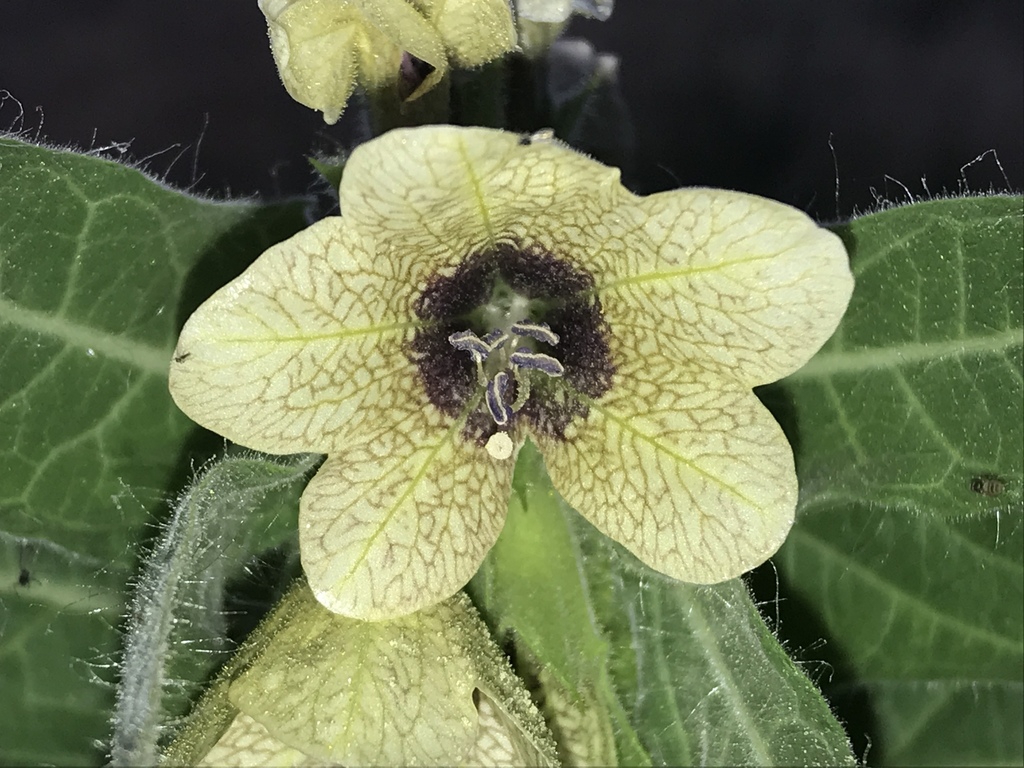
CC0 - Robb Hannawacker
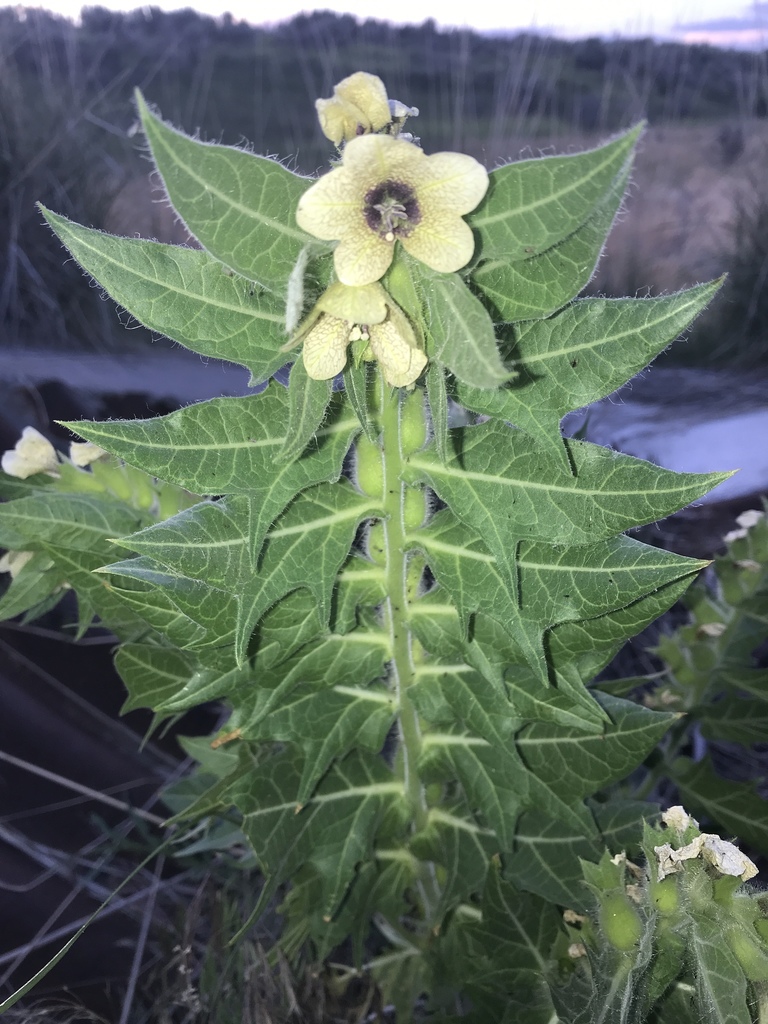
CC0 - Robb Hannawacker
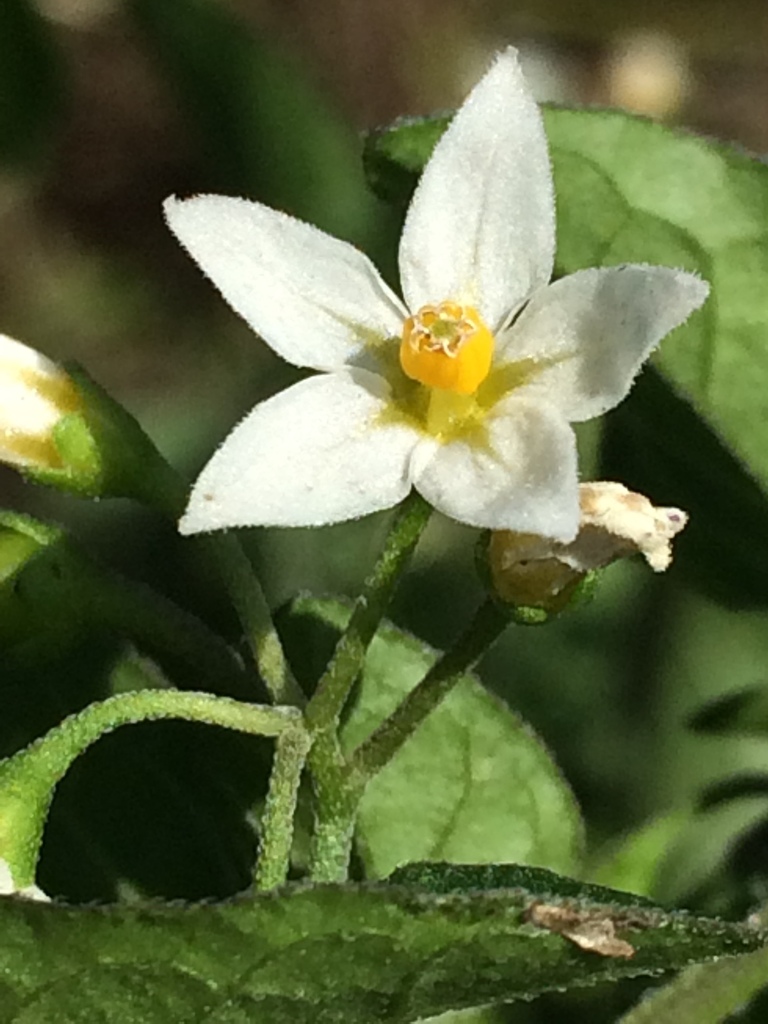
CC0 - Jeffrey Lee
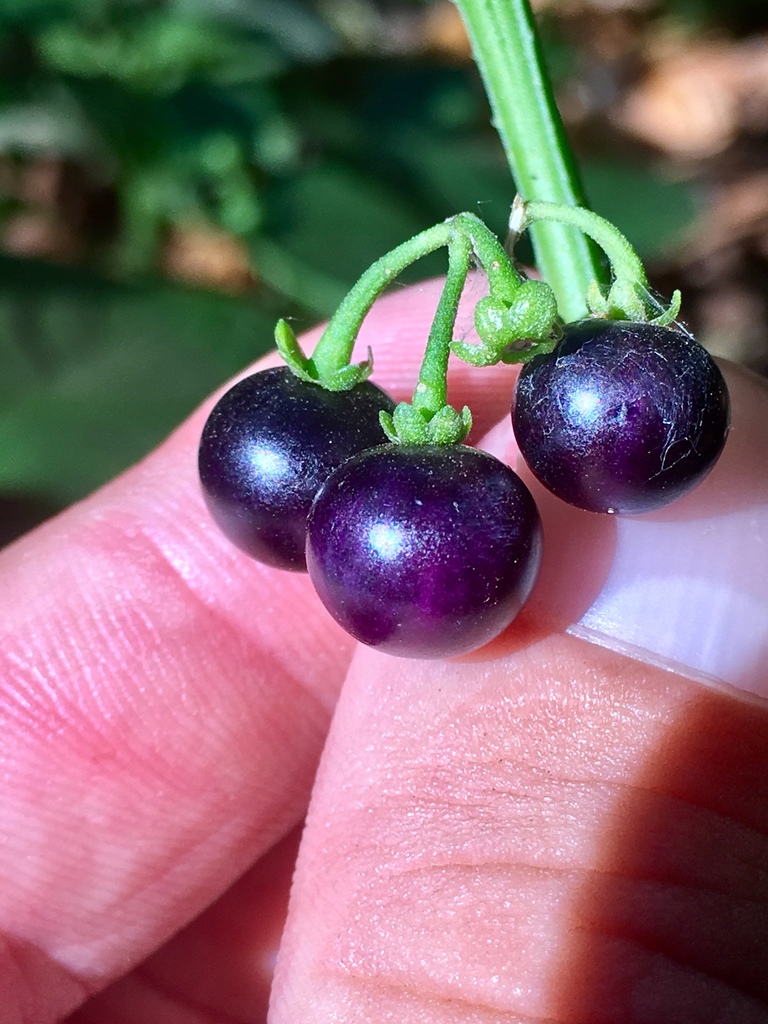
CC0 - Al Hayman
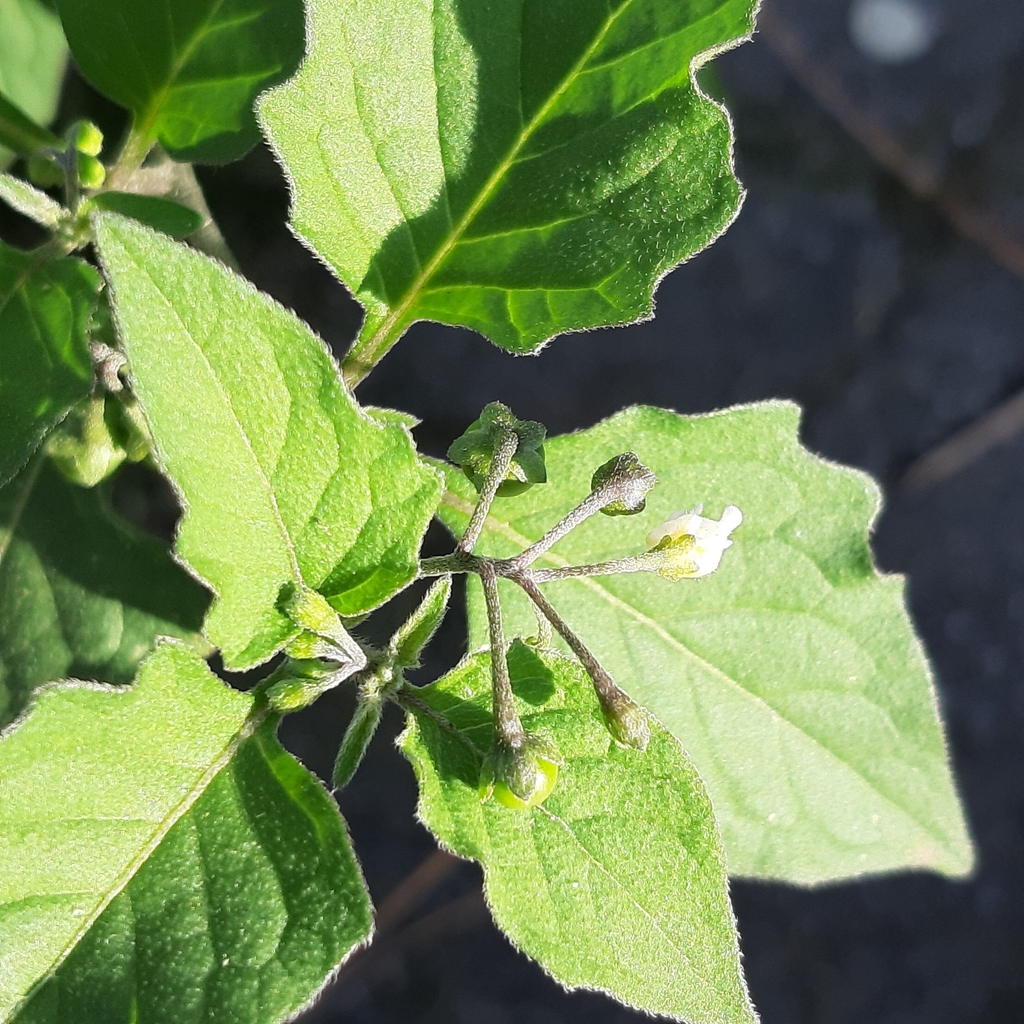
CC0 - Damiano Oldoni
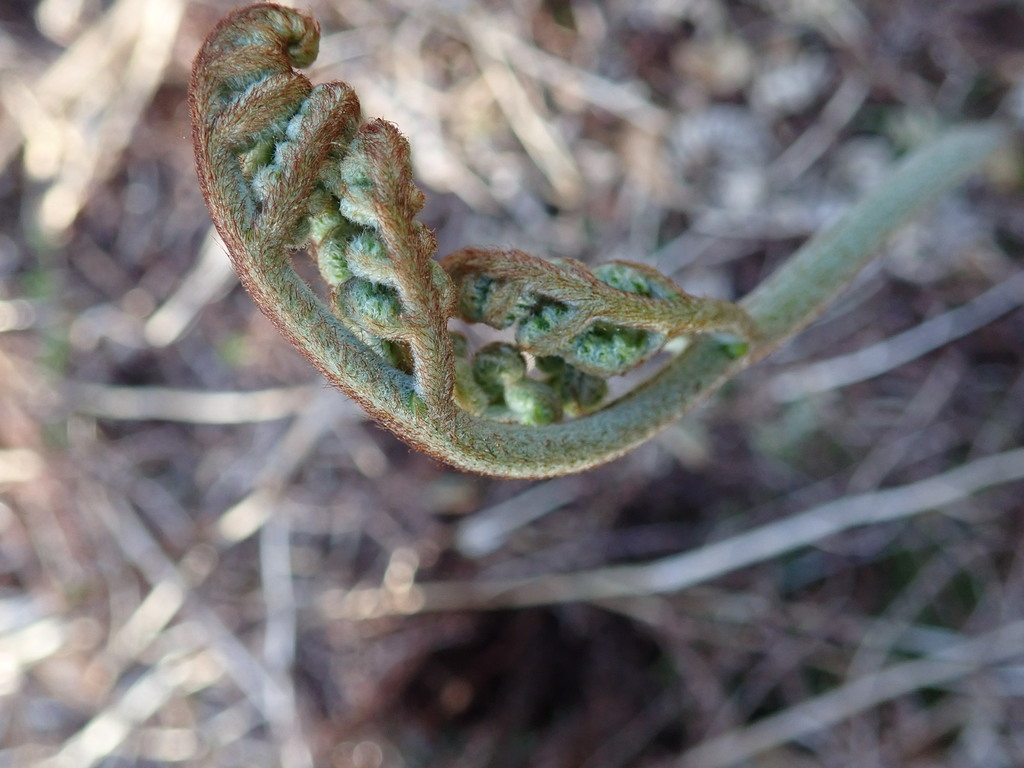
CC0 - rambryum
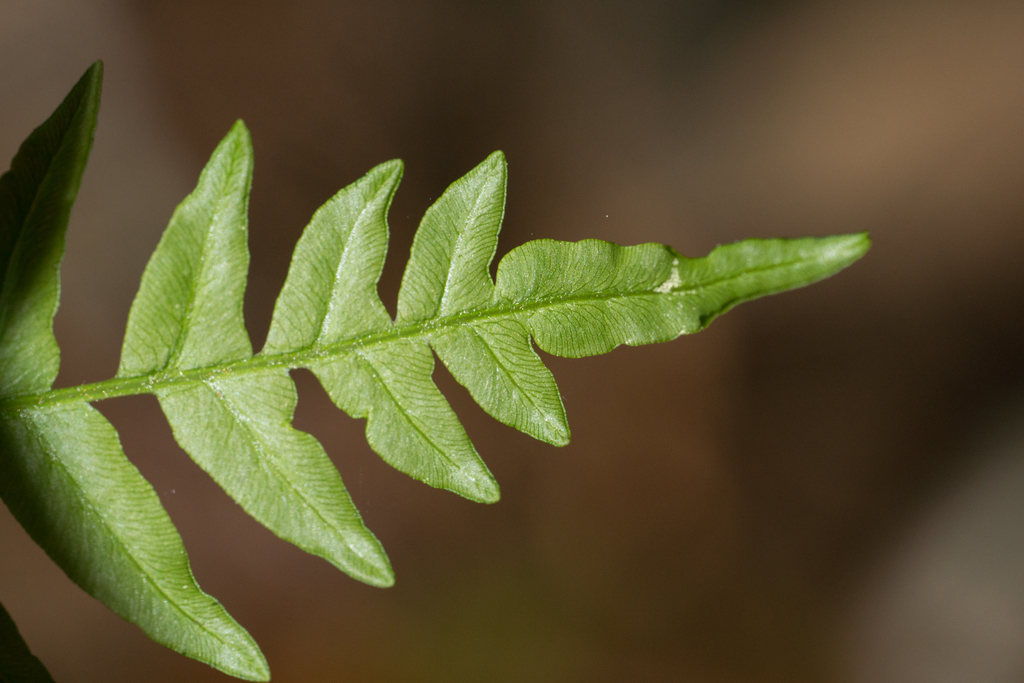
CC0 - Jesse Rorabaugh
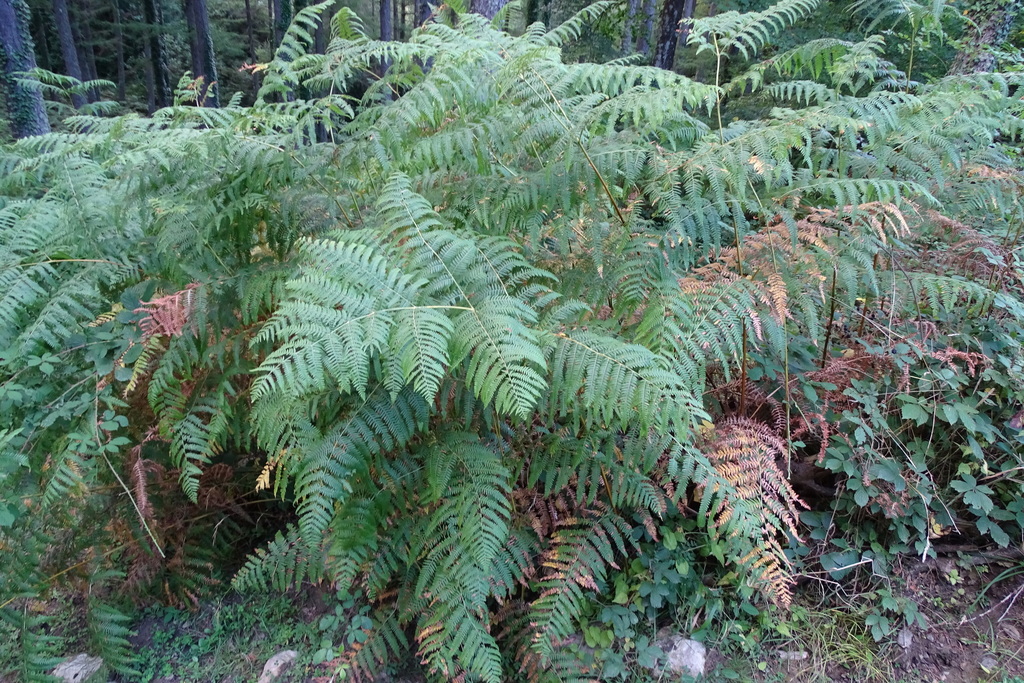
CC0 - ikernf
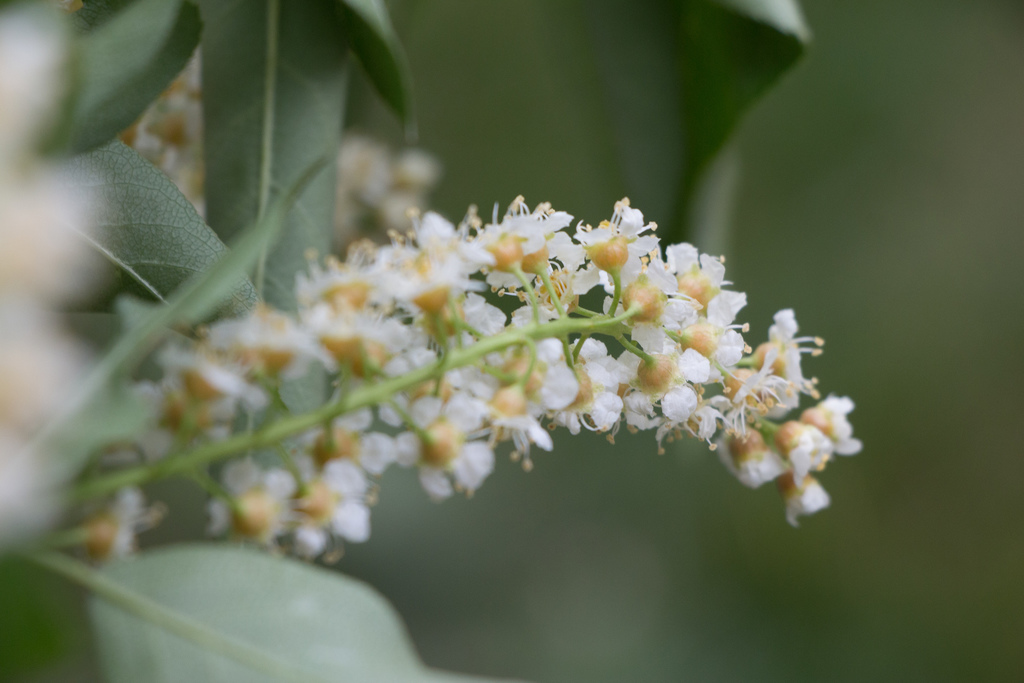
CC0 - Ryan Uncapher
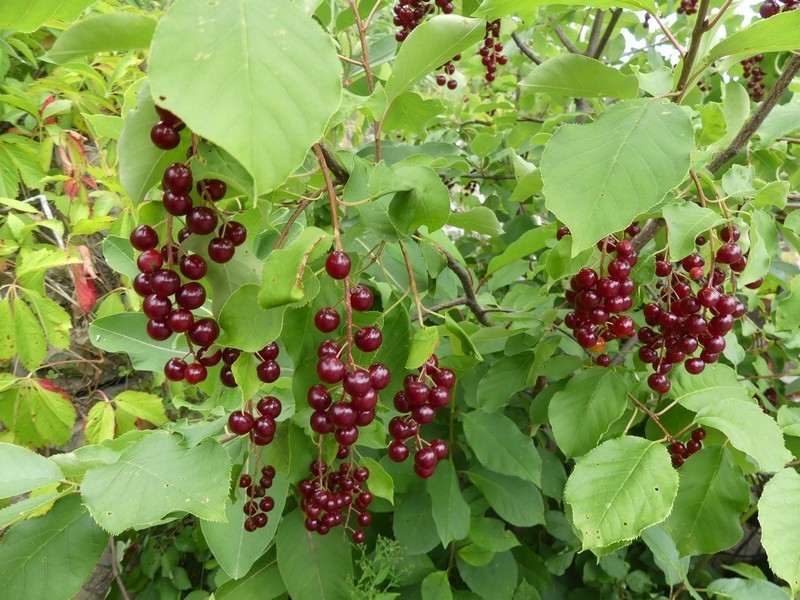
CC0 -Christian Grenier
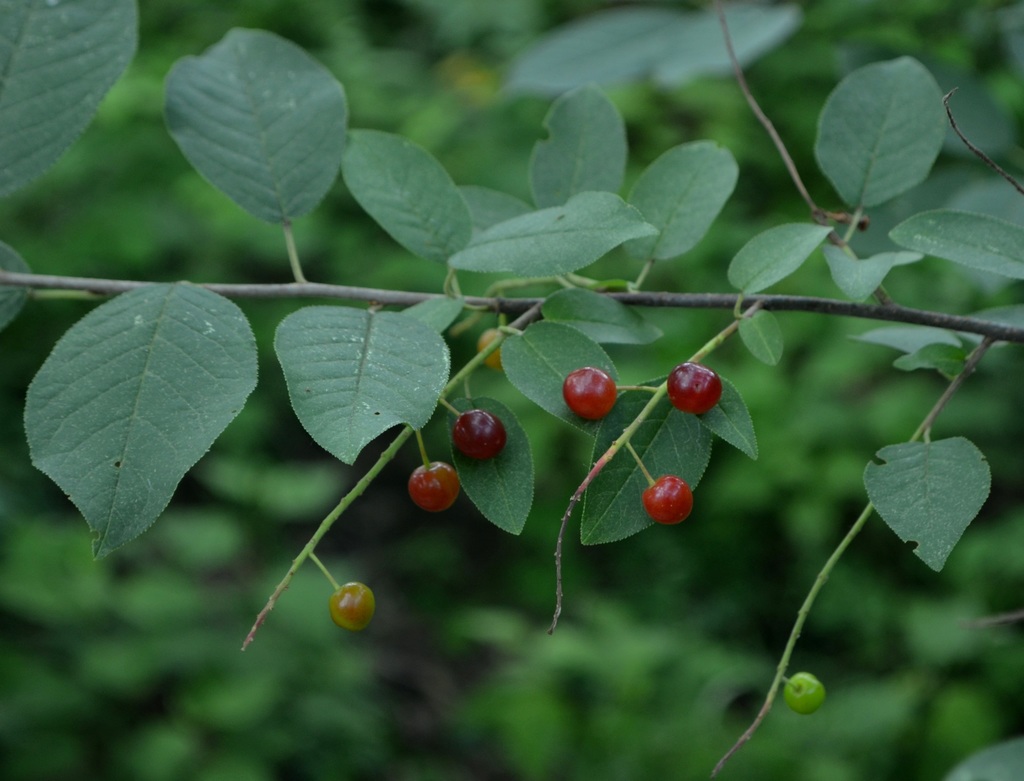
CC0 -Evan Barker
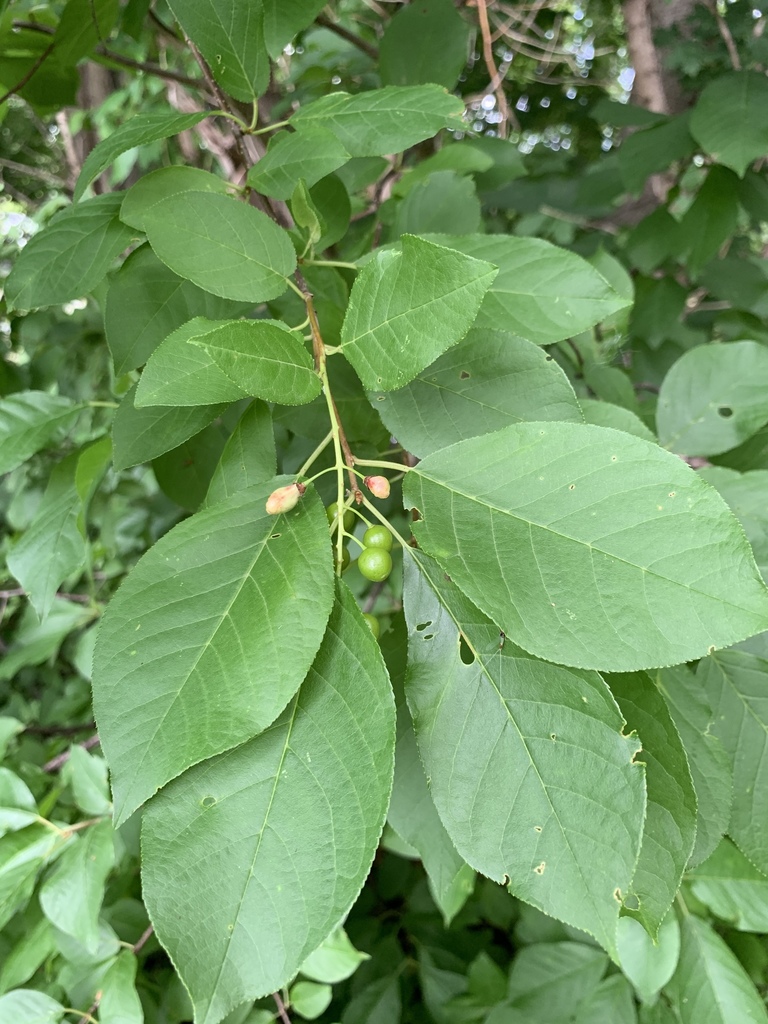
CC0 -Scott Loarie
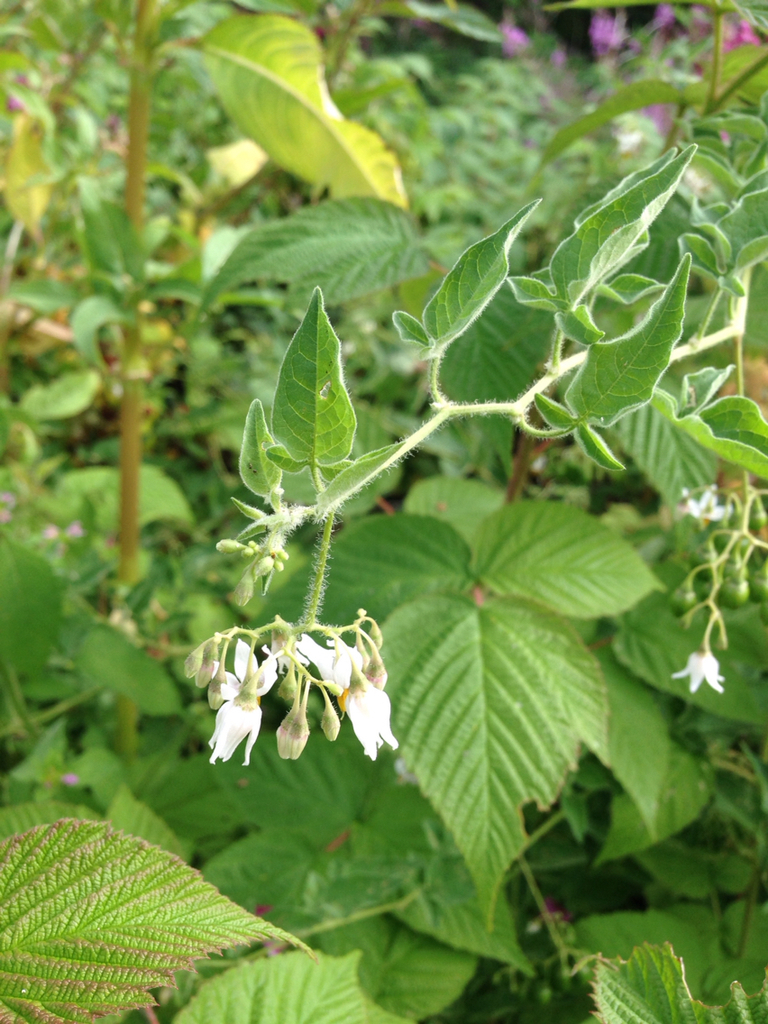
CC-BY-NC Lena Dietz Chiasson
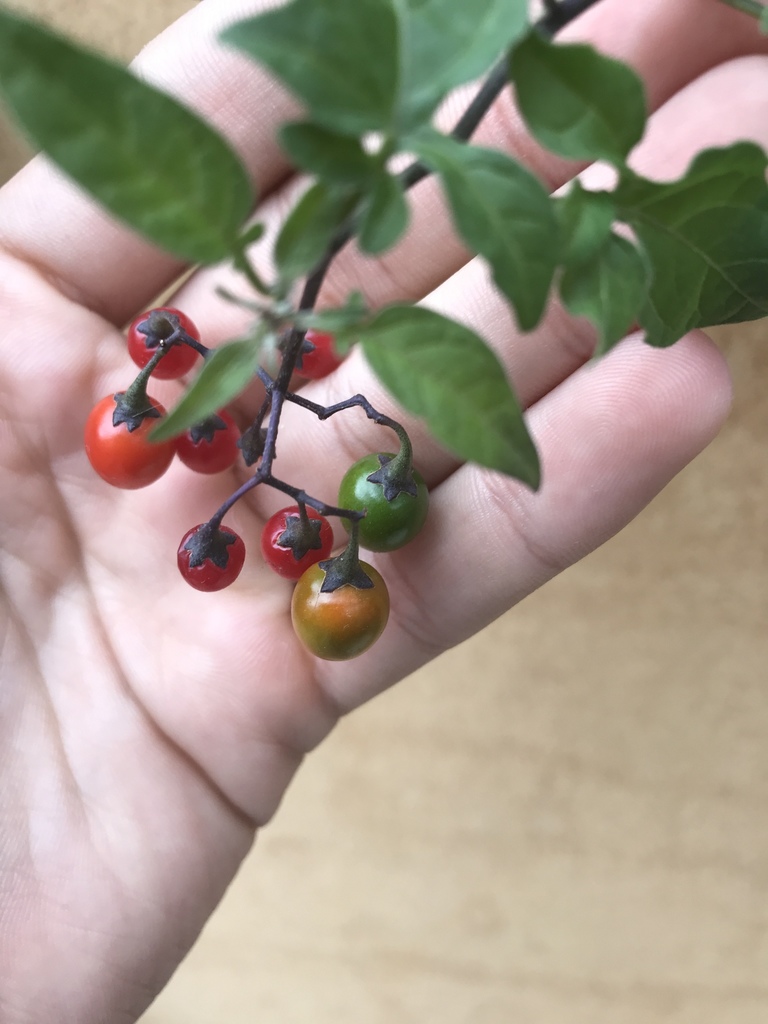
CC-BY-NC petery333
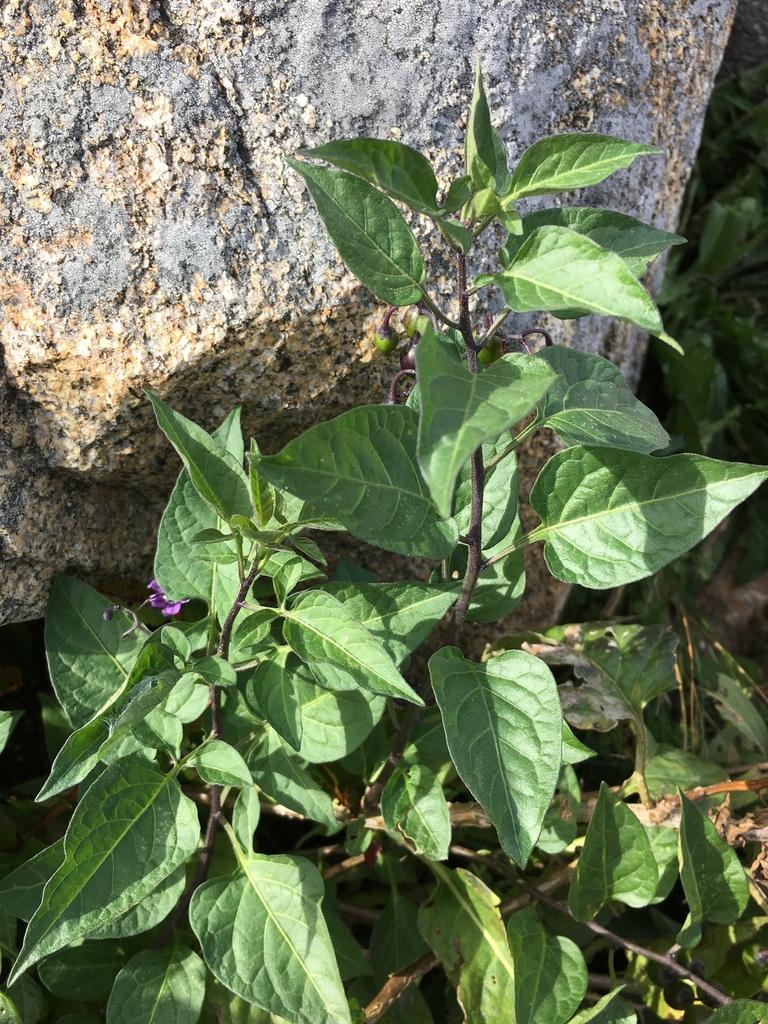
CC-BY-NC Janet Gingold
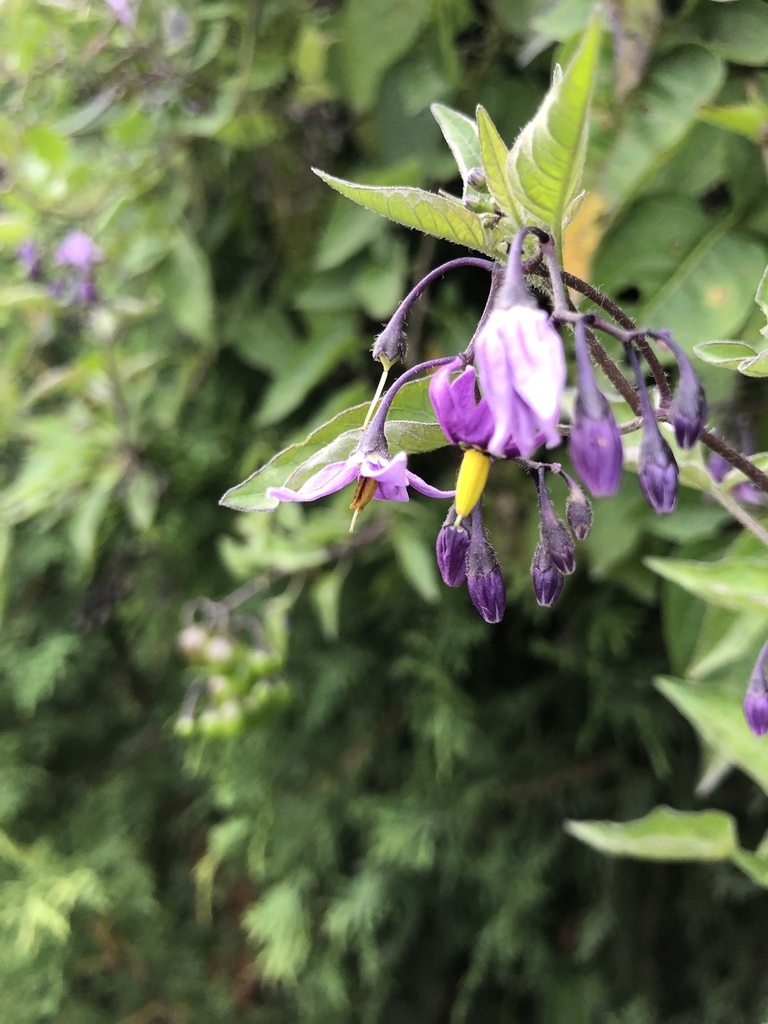
CC-BY-NC andyjadams
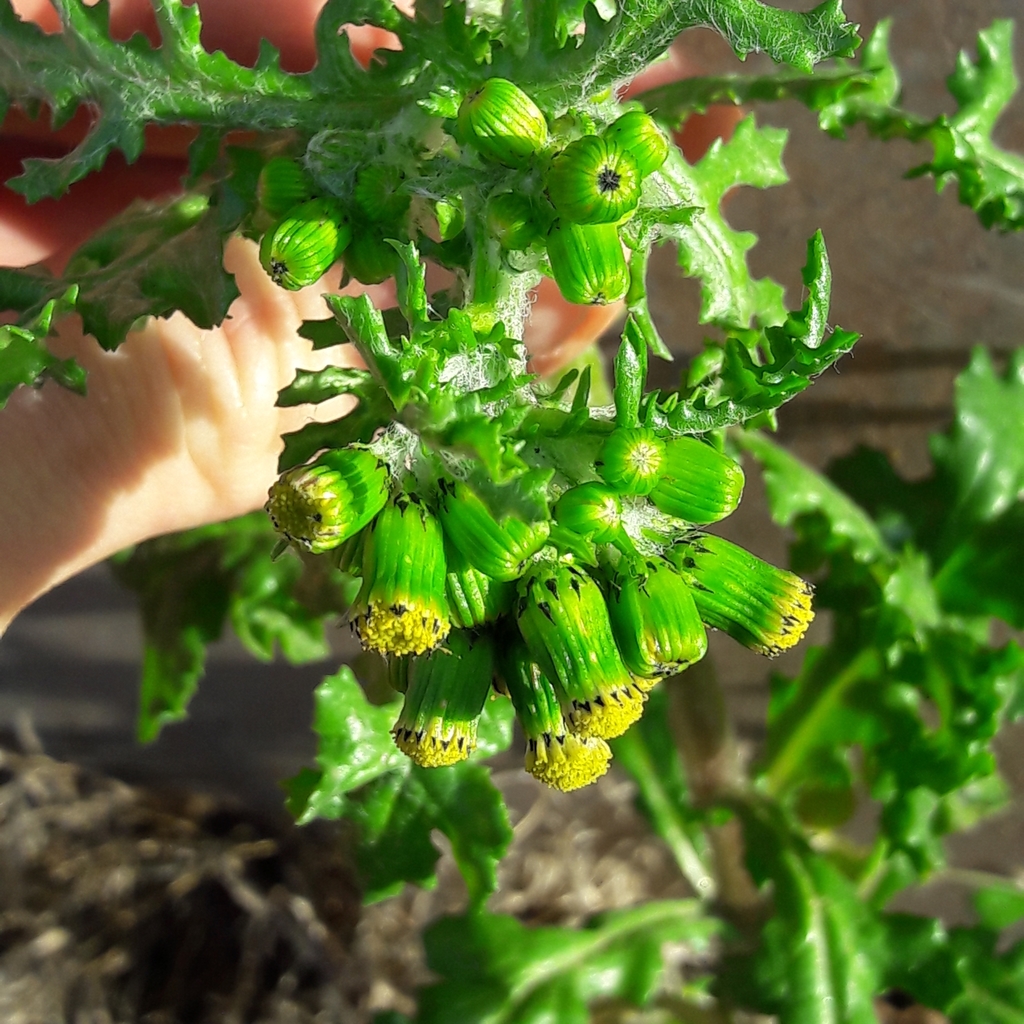
CC0 Damiano Oldoni
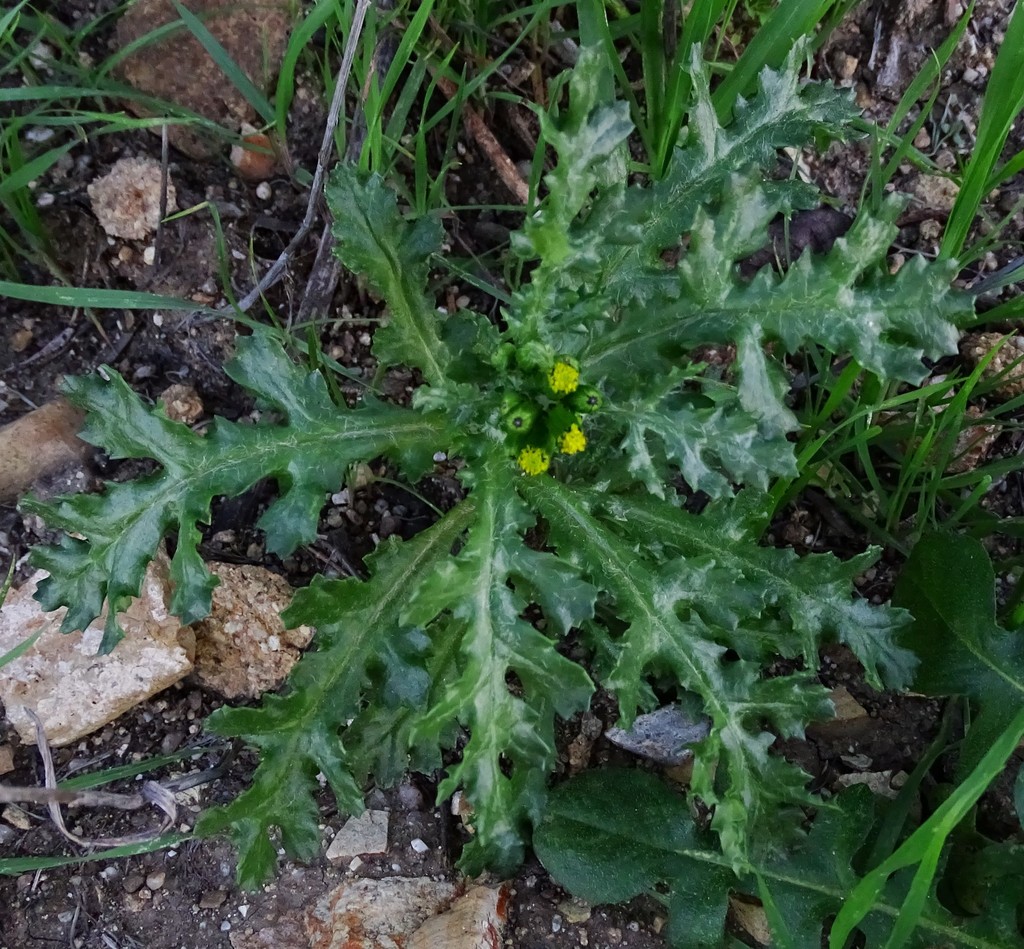
CC0 Jesse Rorabaugh
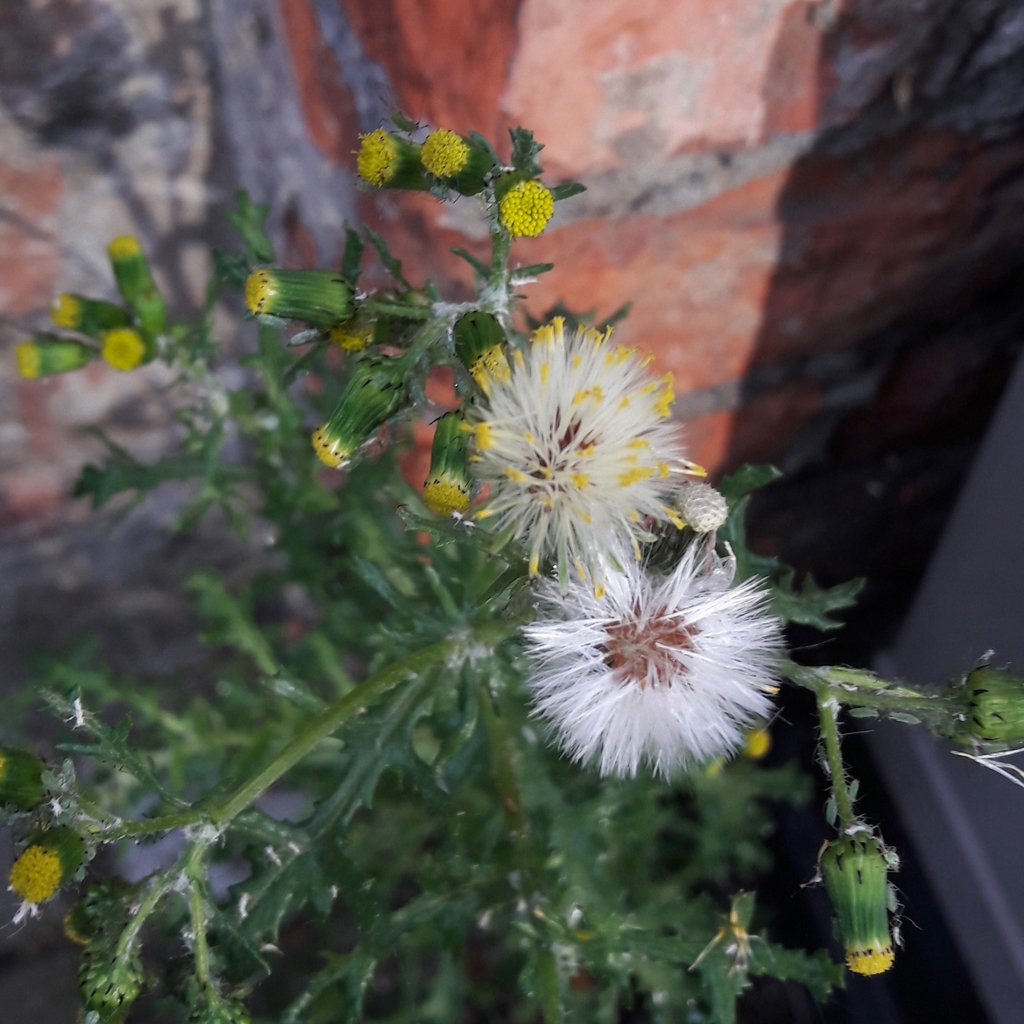
CC0 Damiano Oldoni
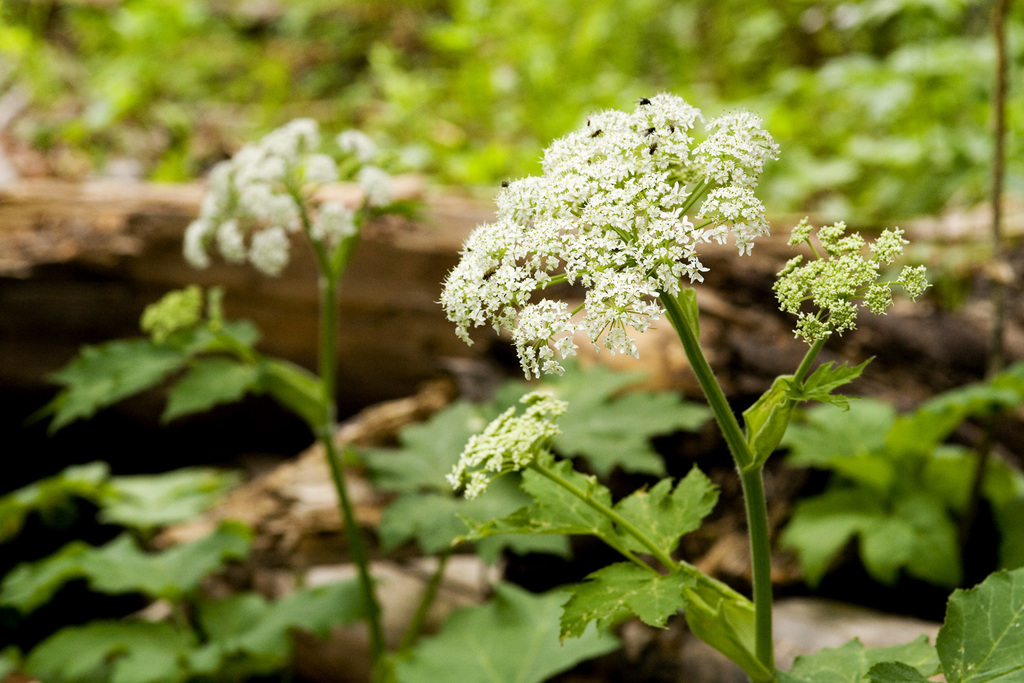
CC0 Patrick Alexander
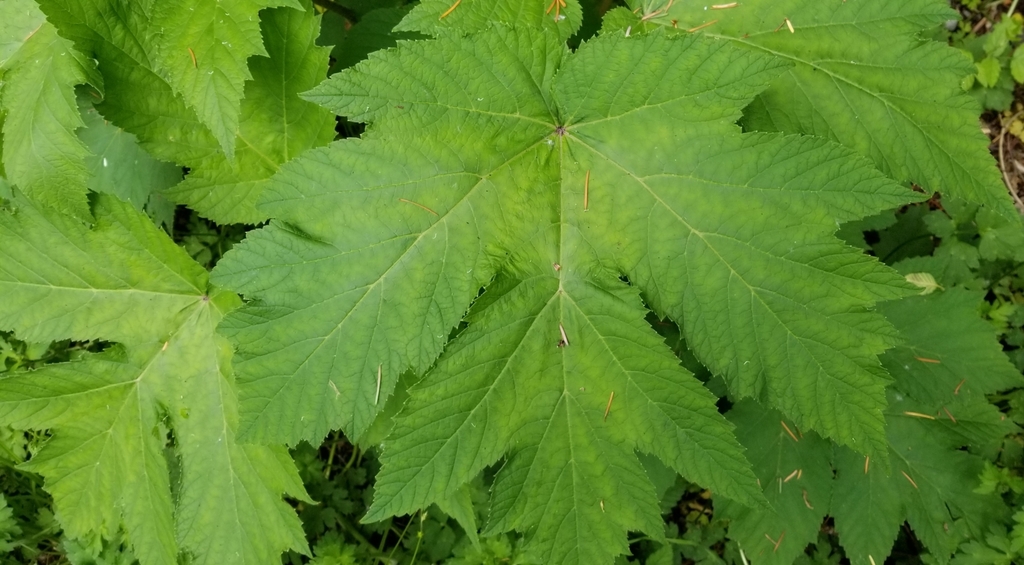
CC0 Corinne Young Helmer
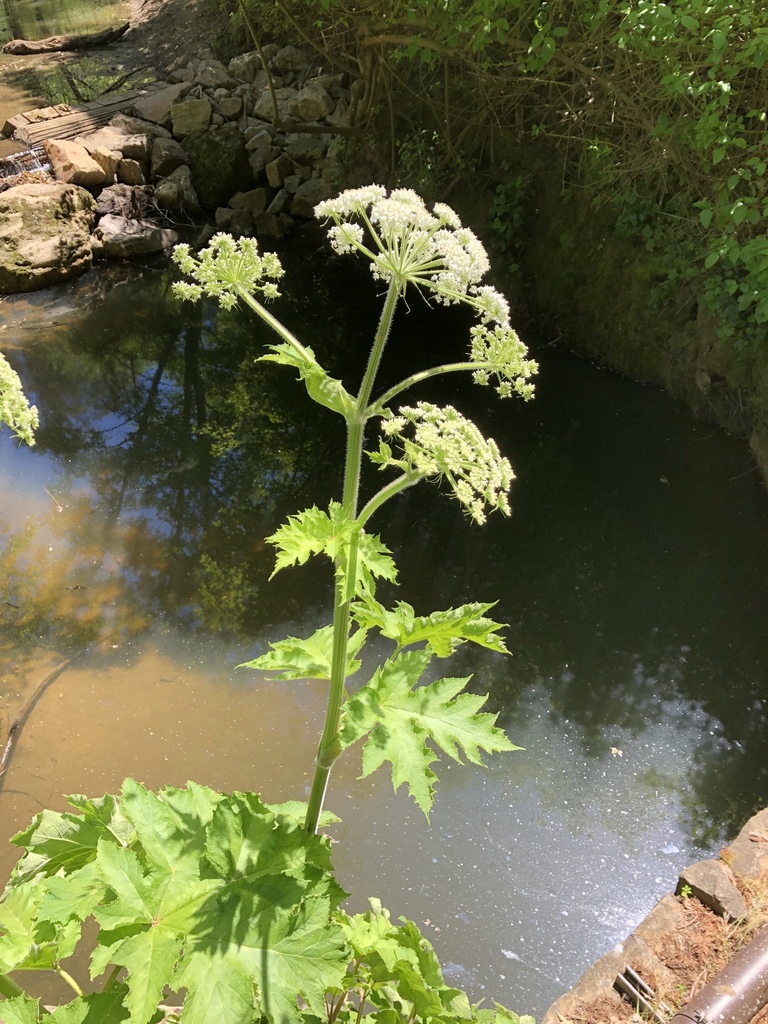
CC0 Al Kordesch
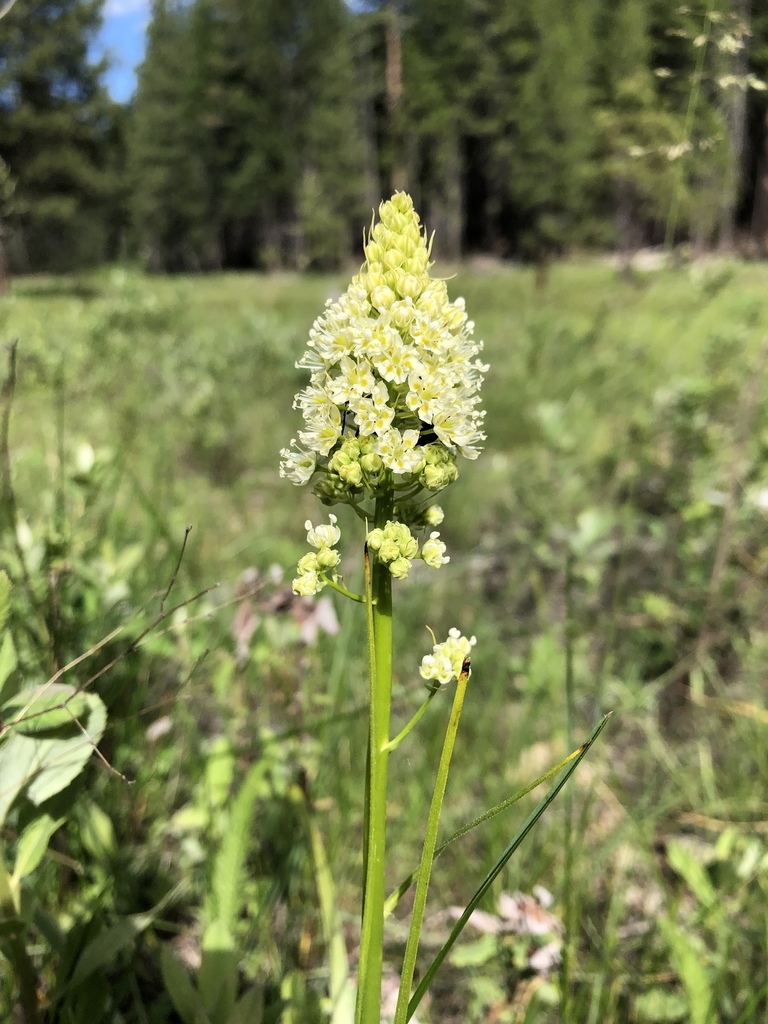
CC0 Morgan Stickrod
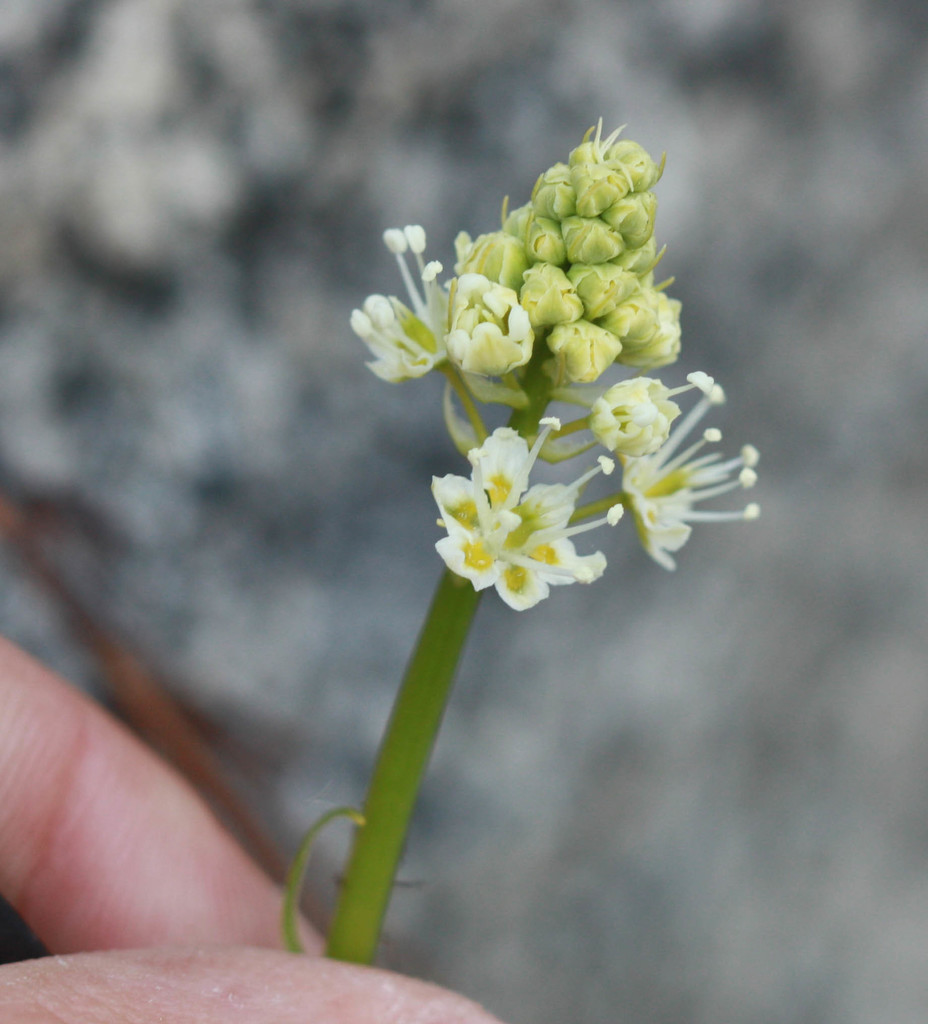
CC0 Scott Loarie
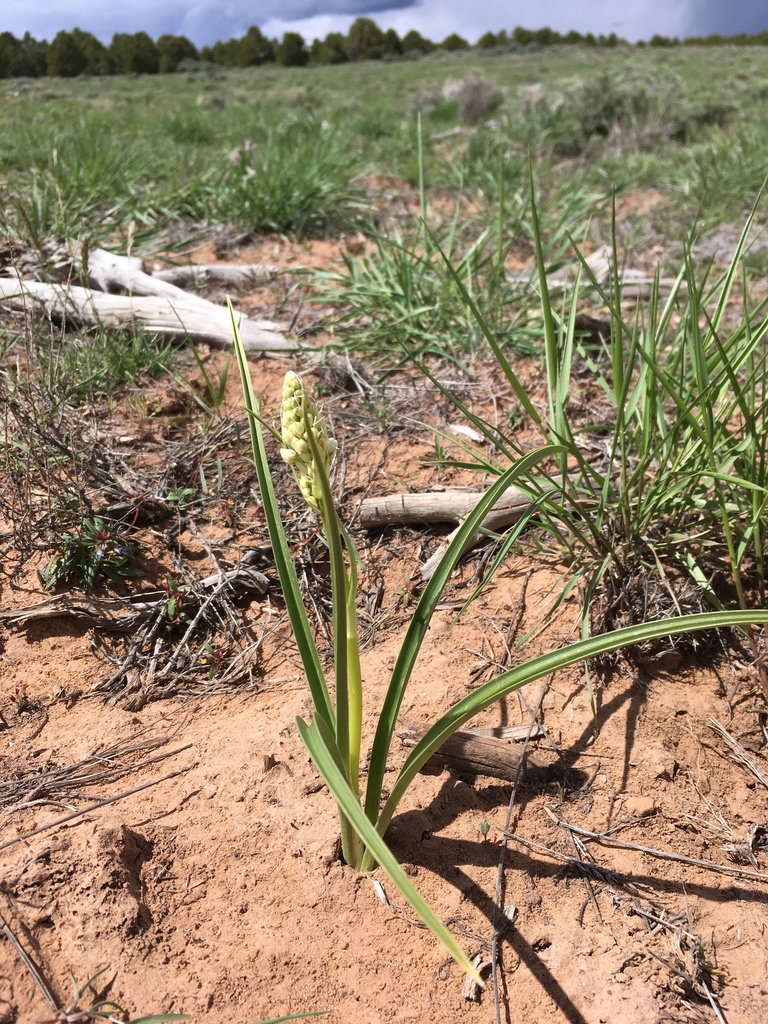
CC0 Patrick Alexander
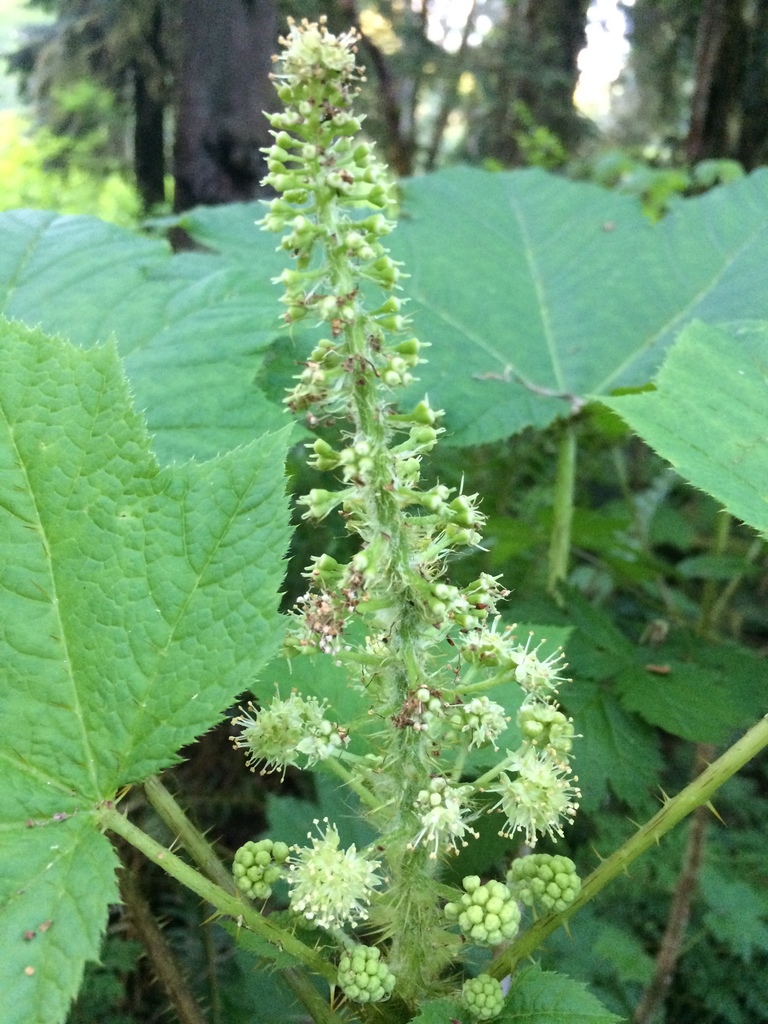
CC0 Jeffrey Lee
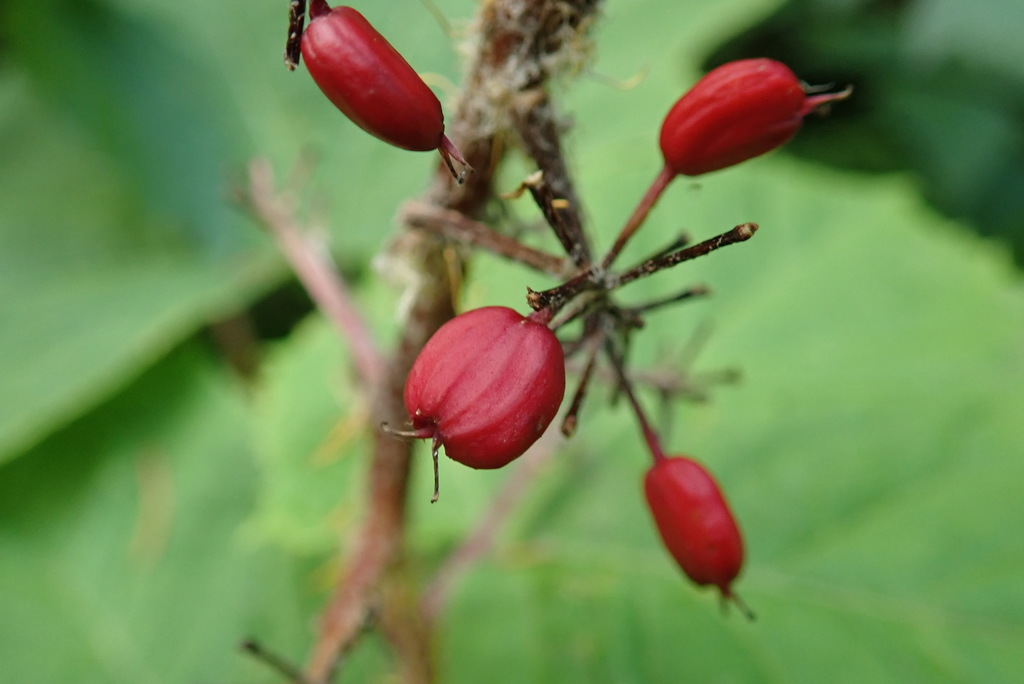
CC0 rambryum
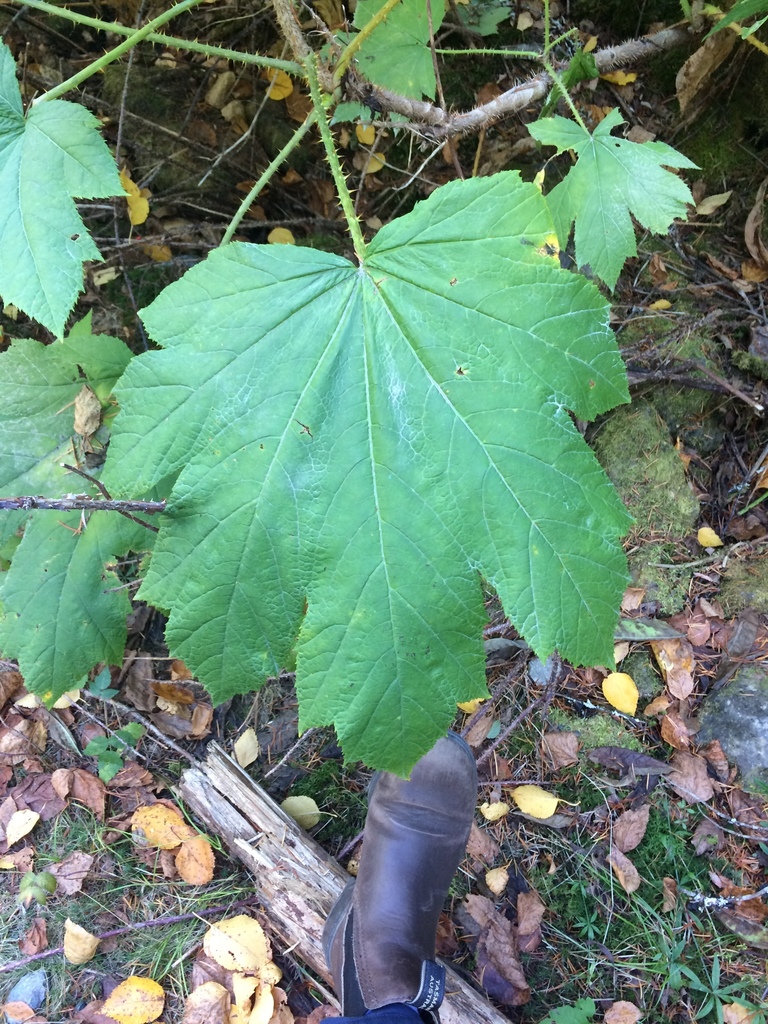
CC0 zoedavis
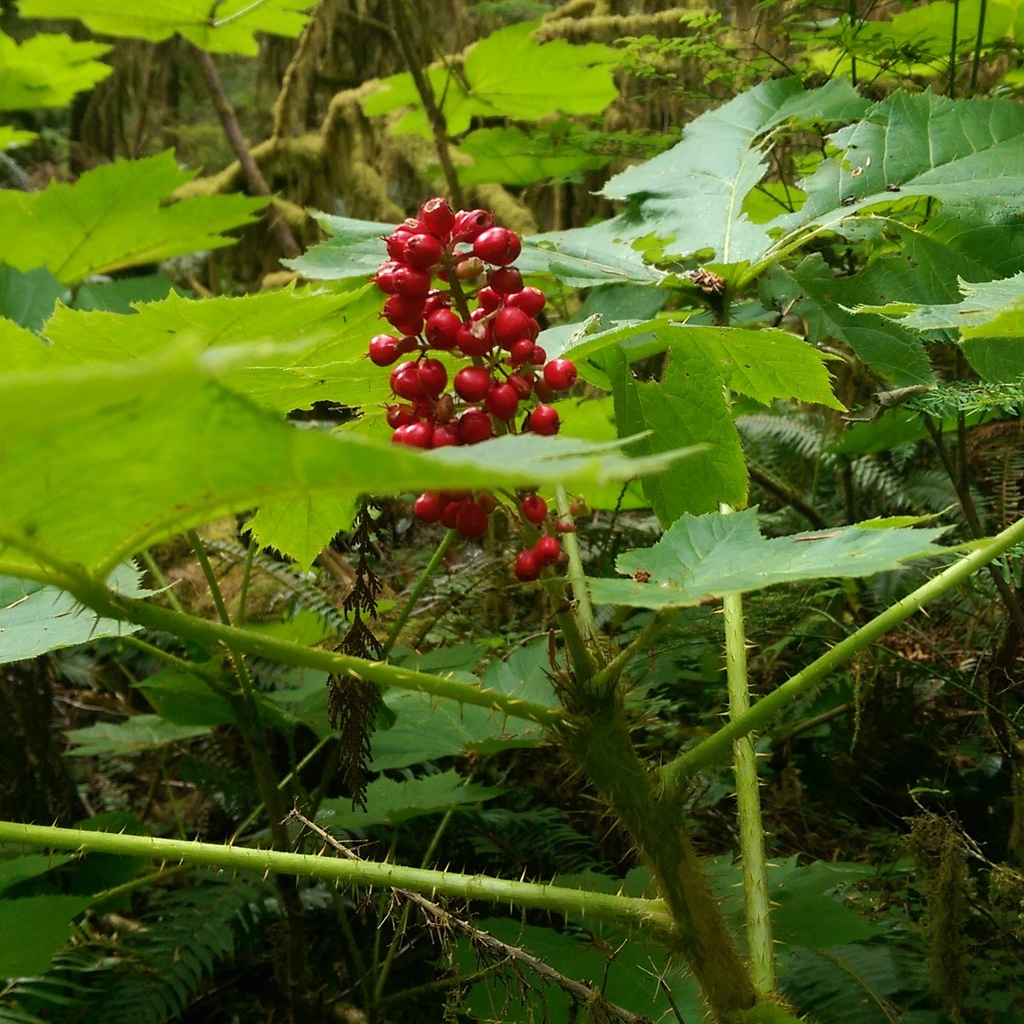
CC0 Lee Ayres
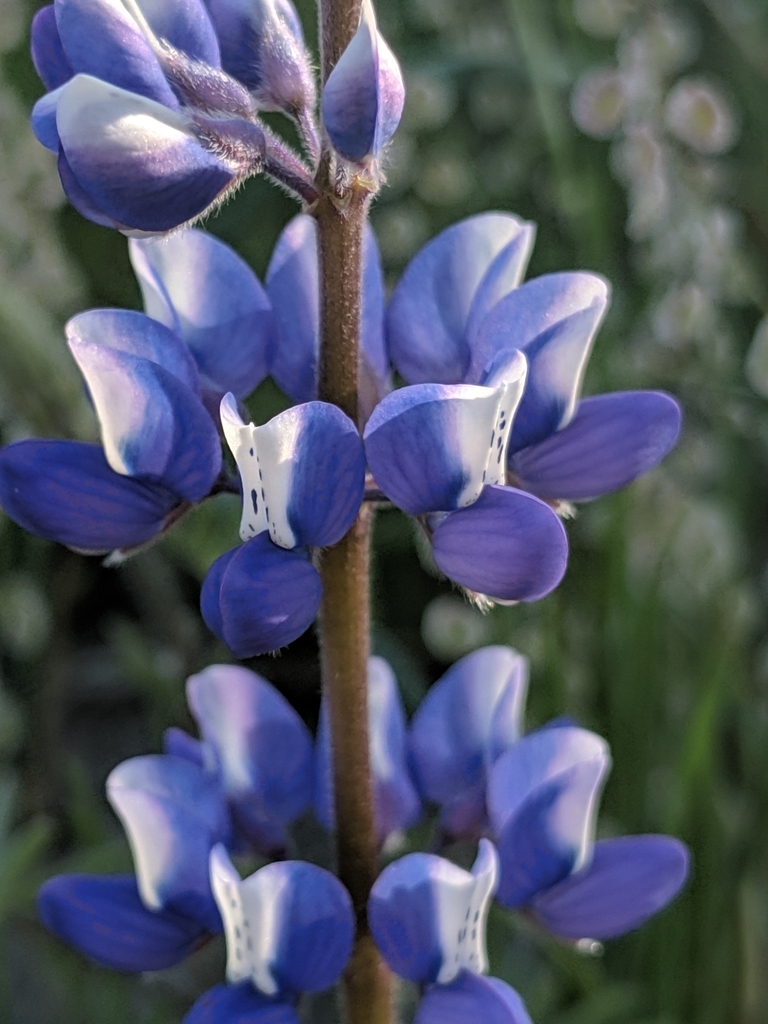
CC0 Al Hayman
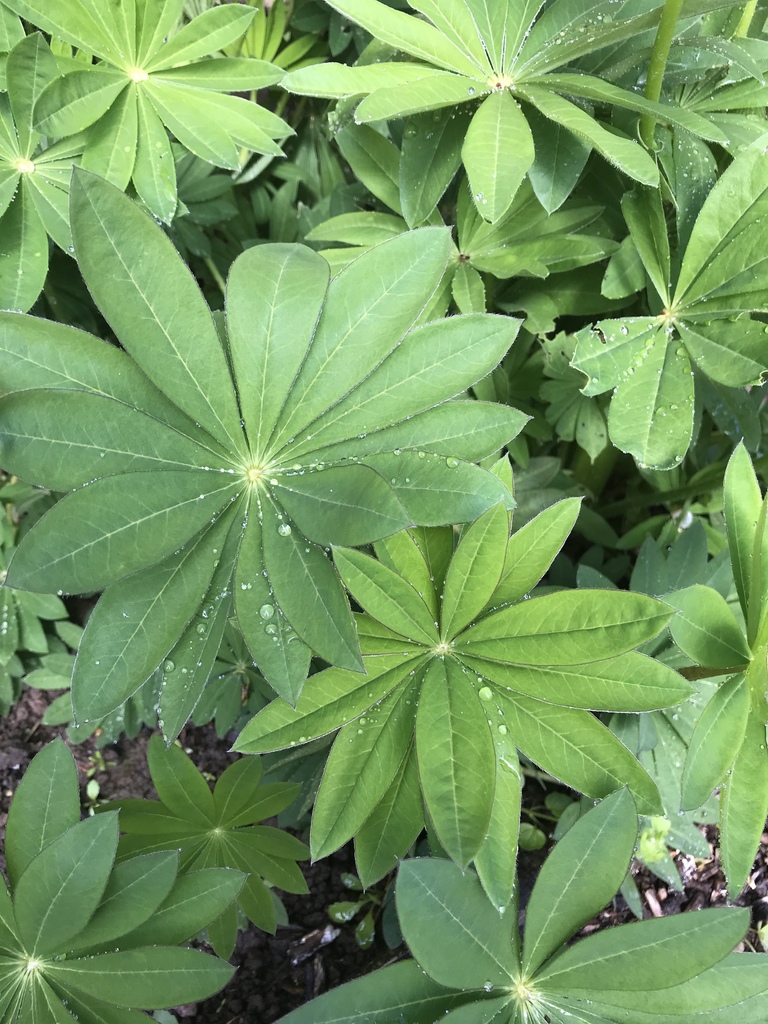
CC0 nagyrudi1
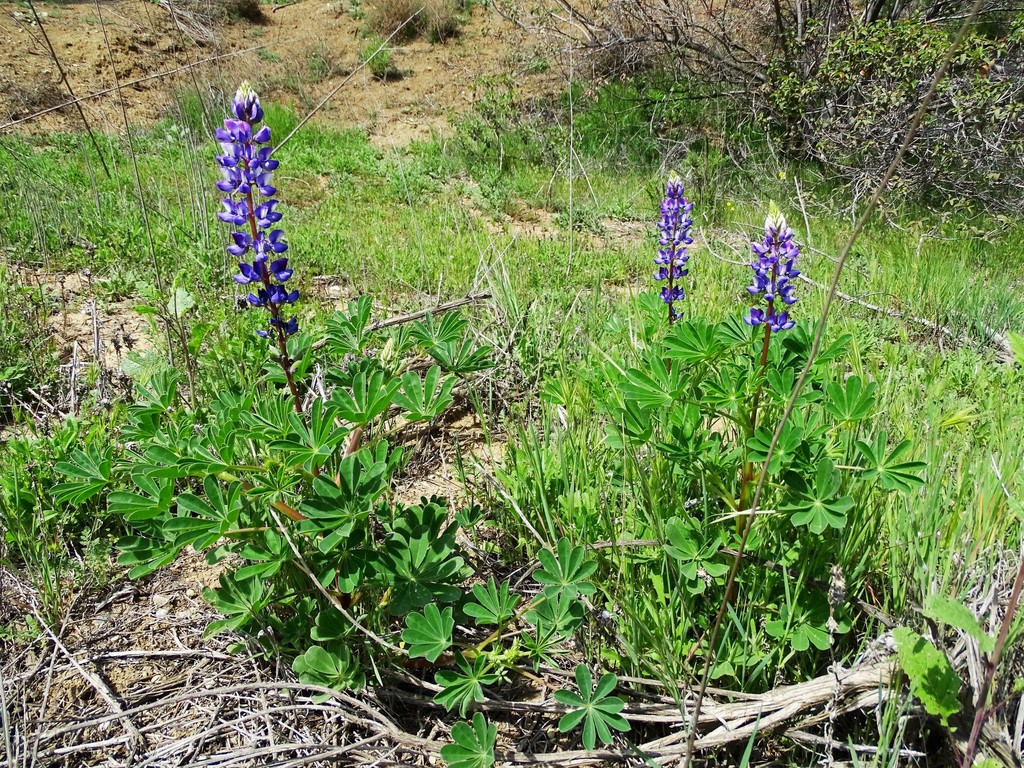
CC0 Jesse Rorabaugh
